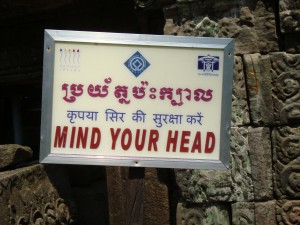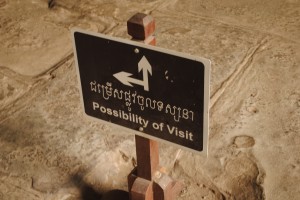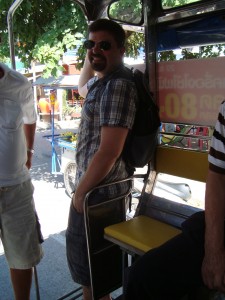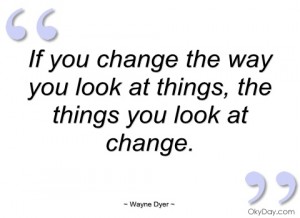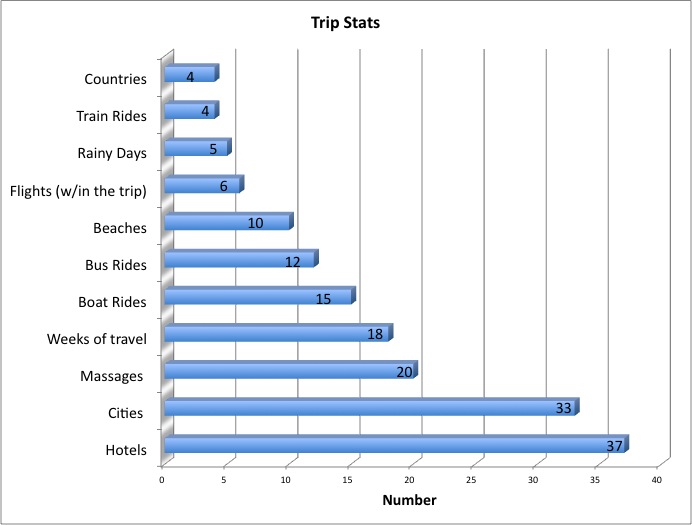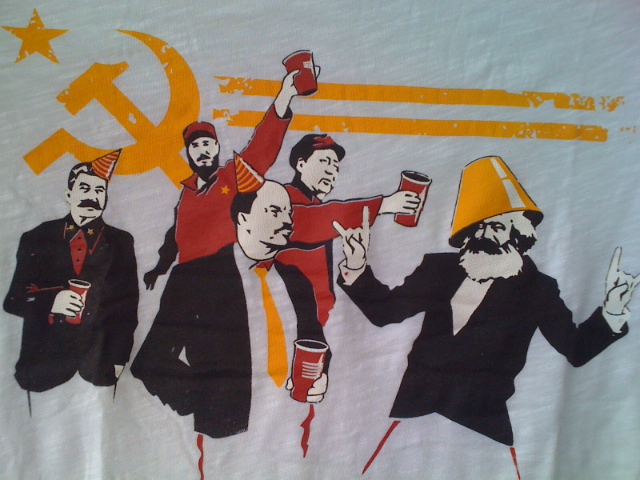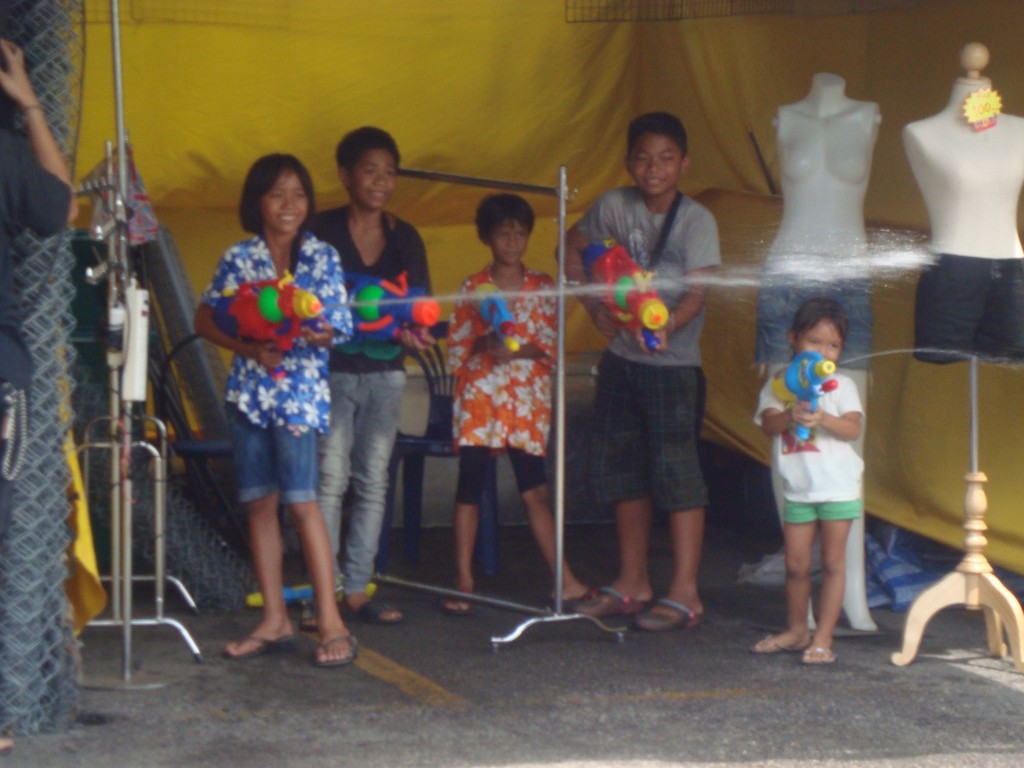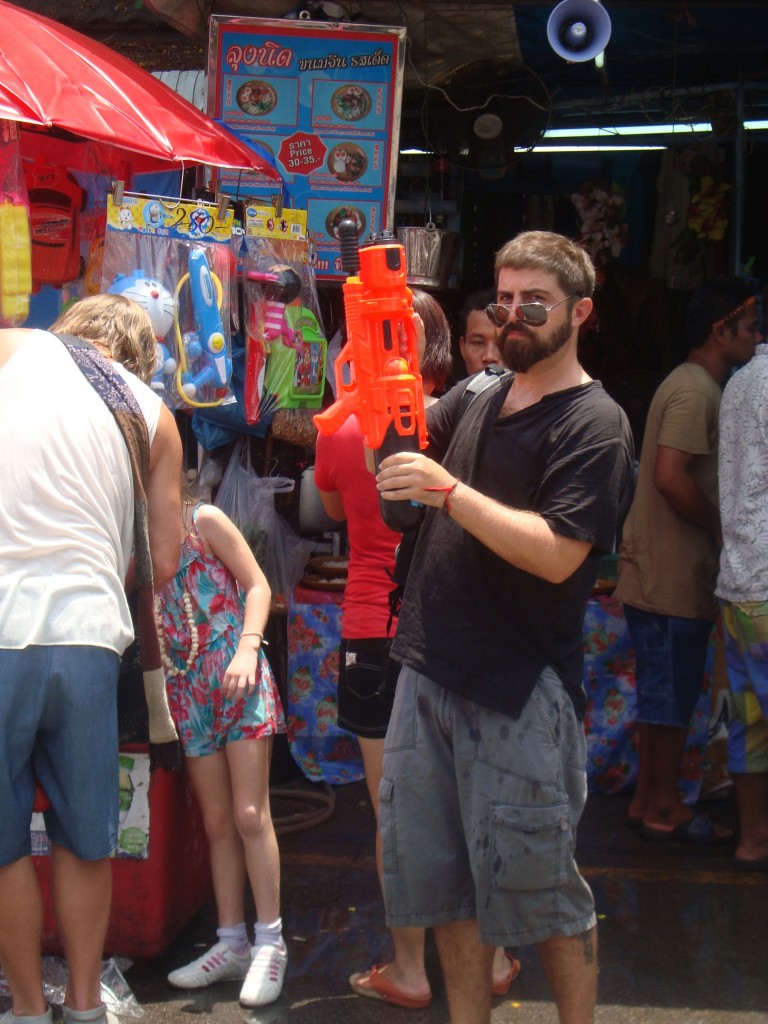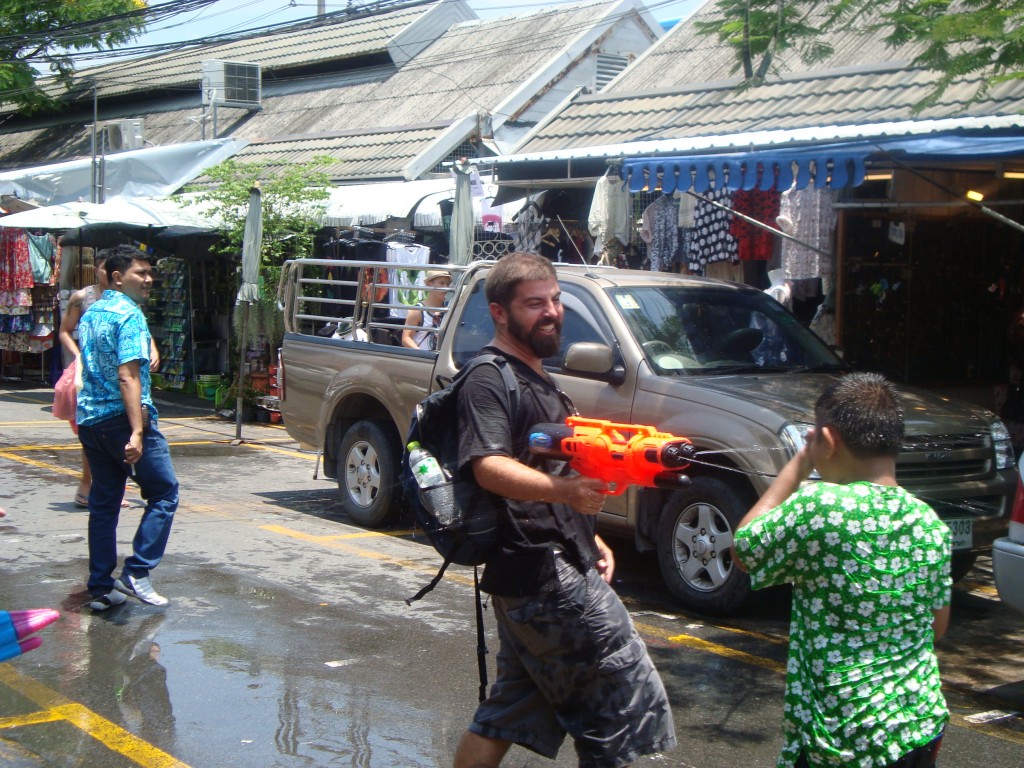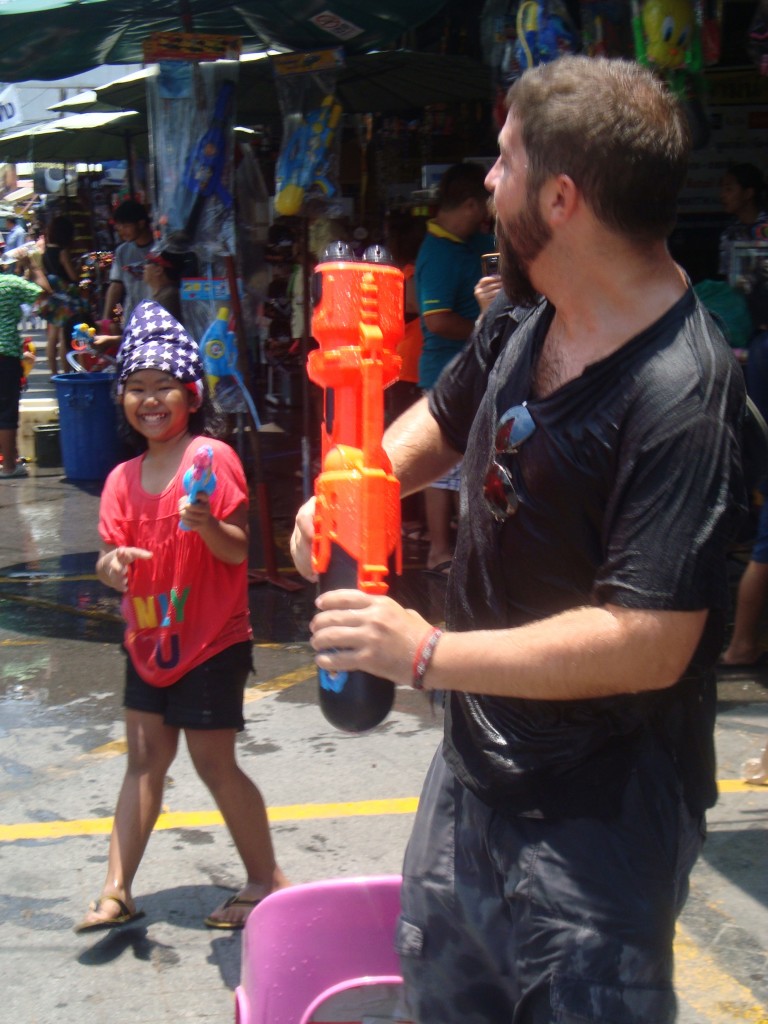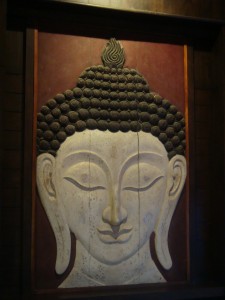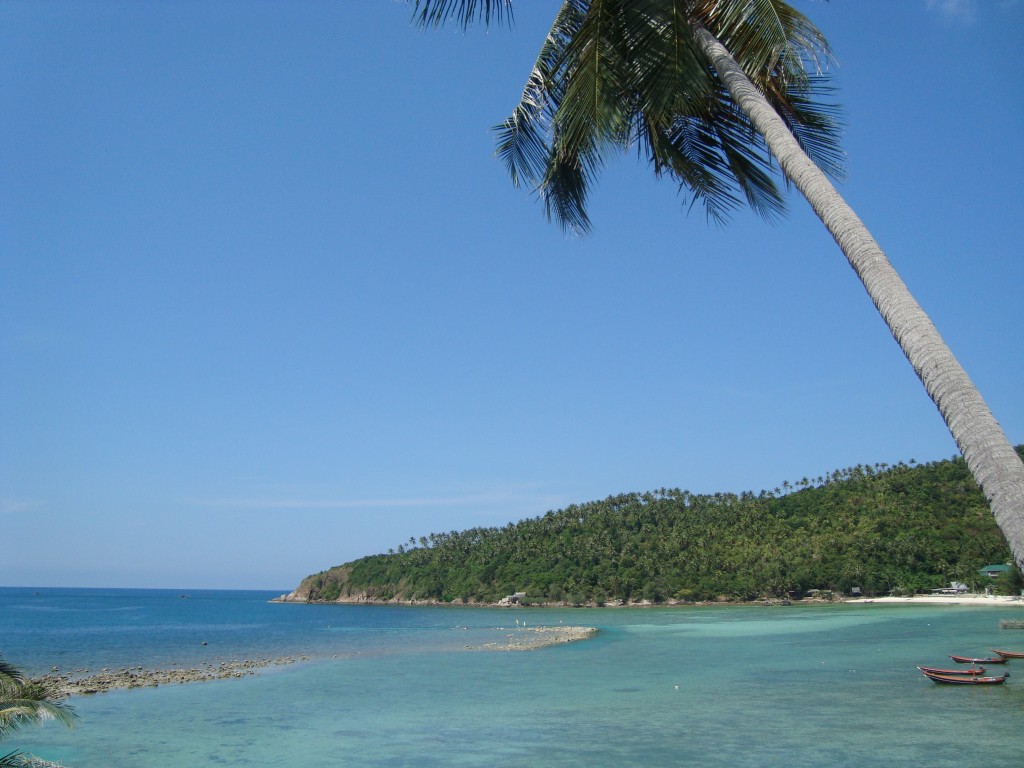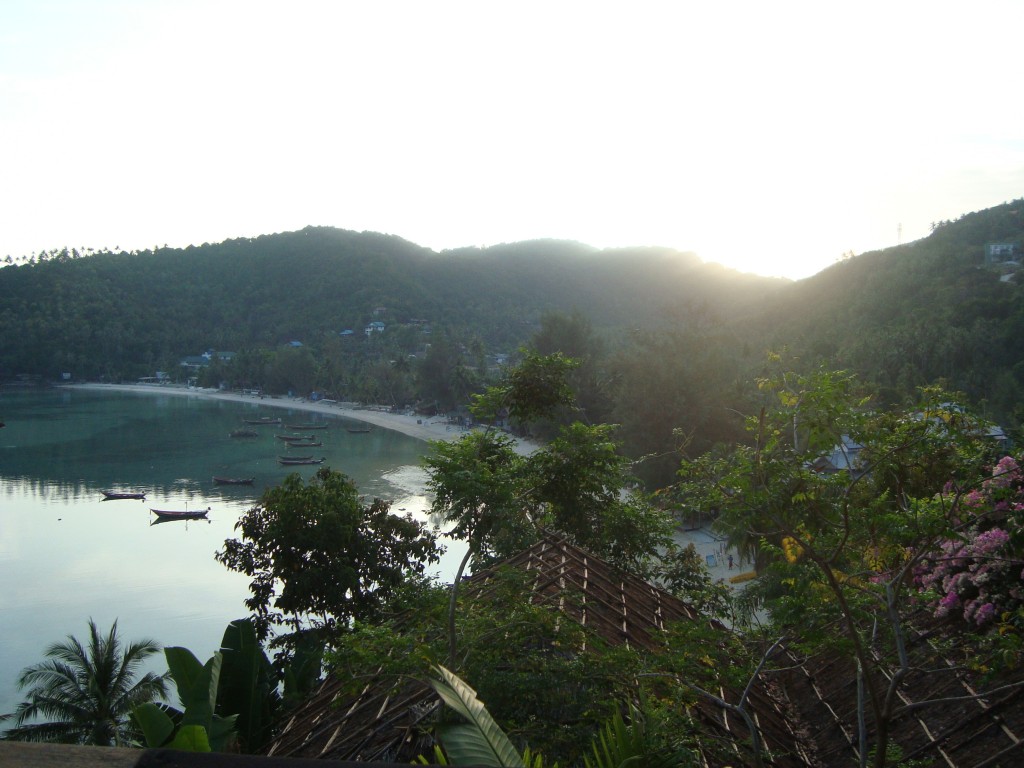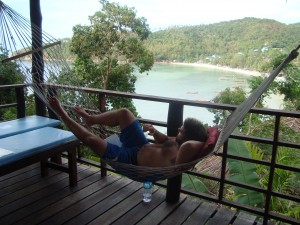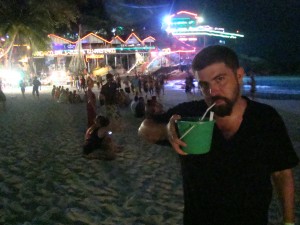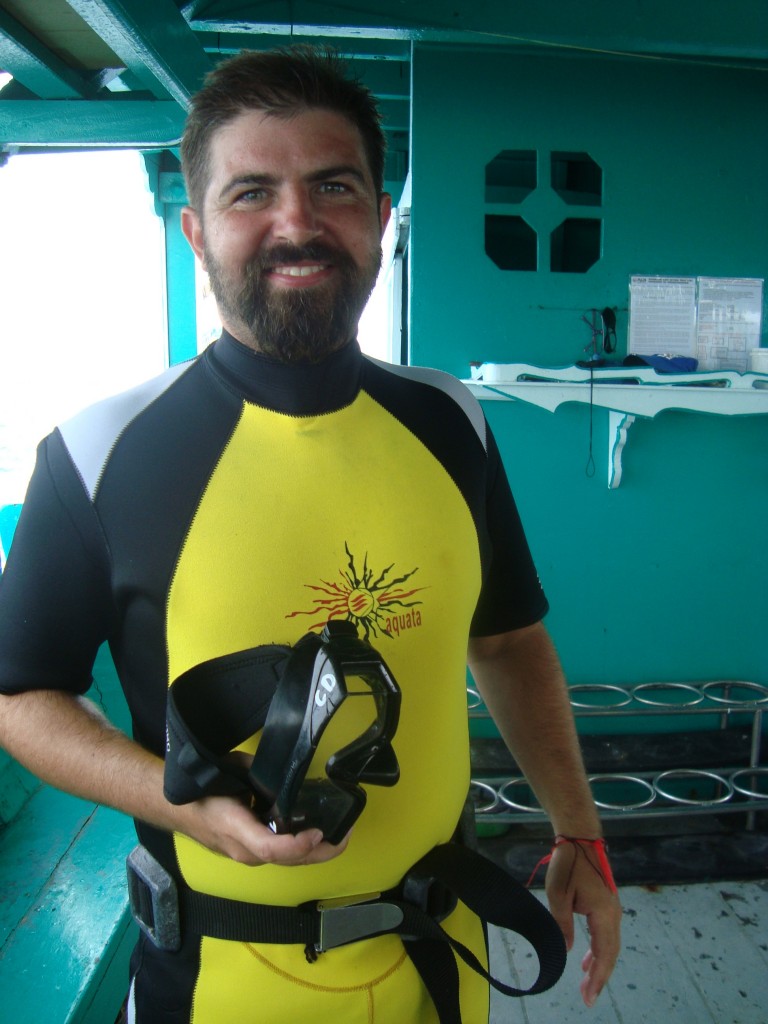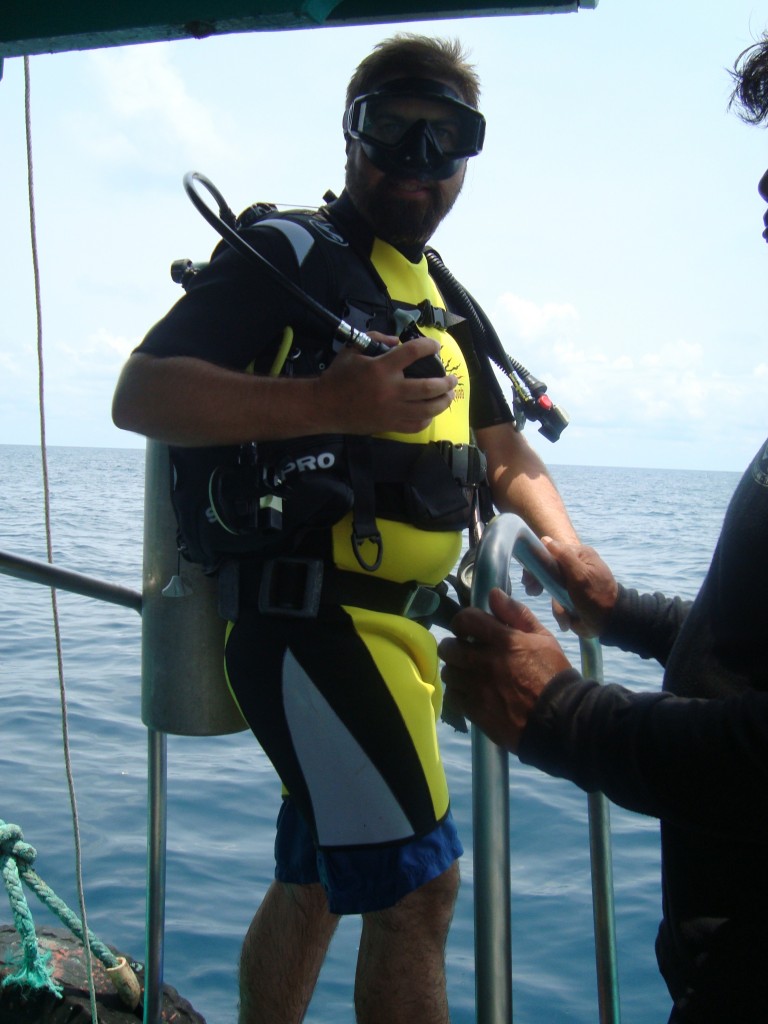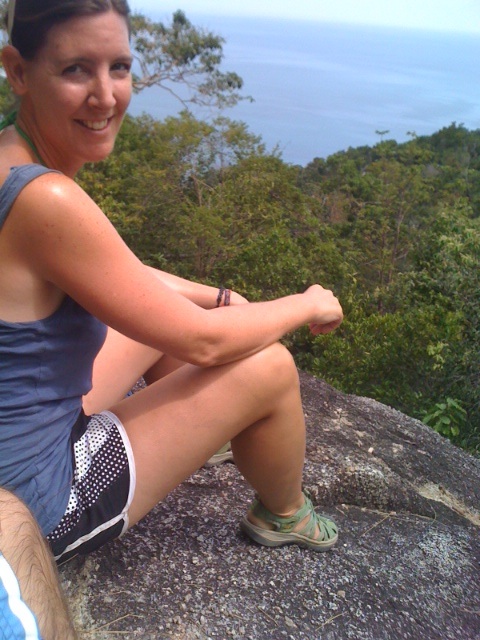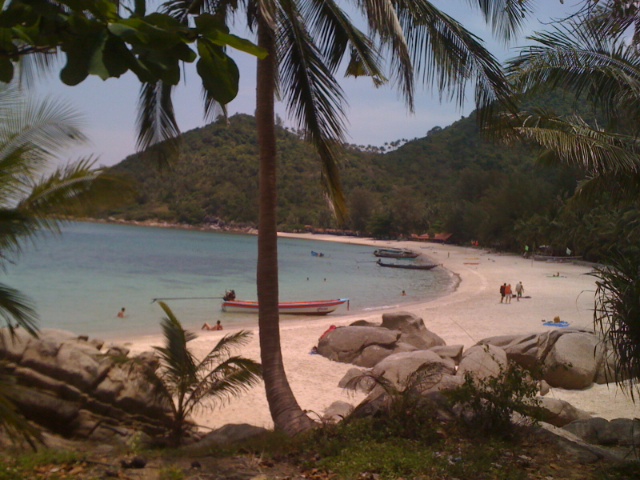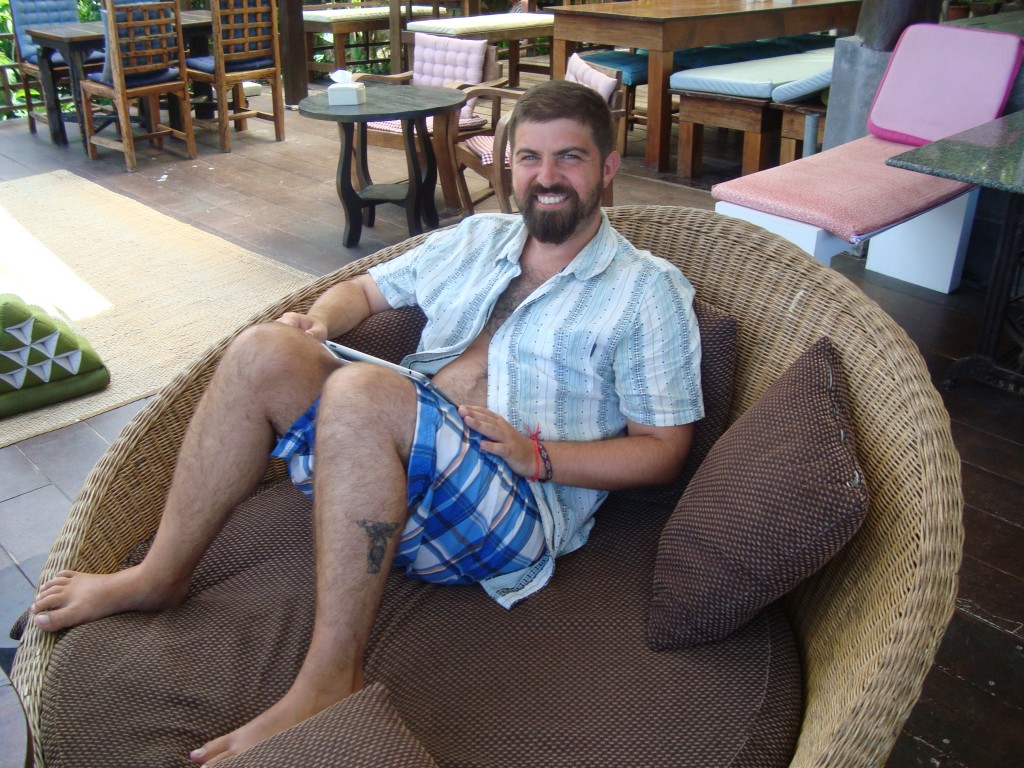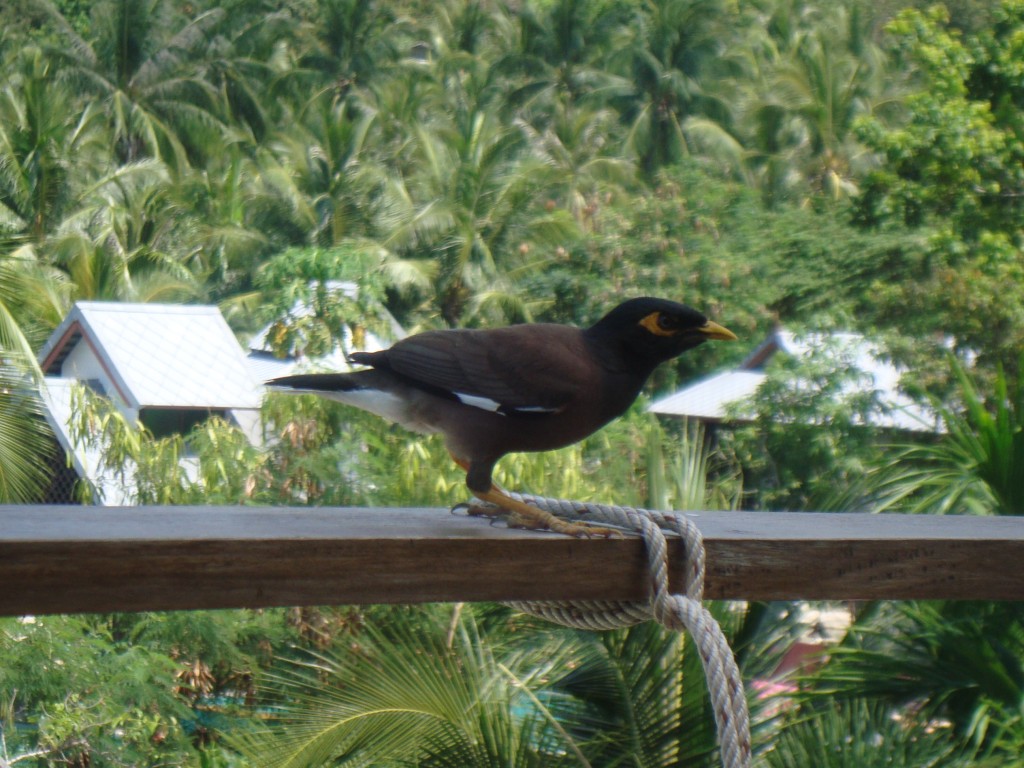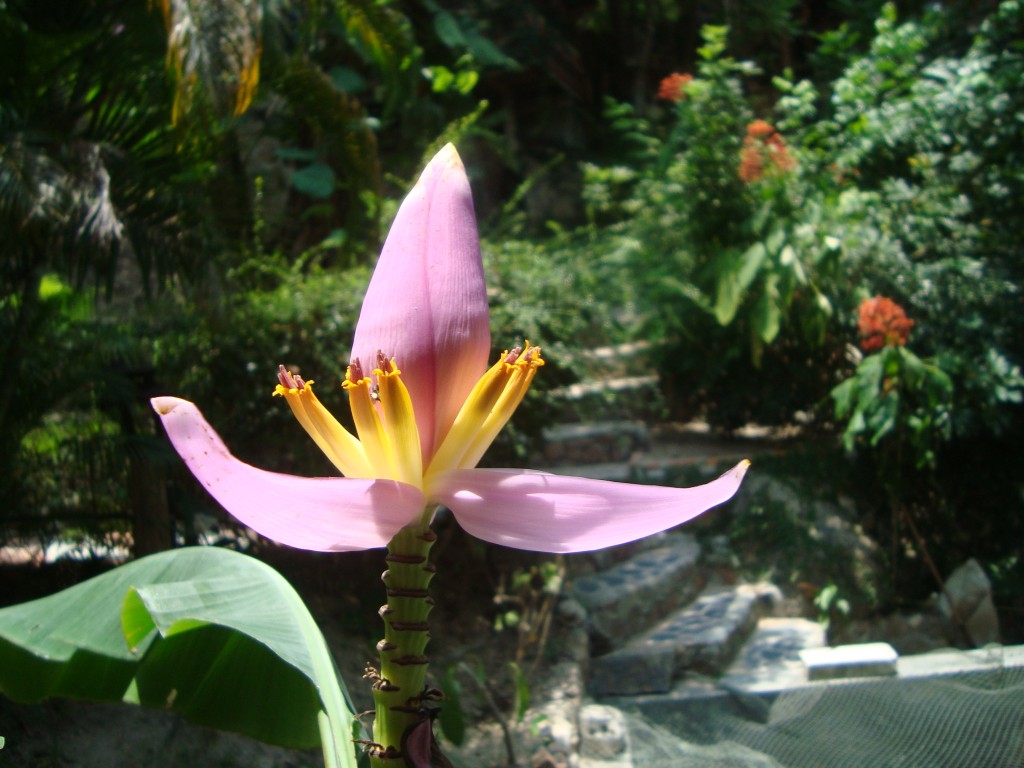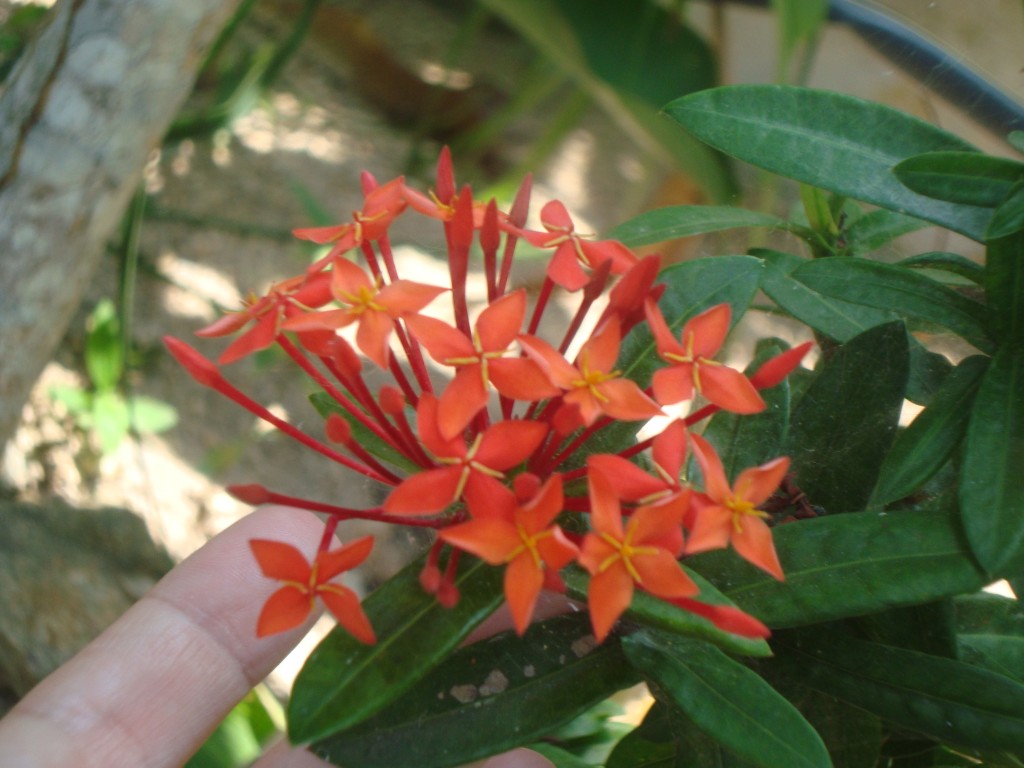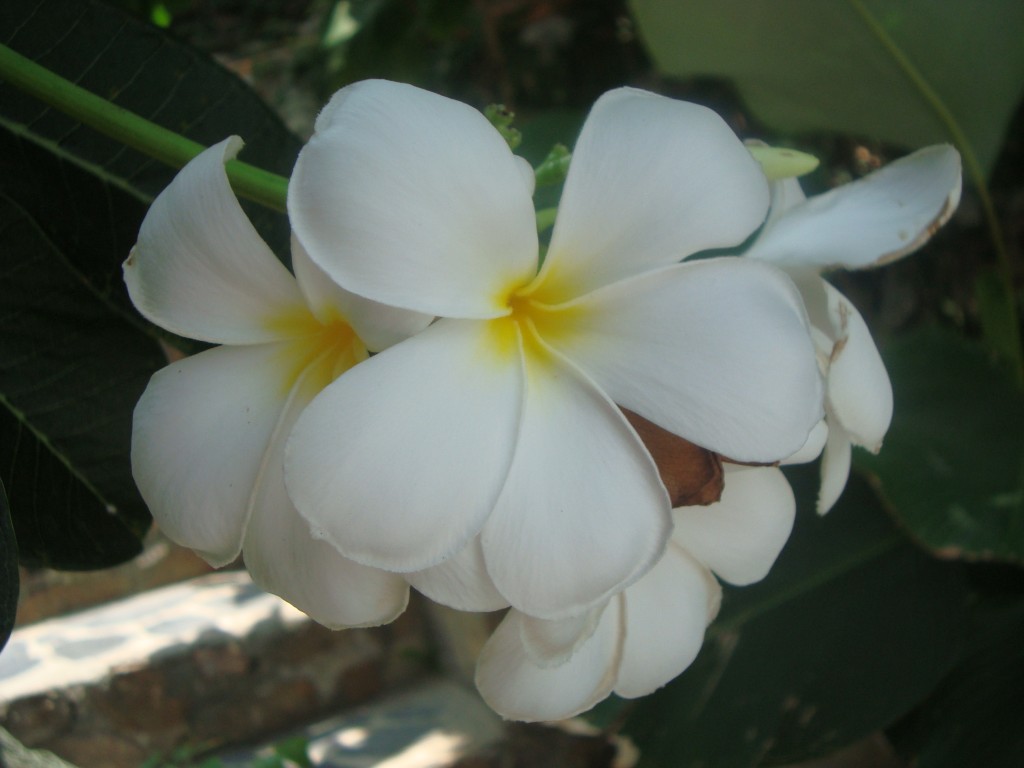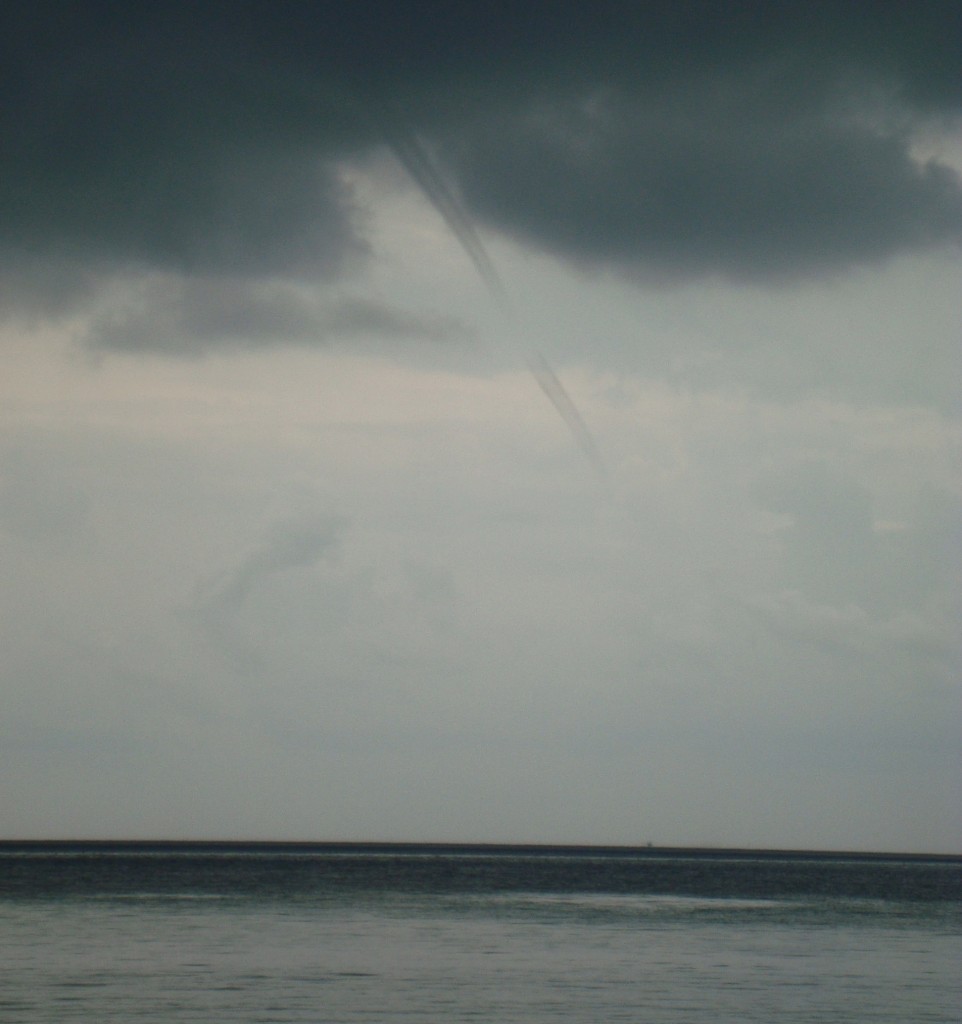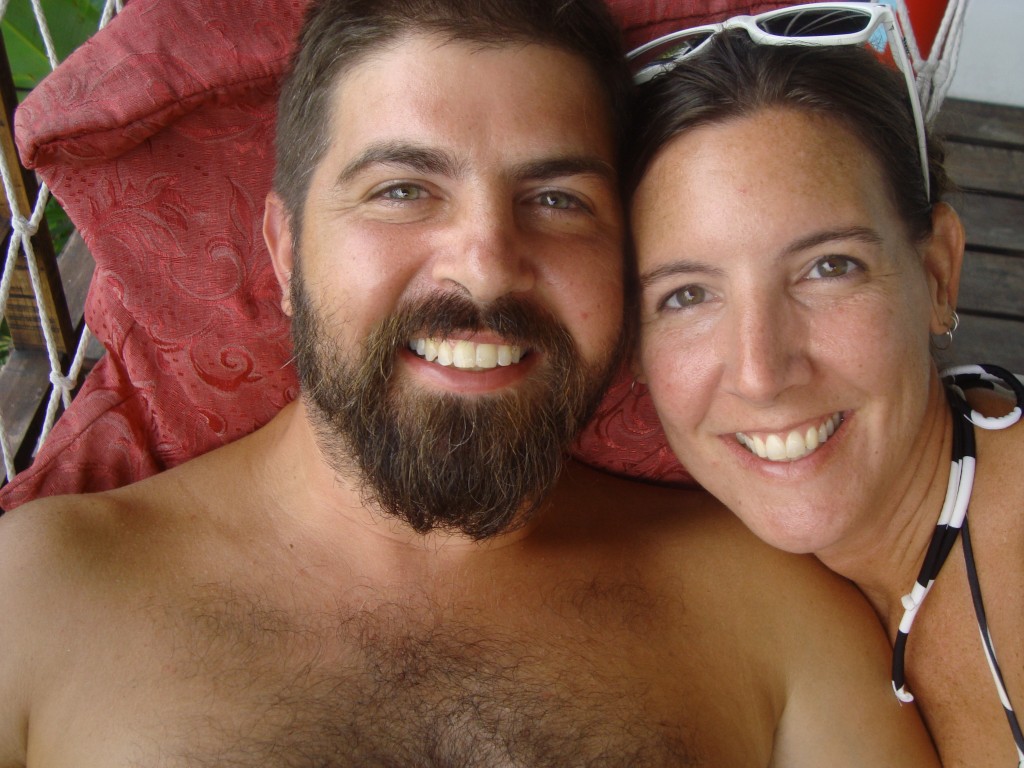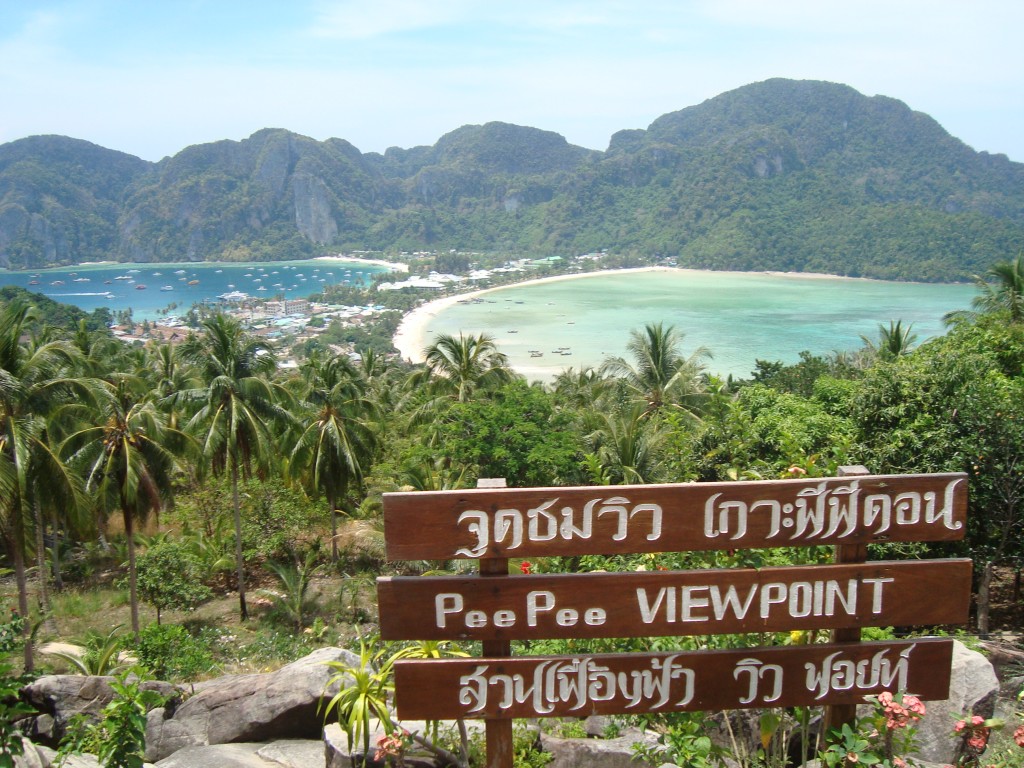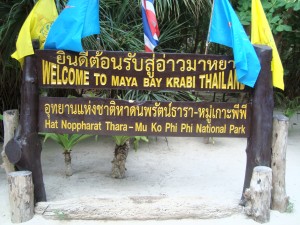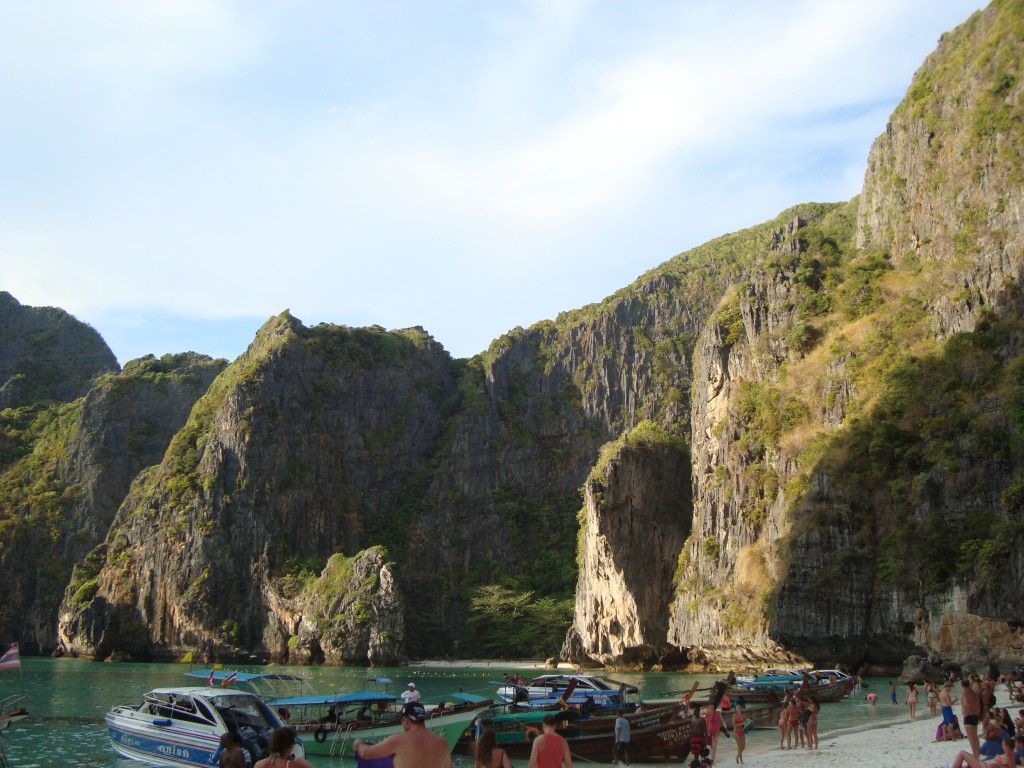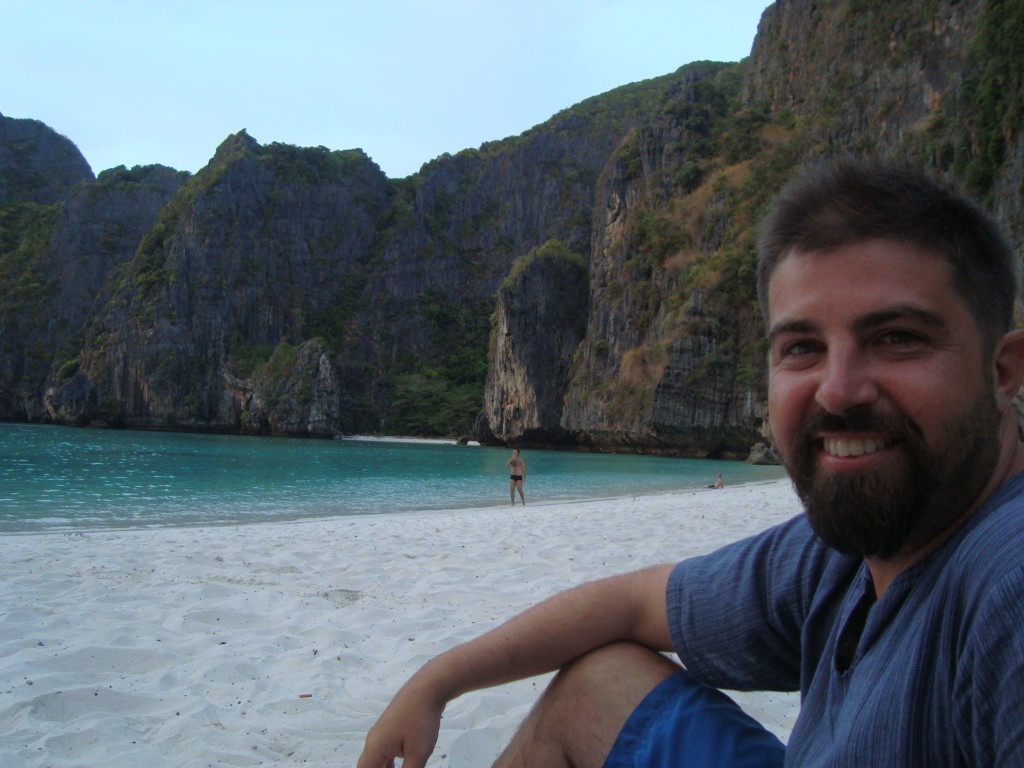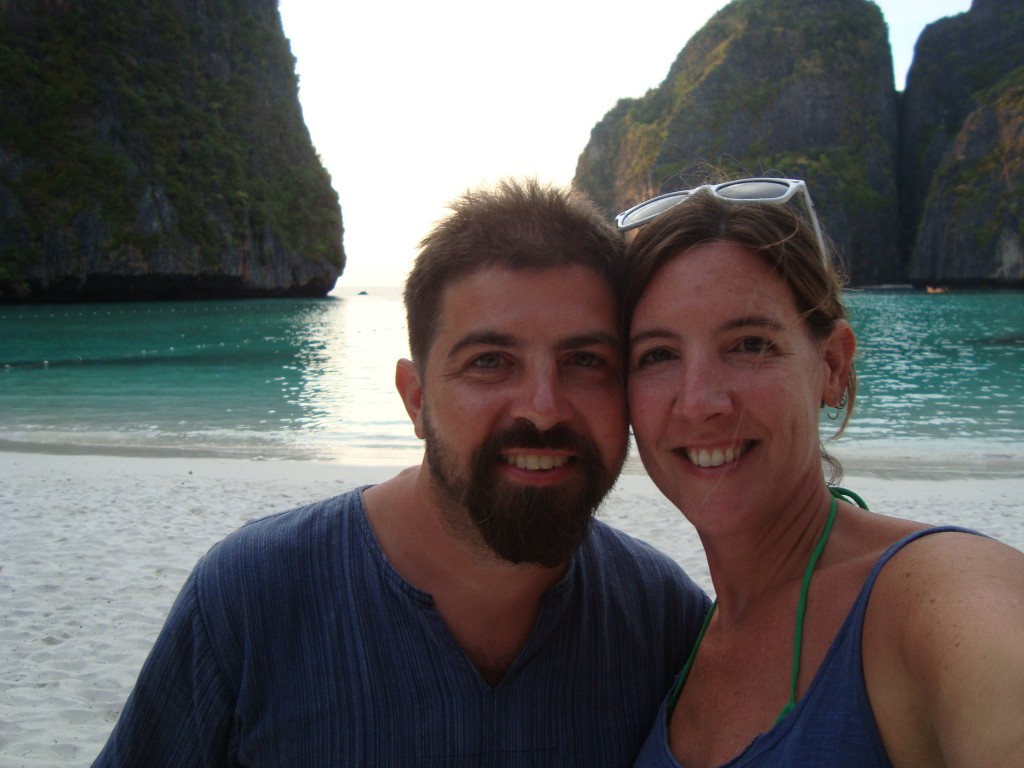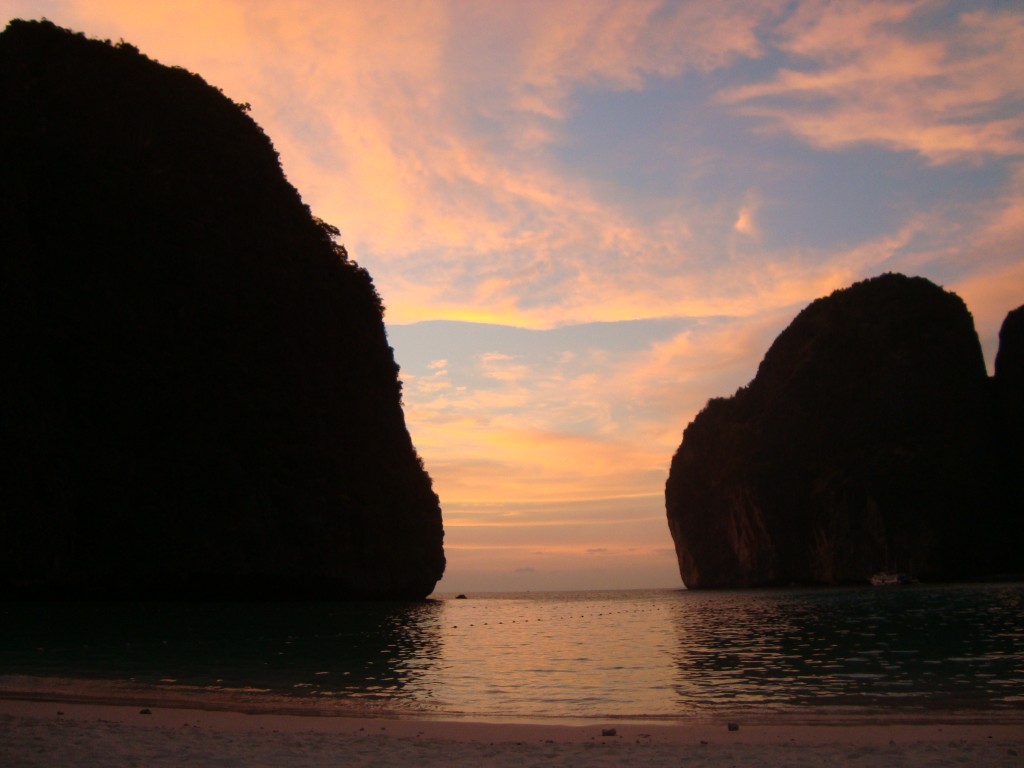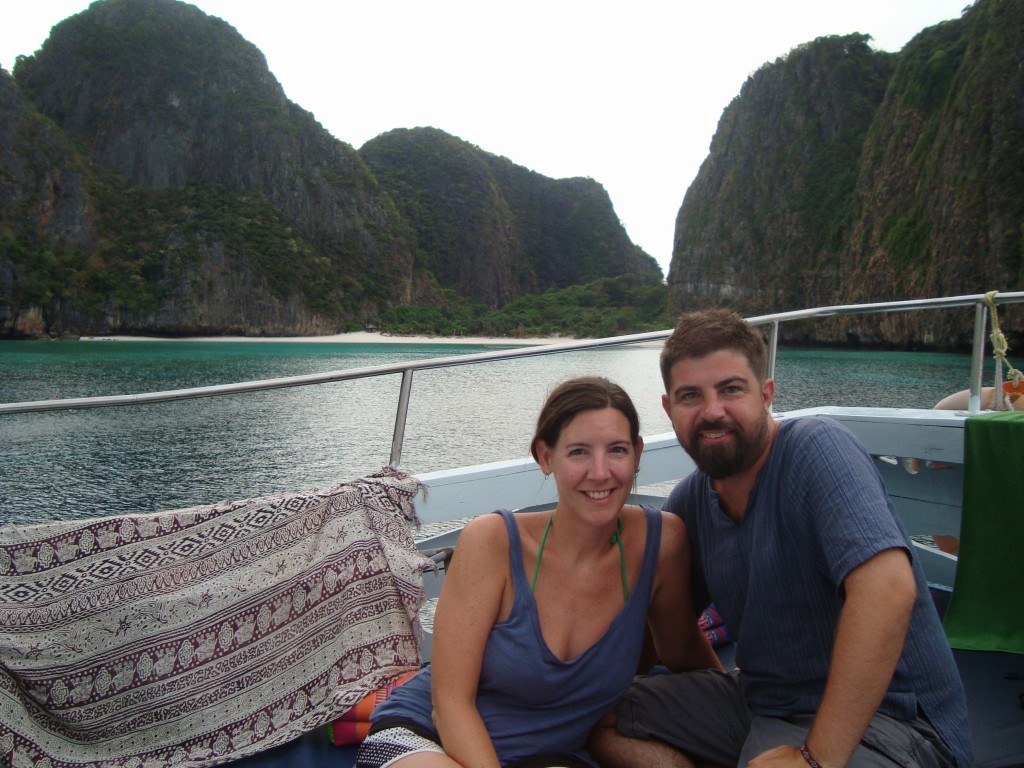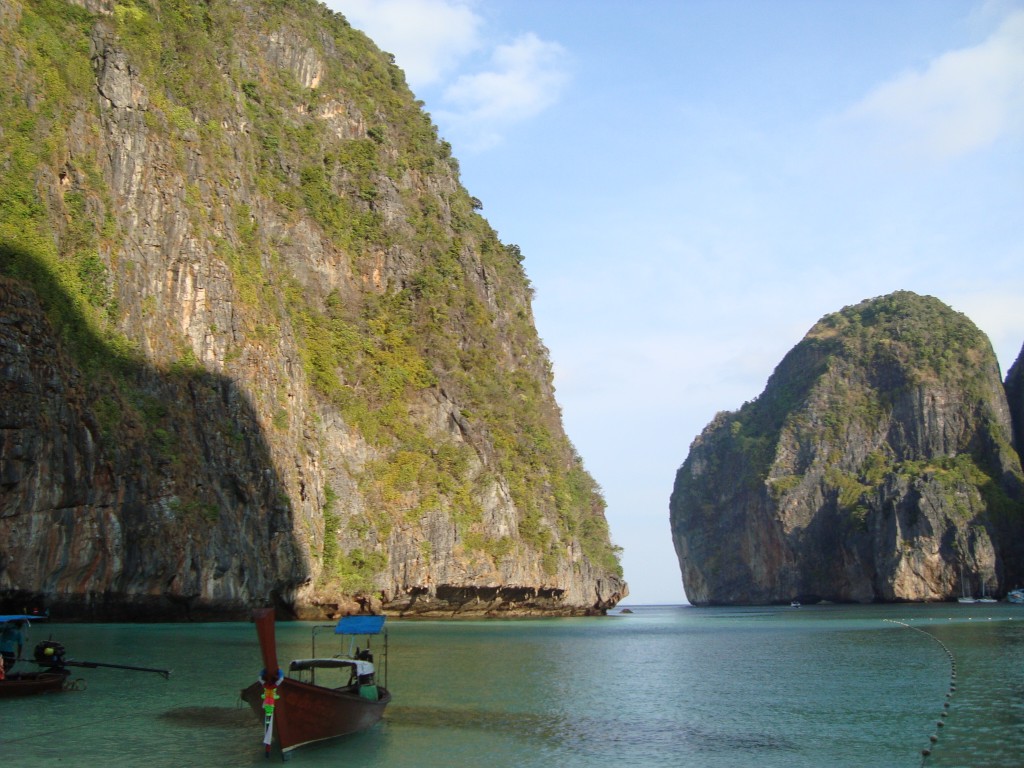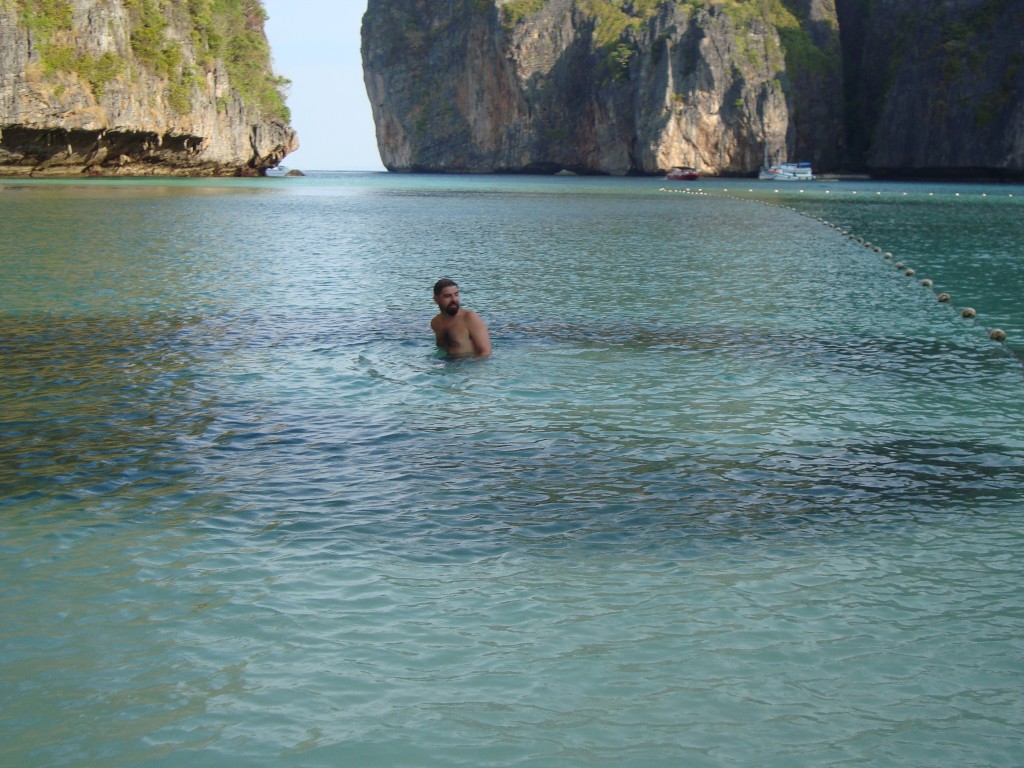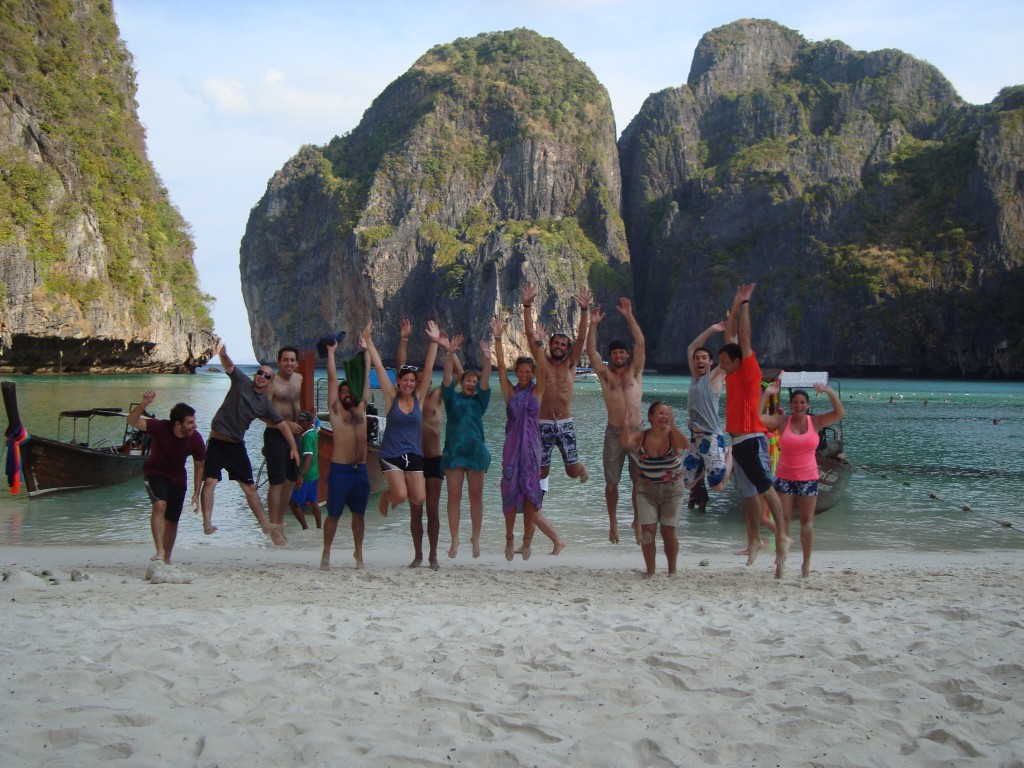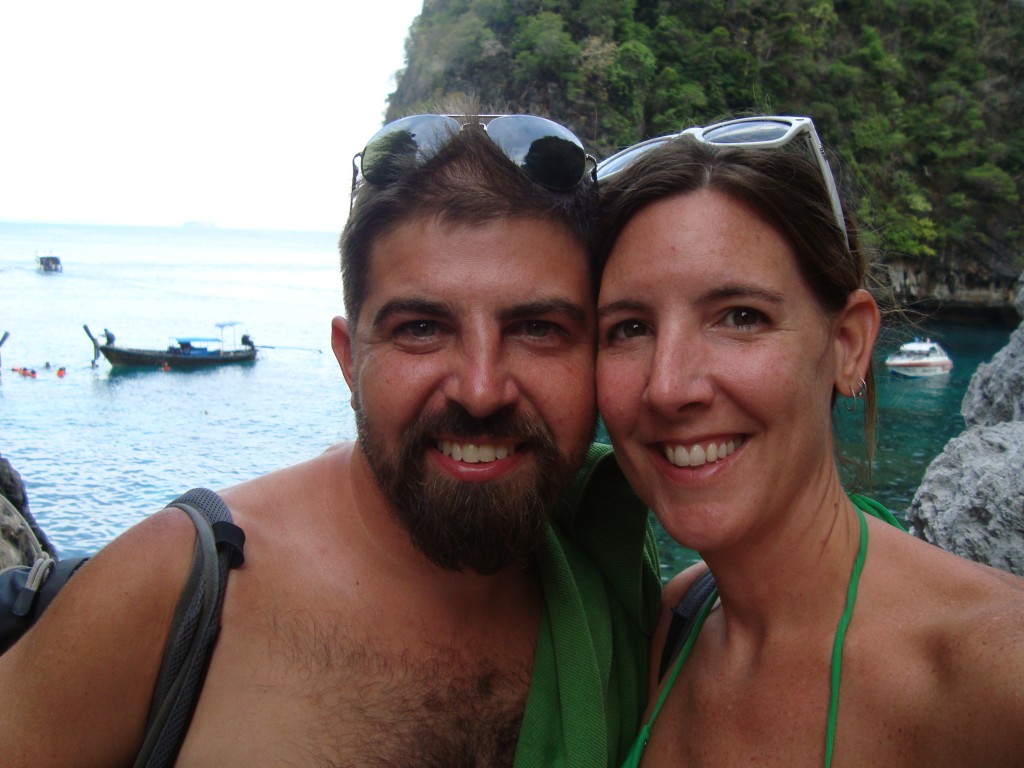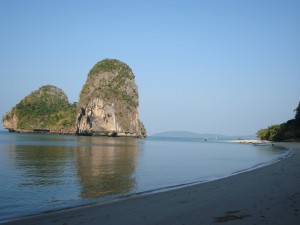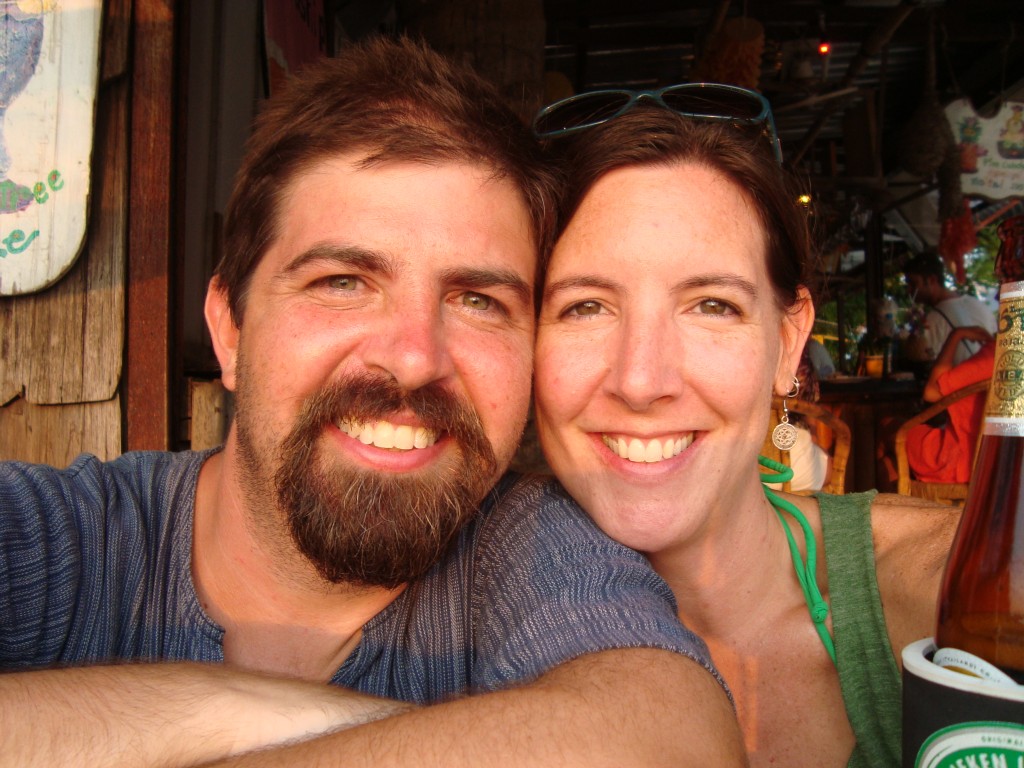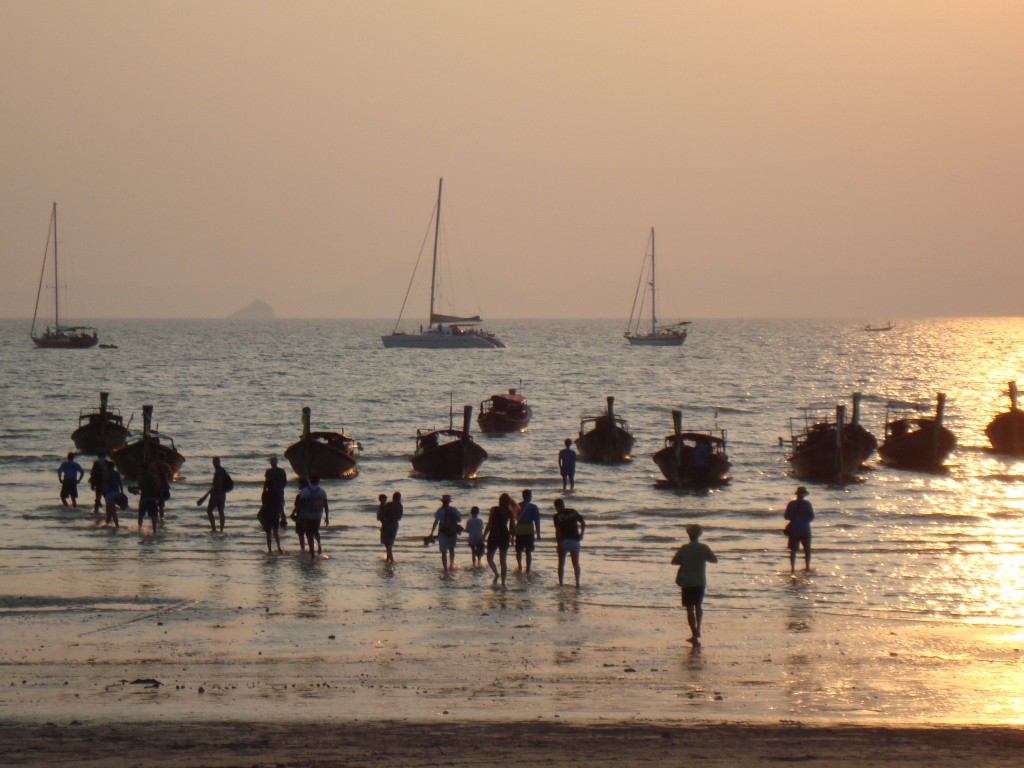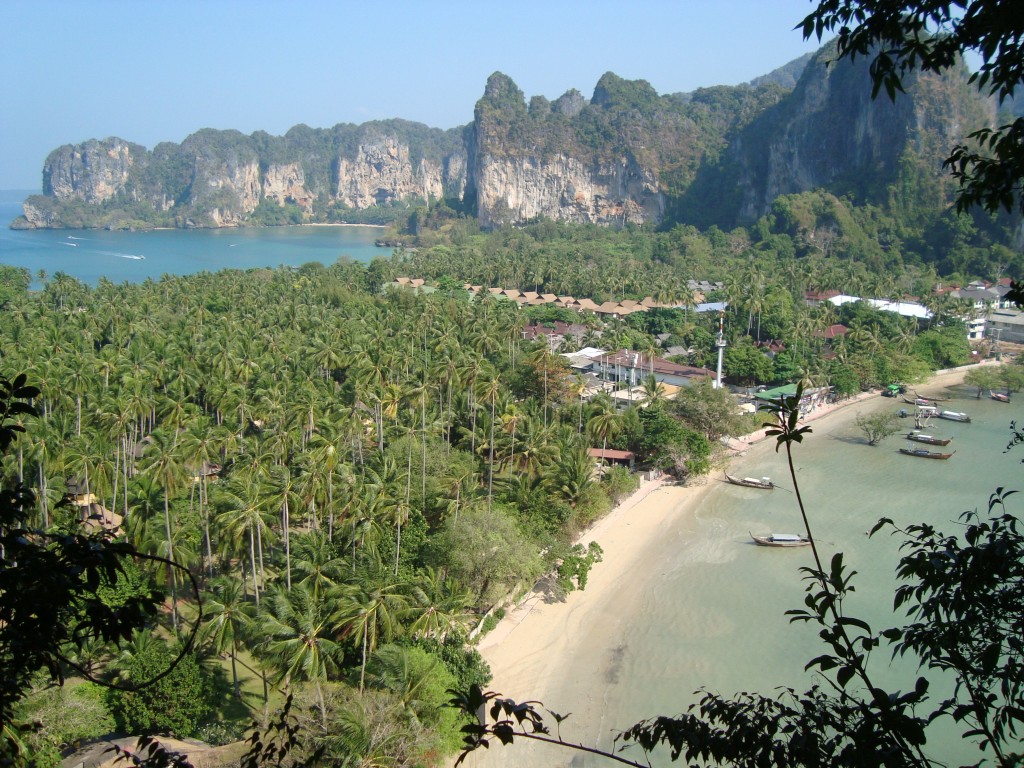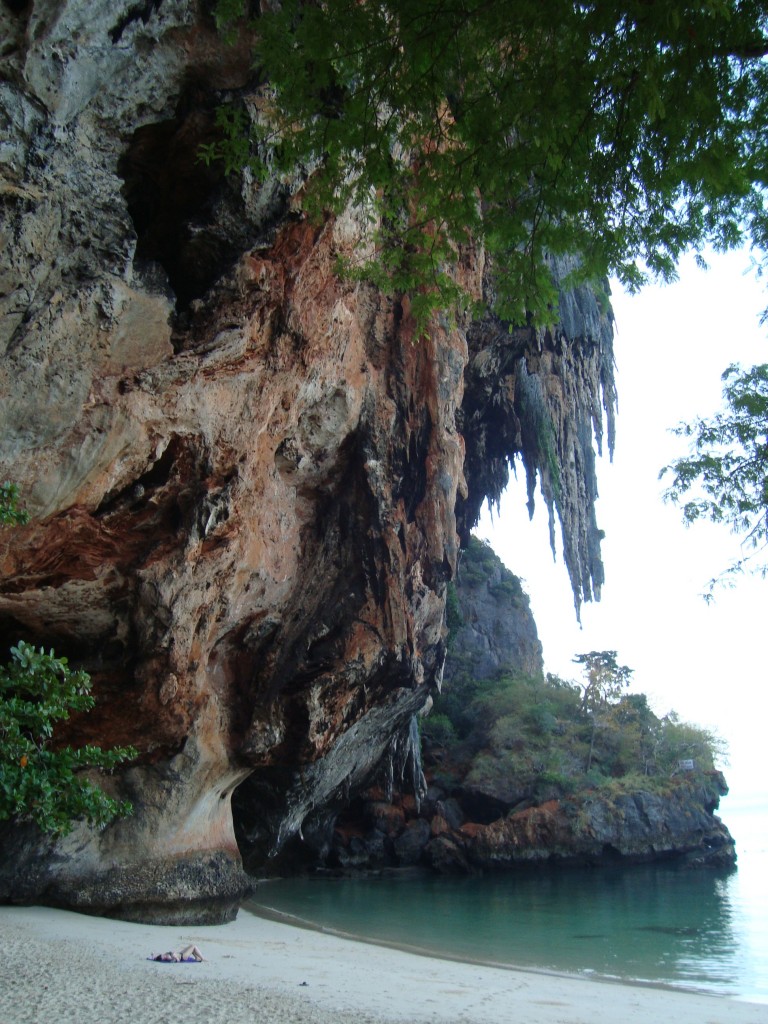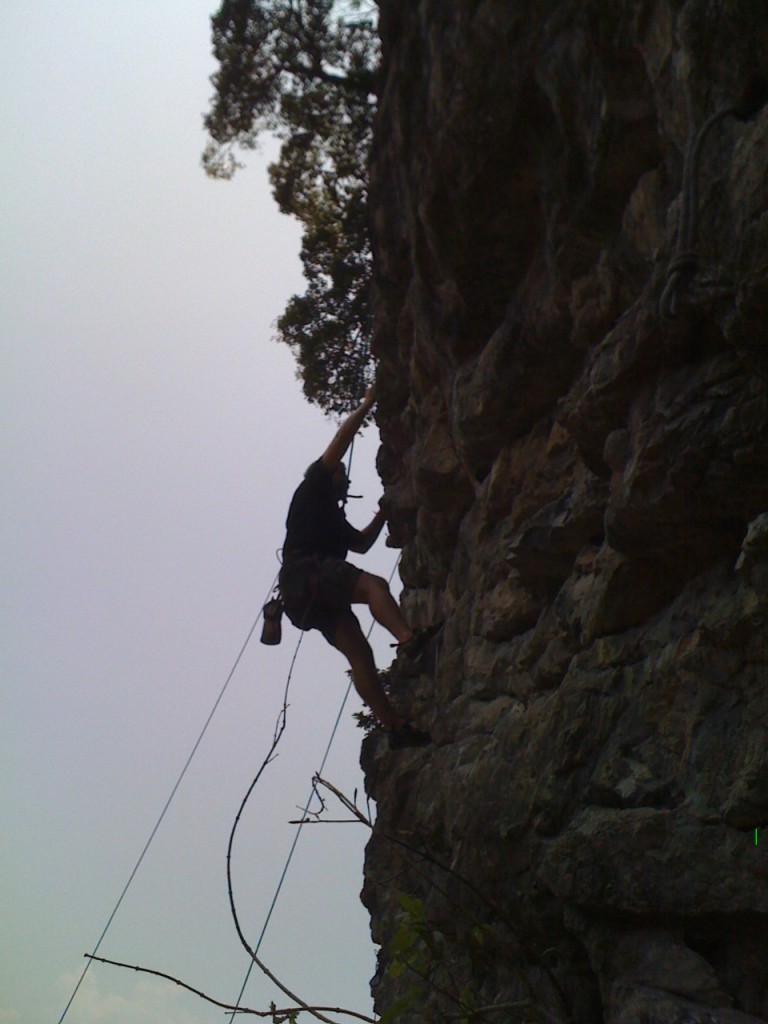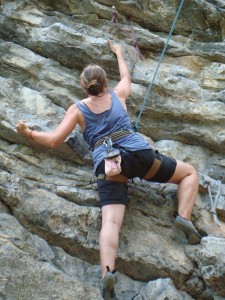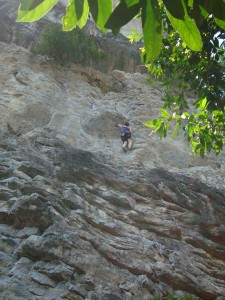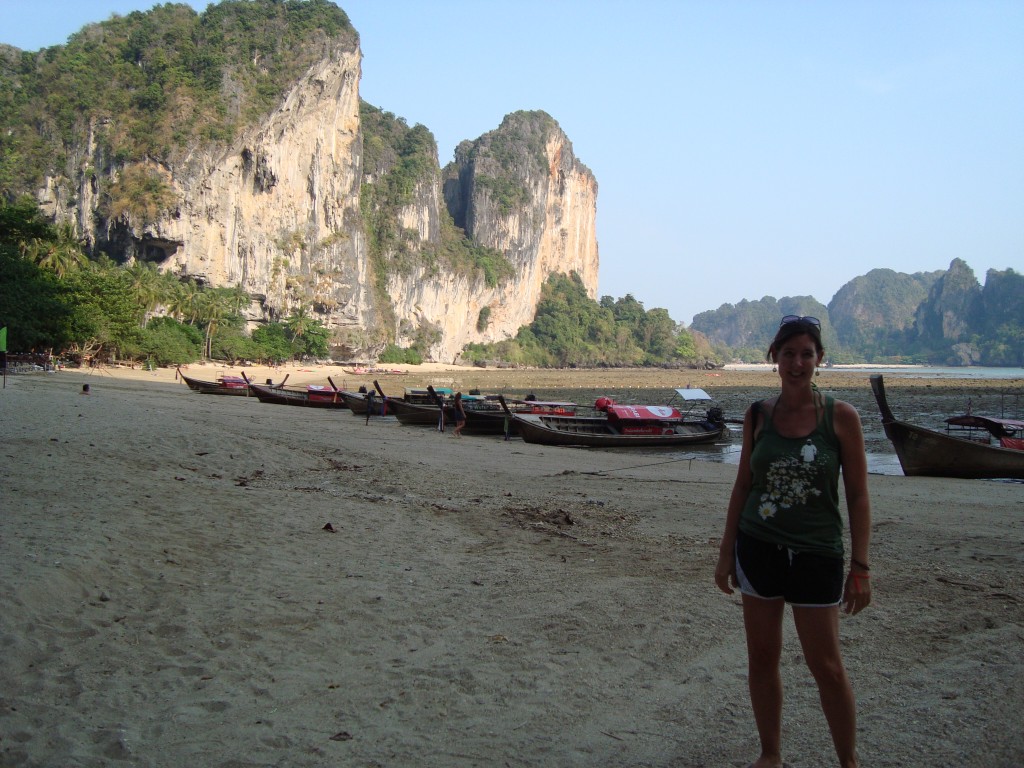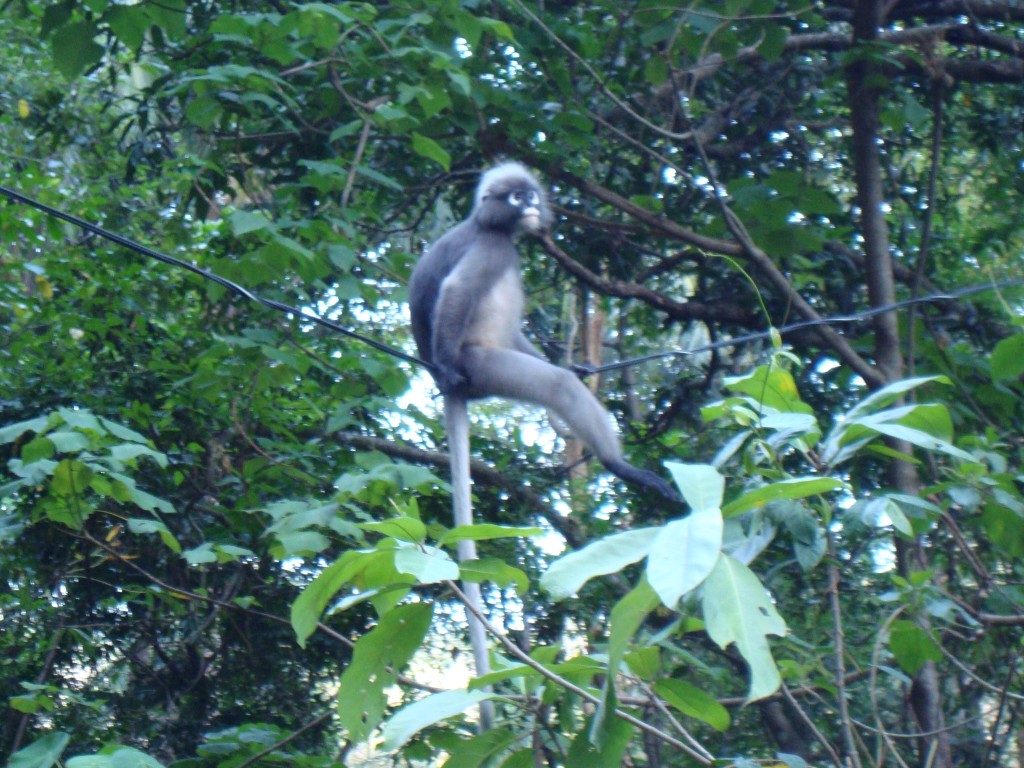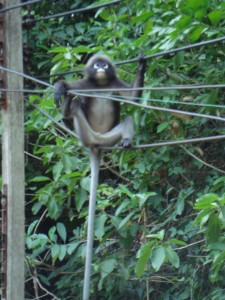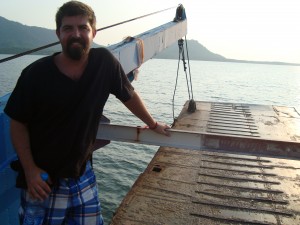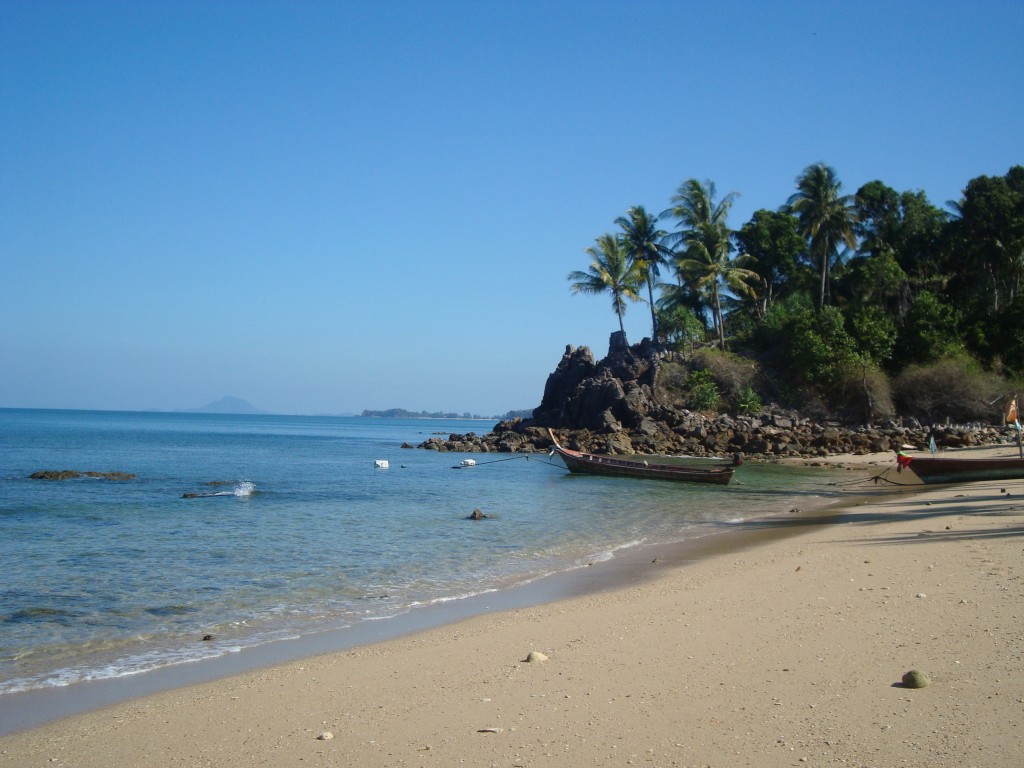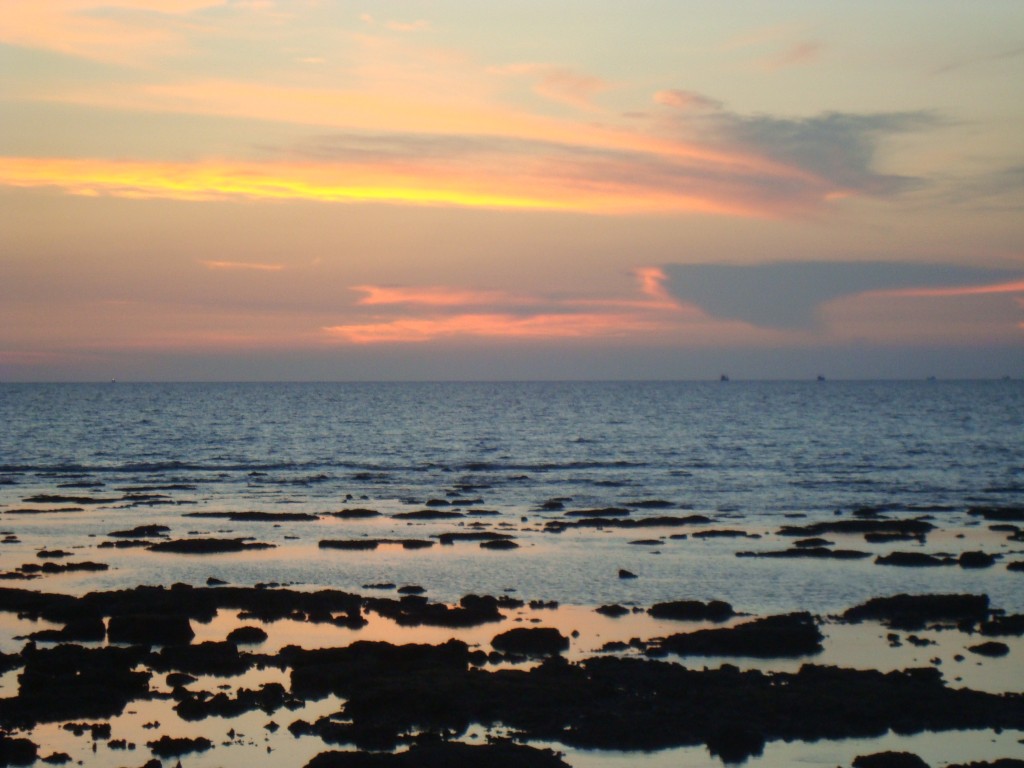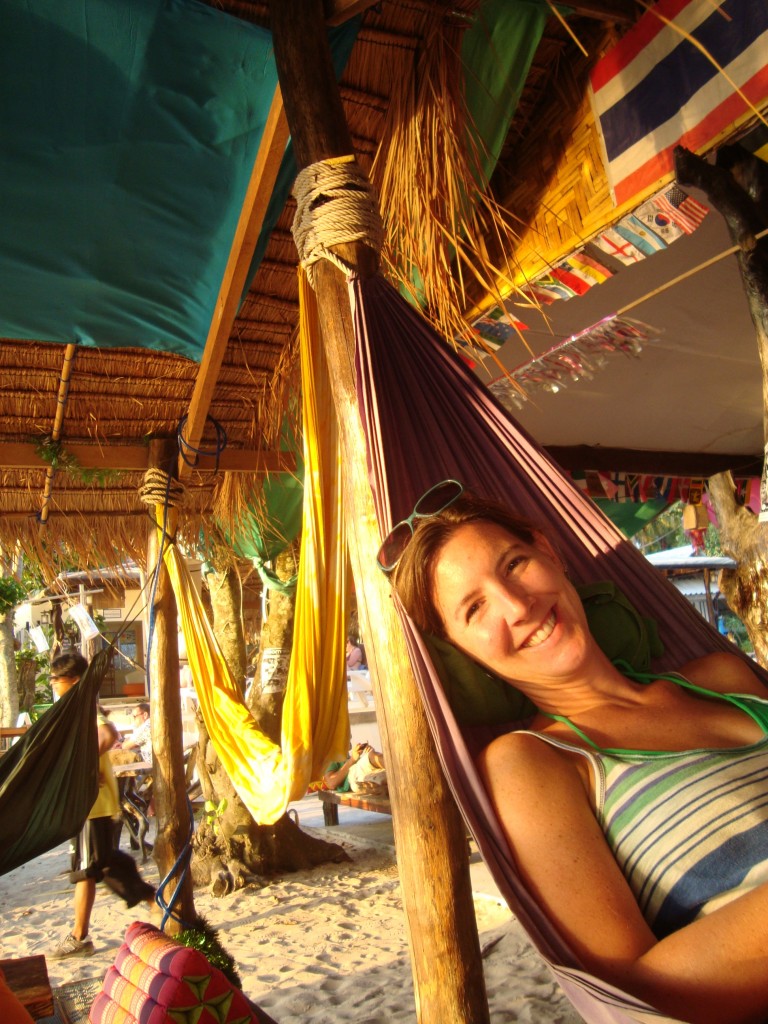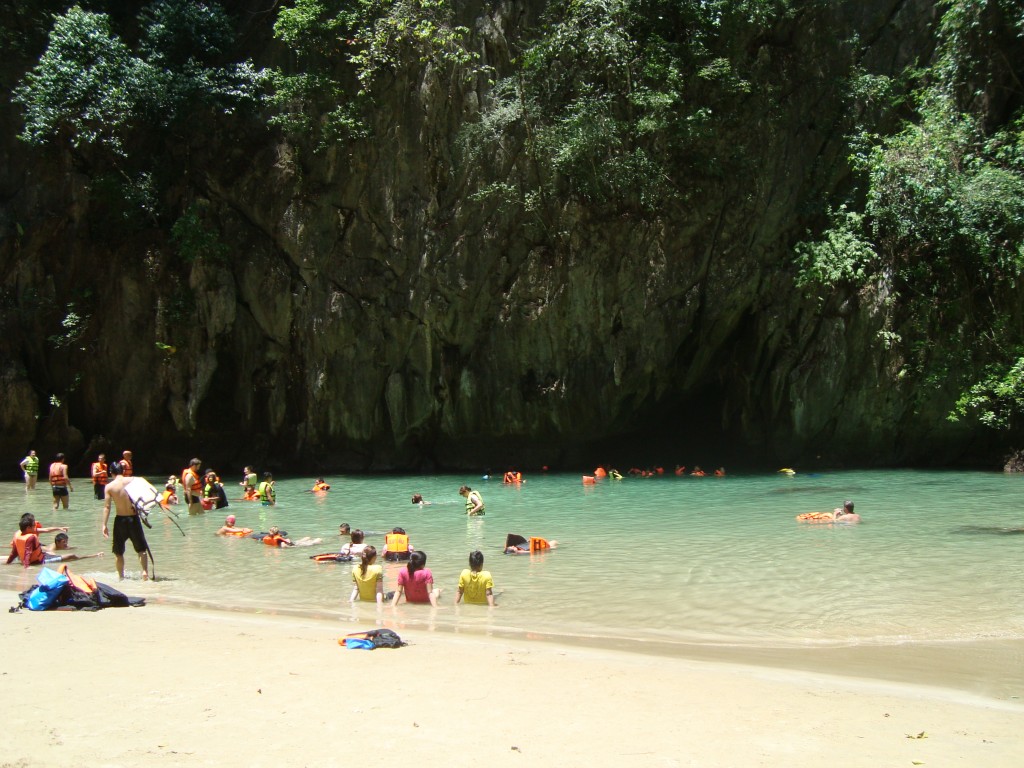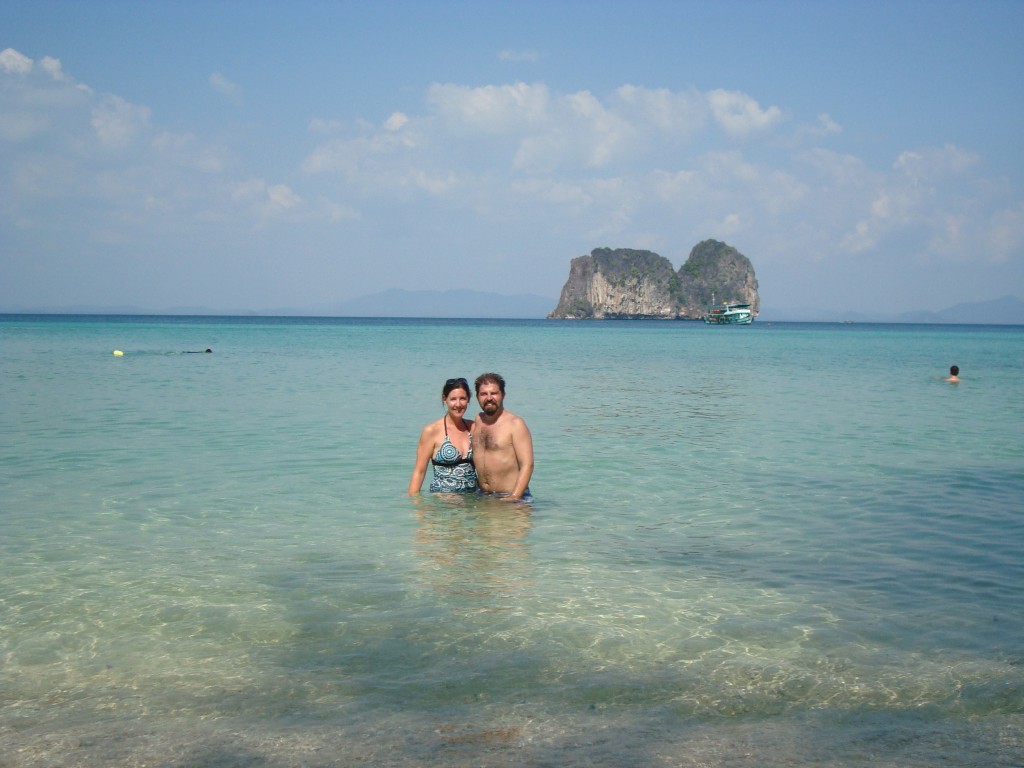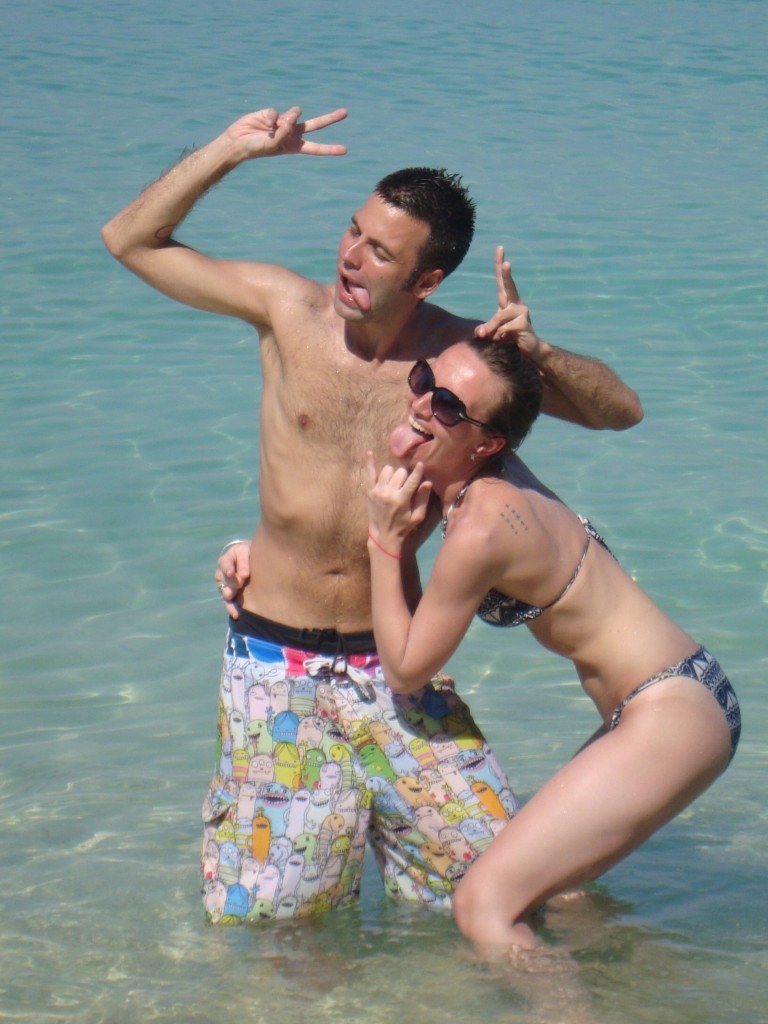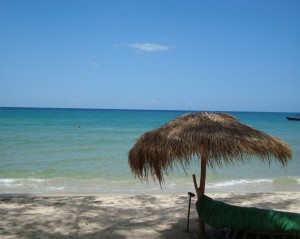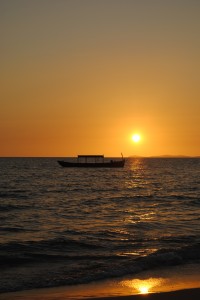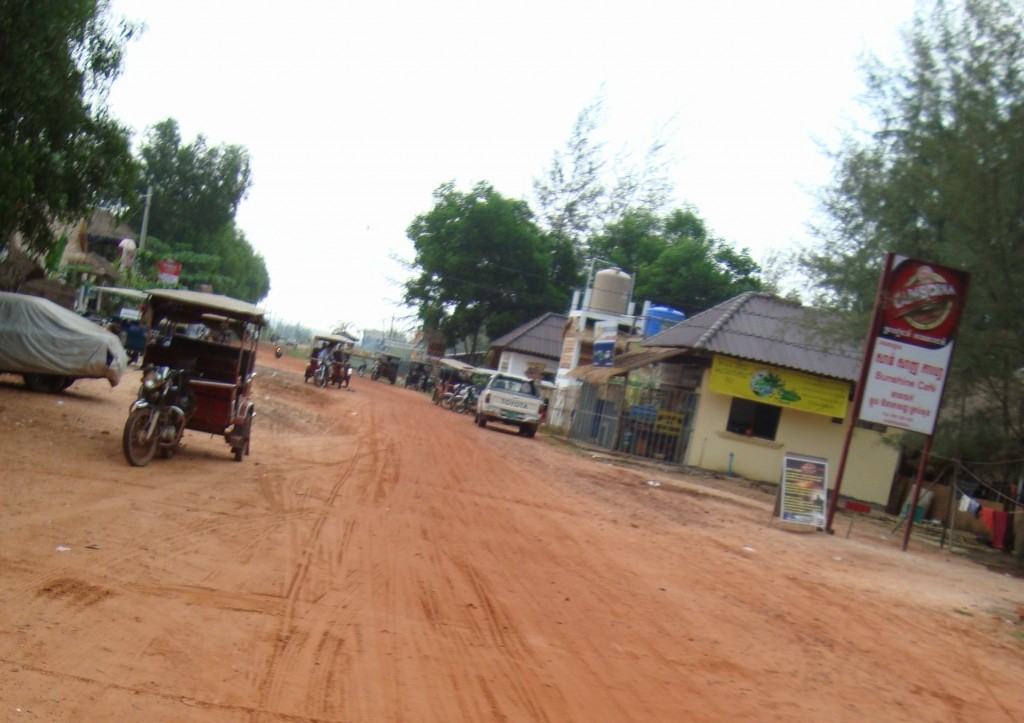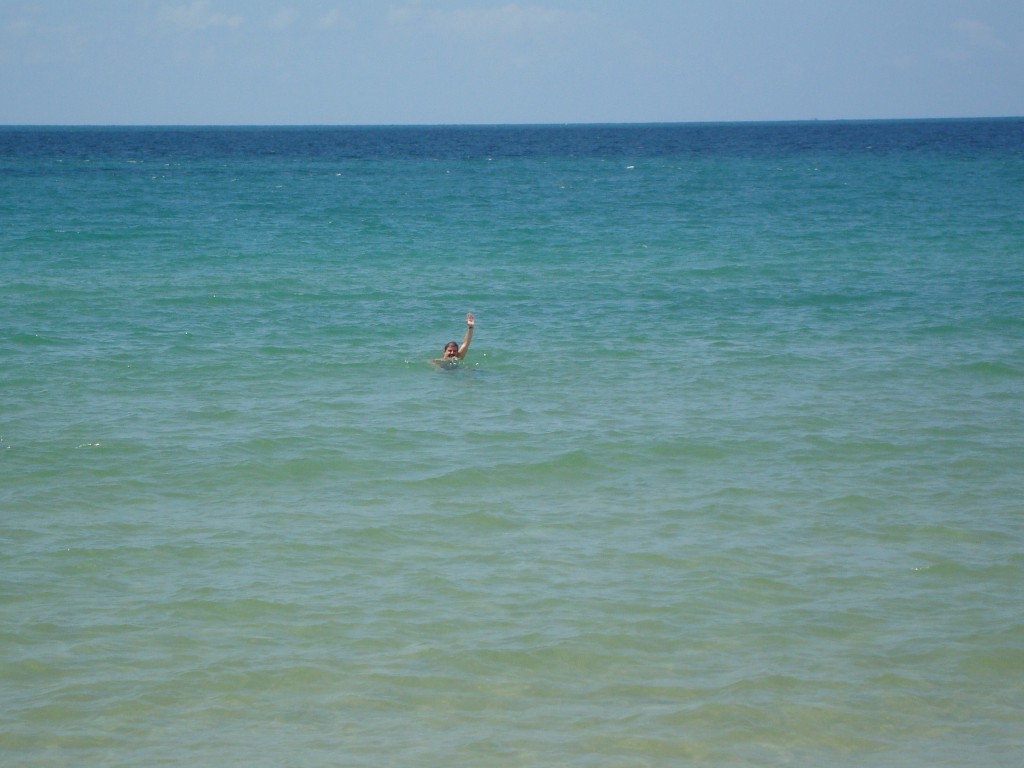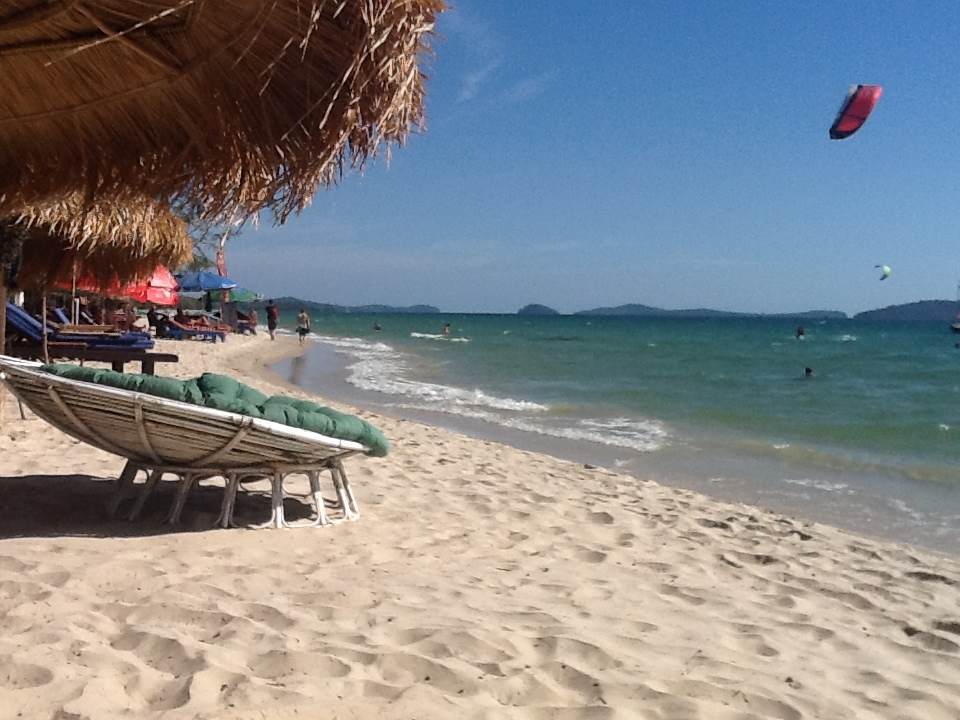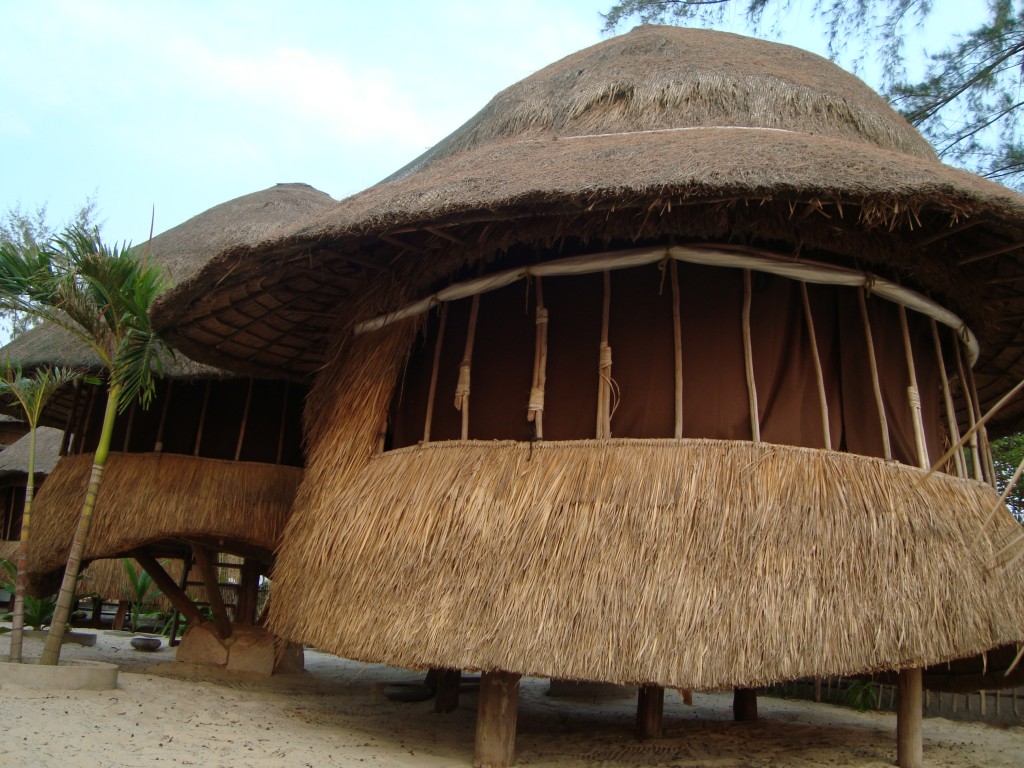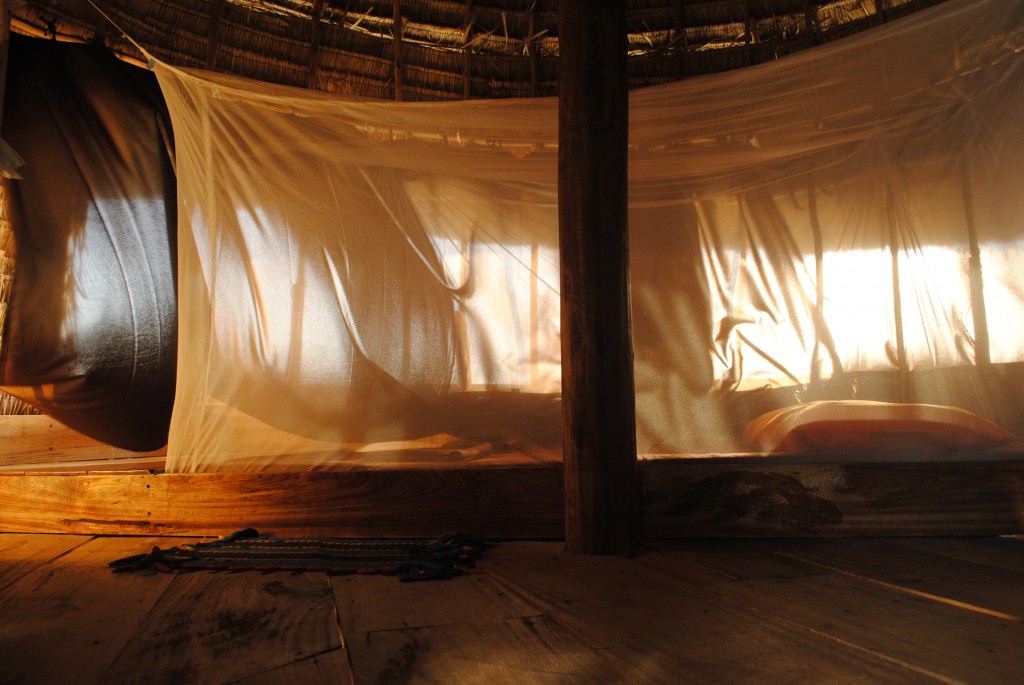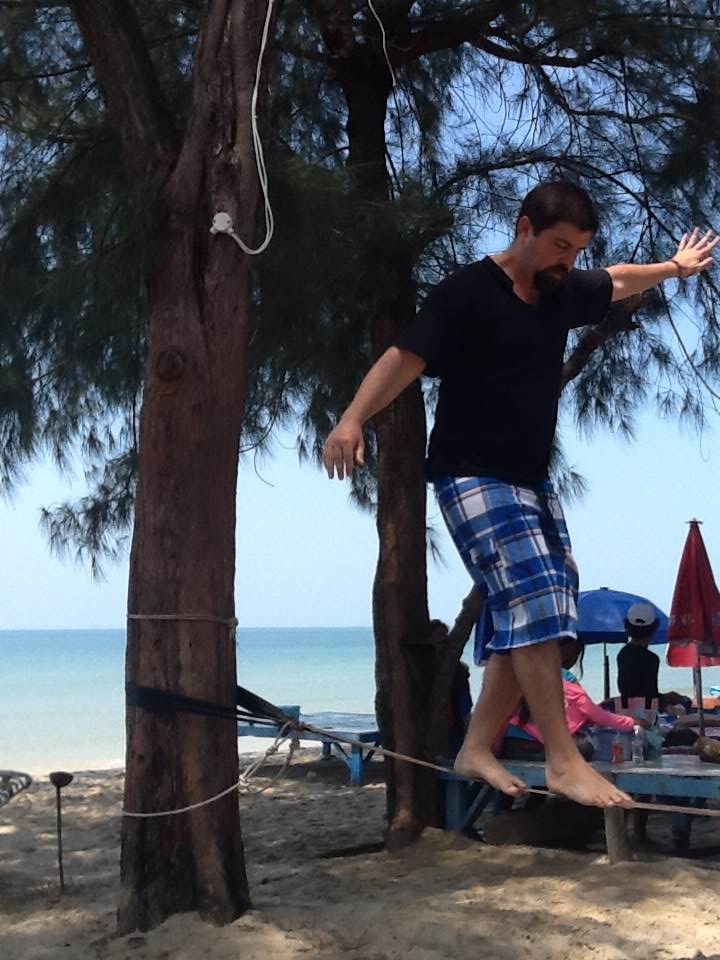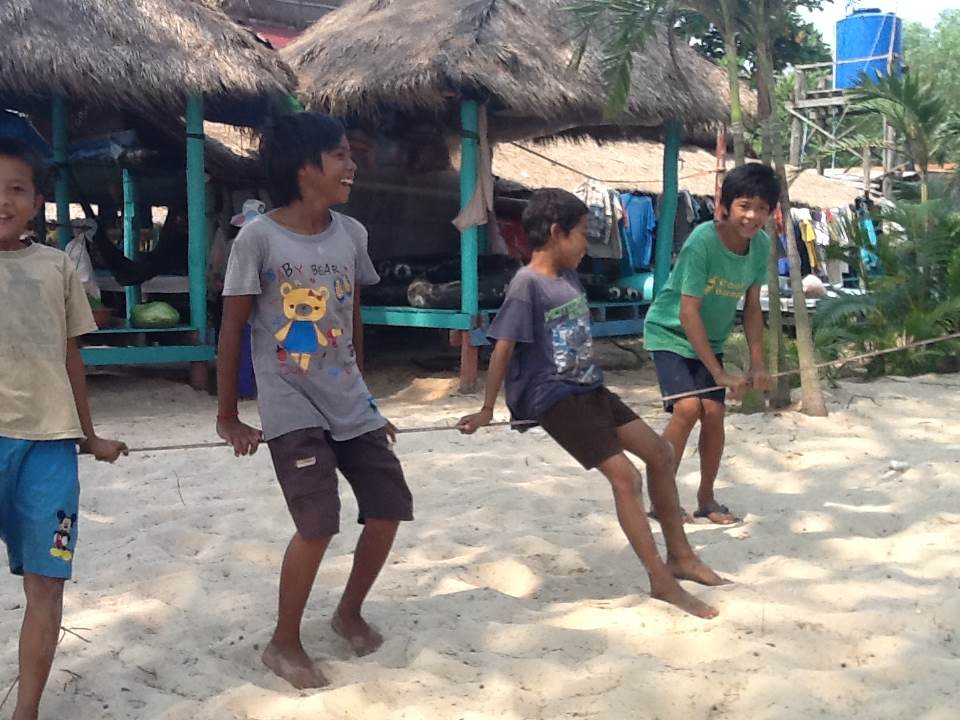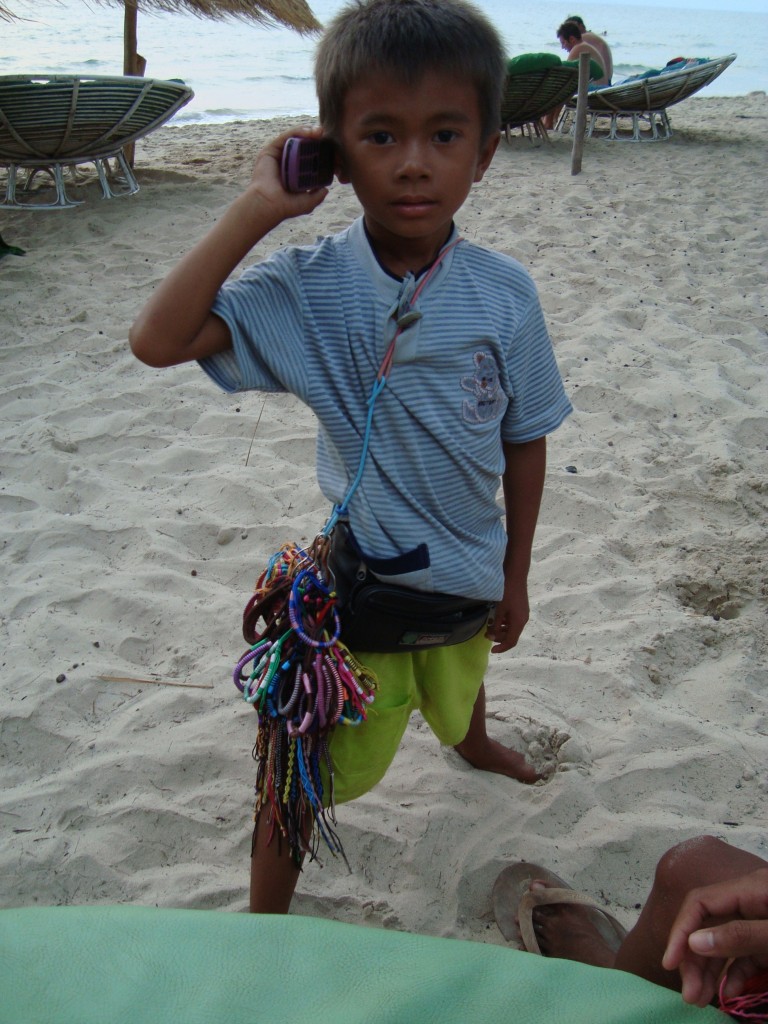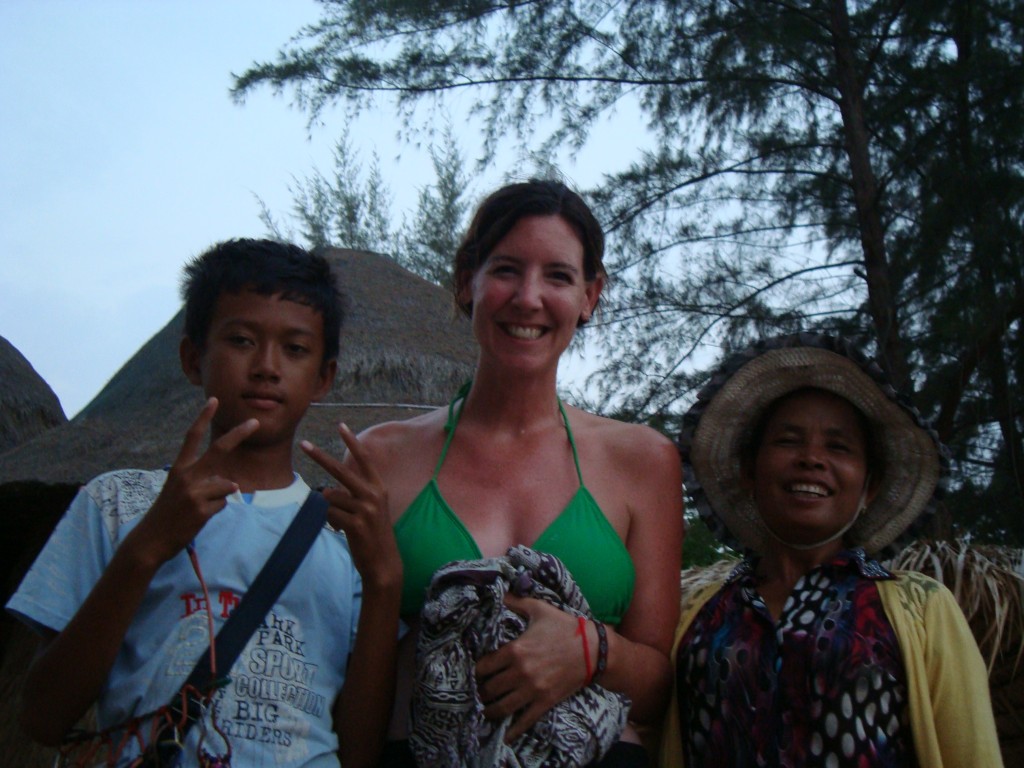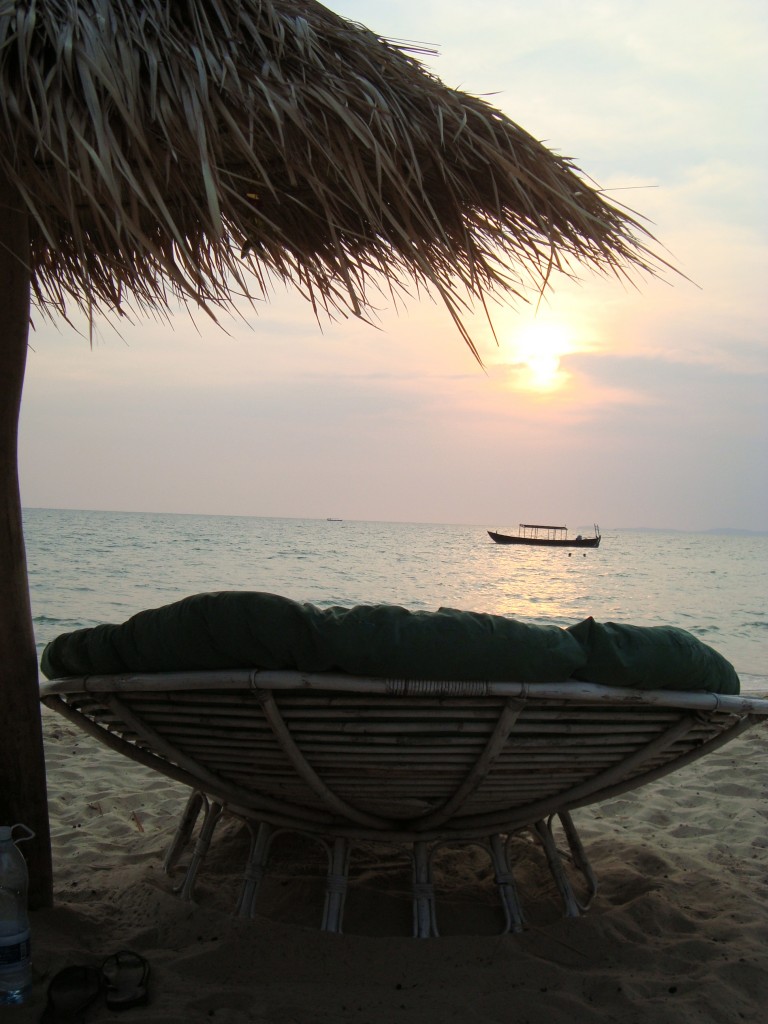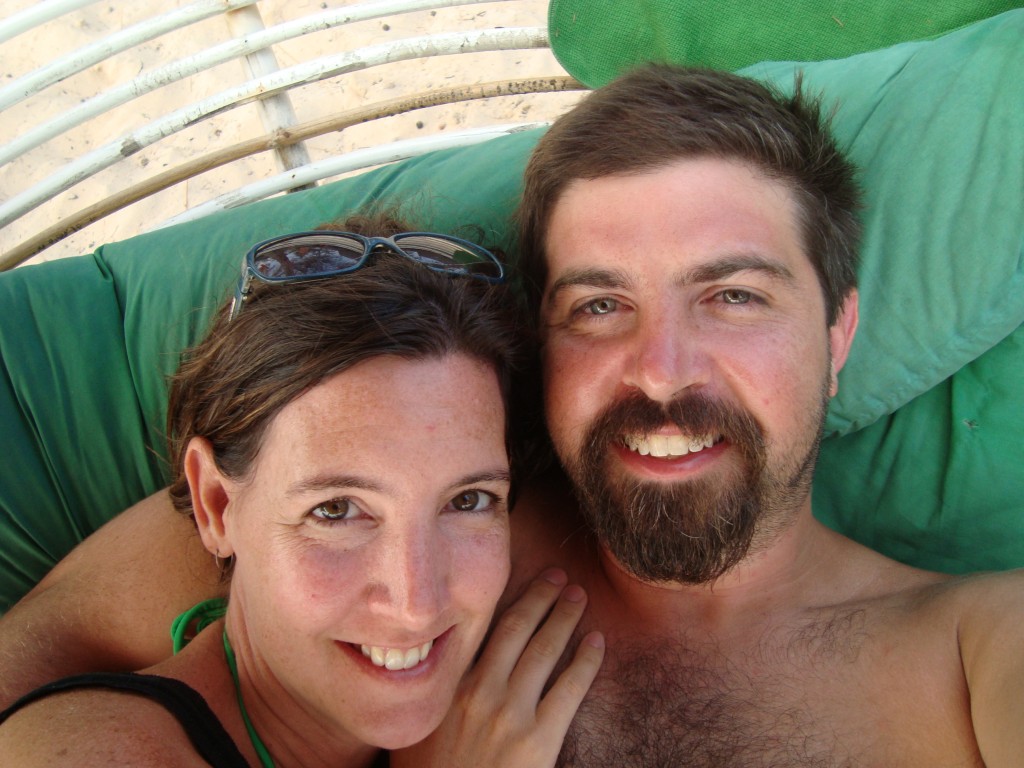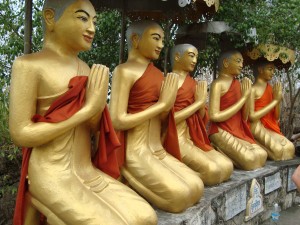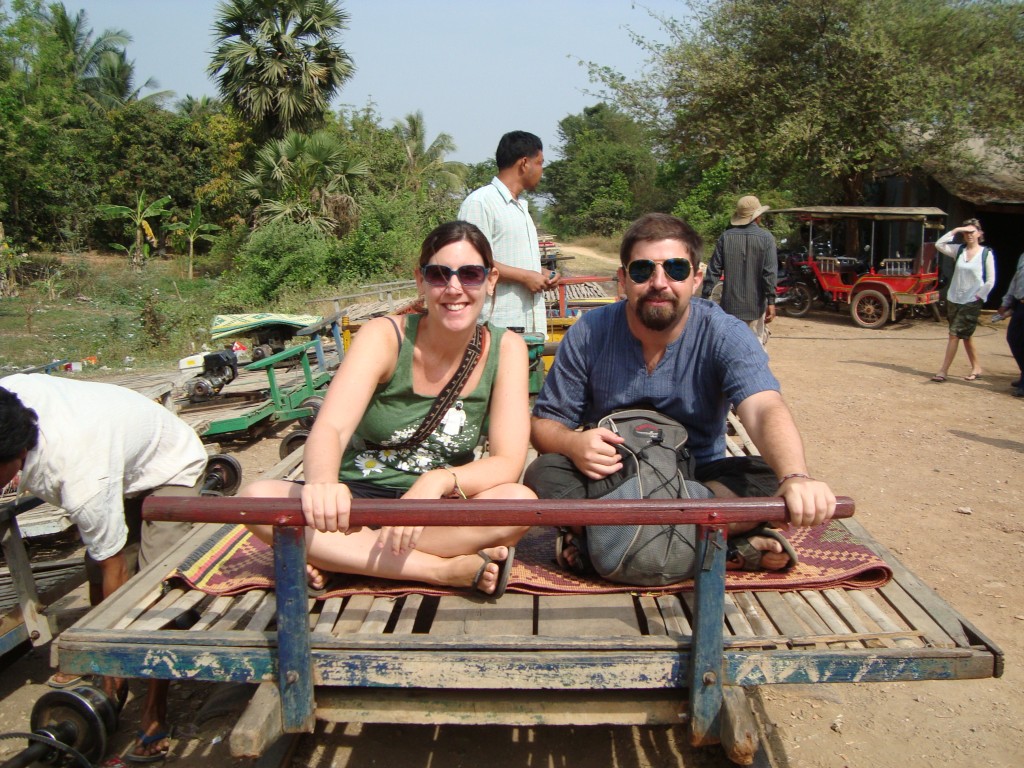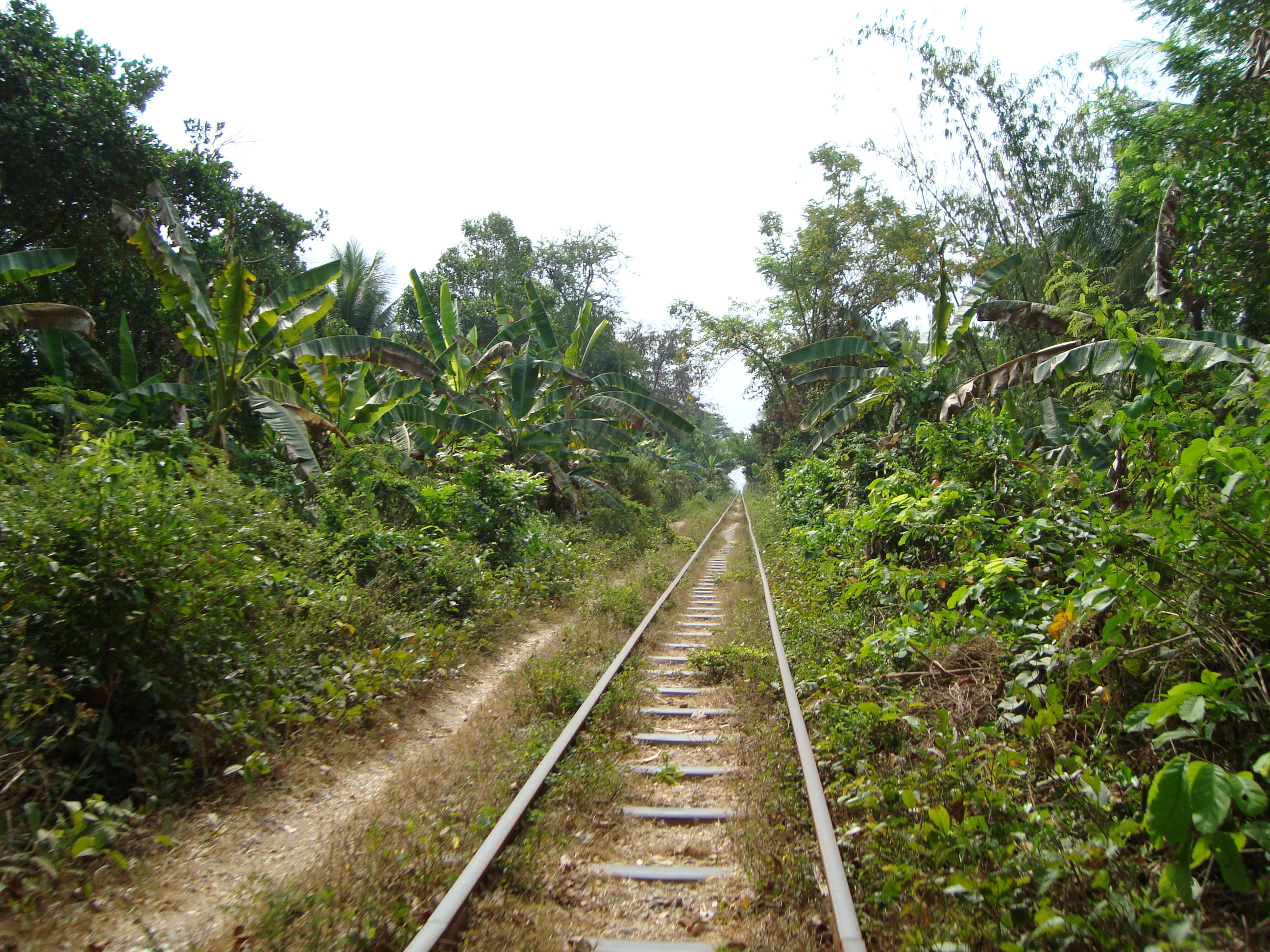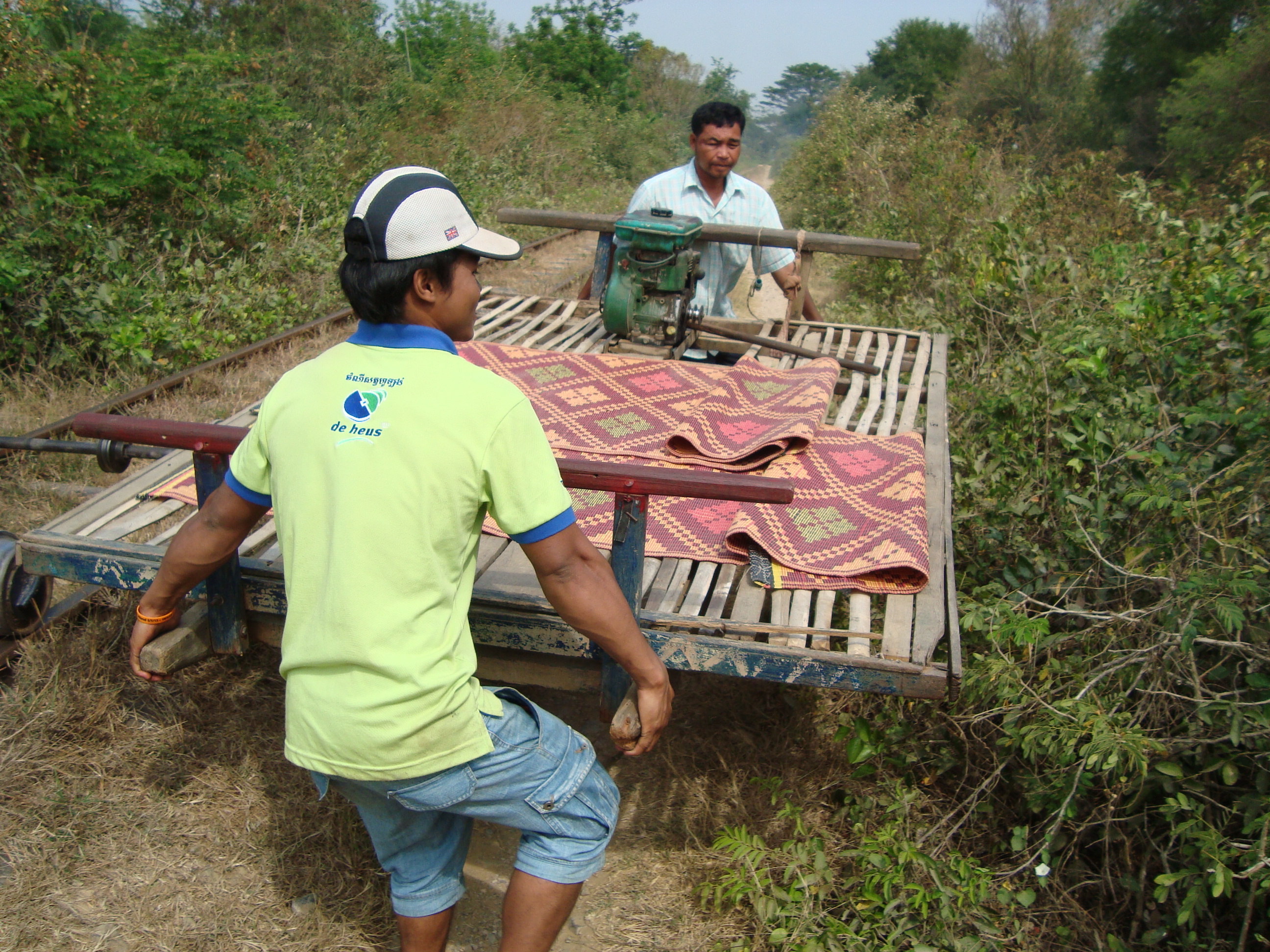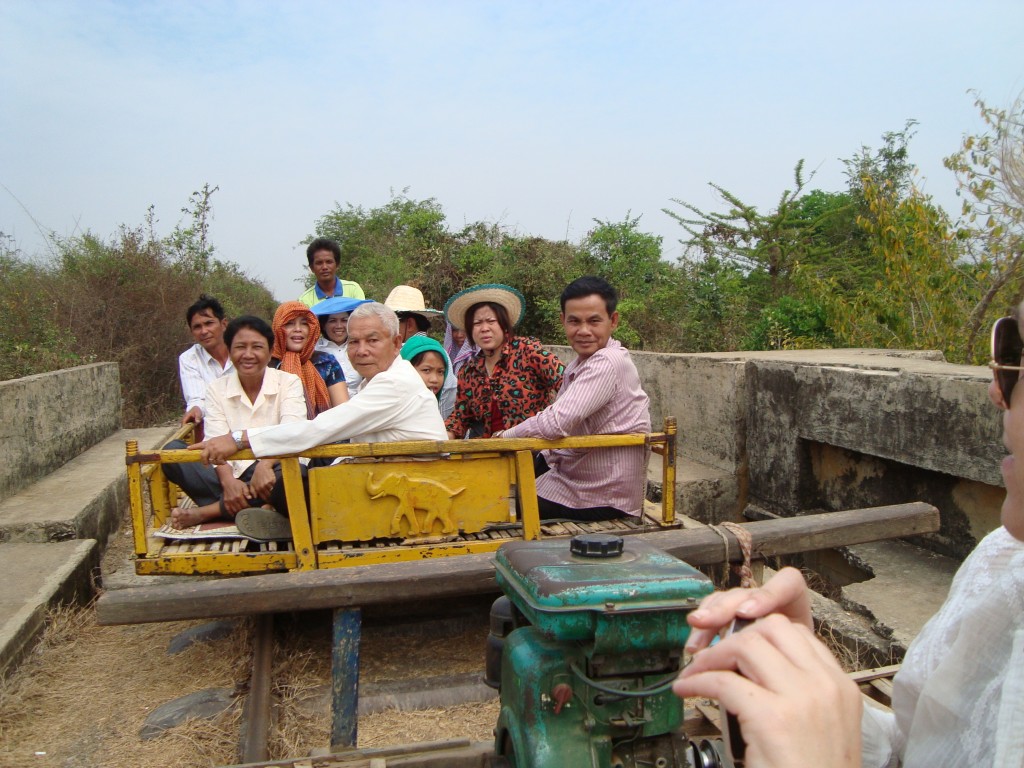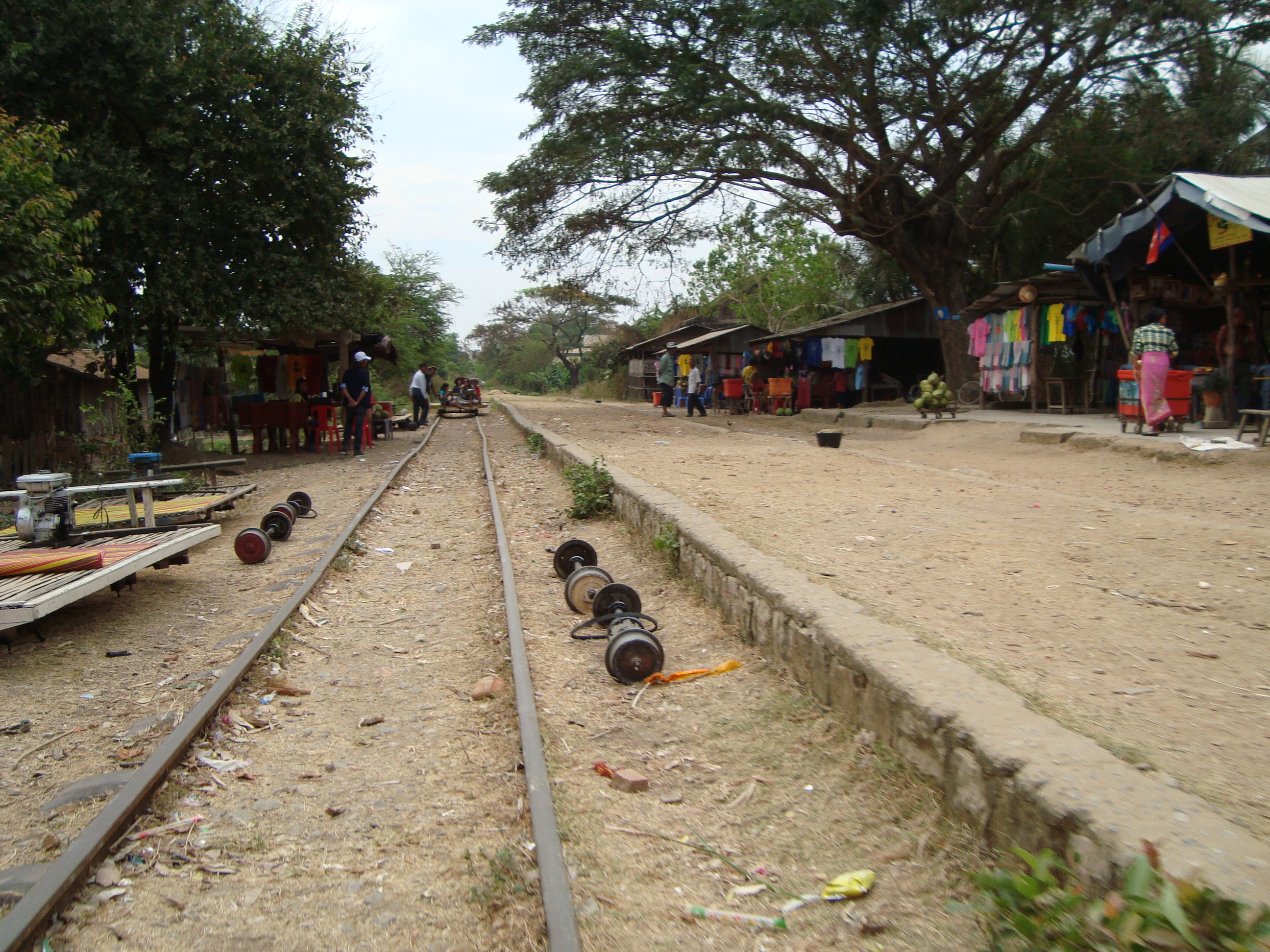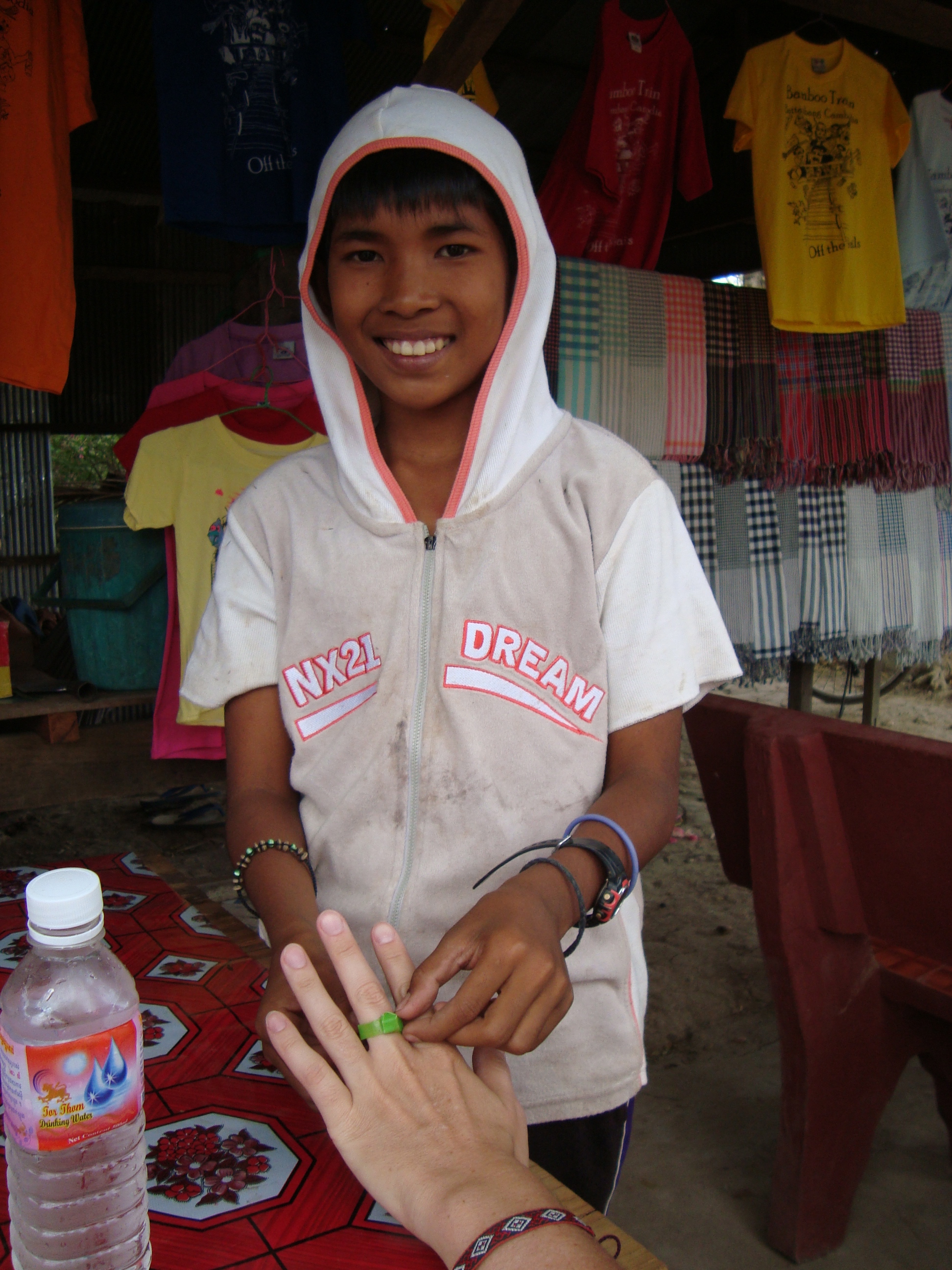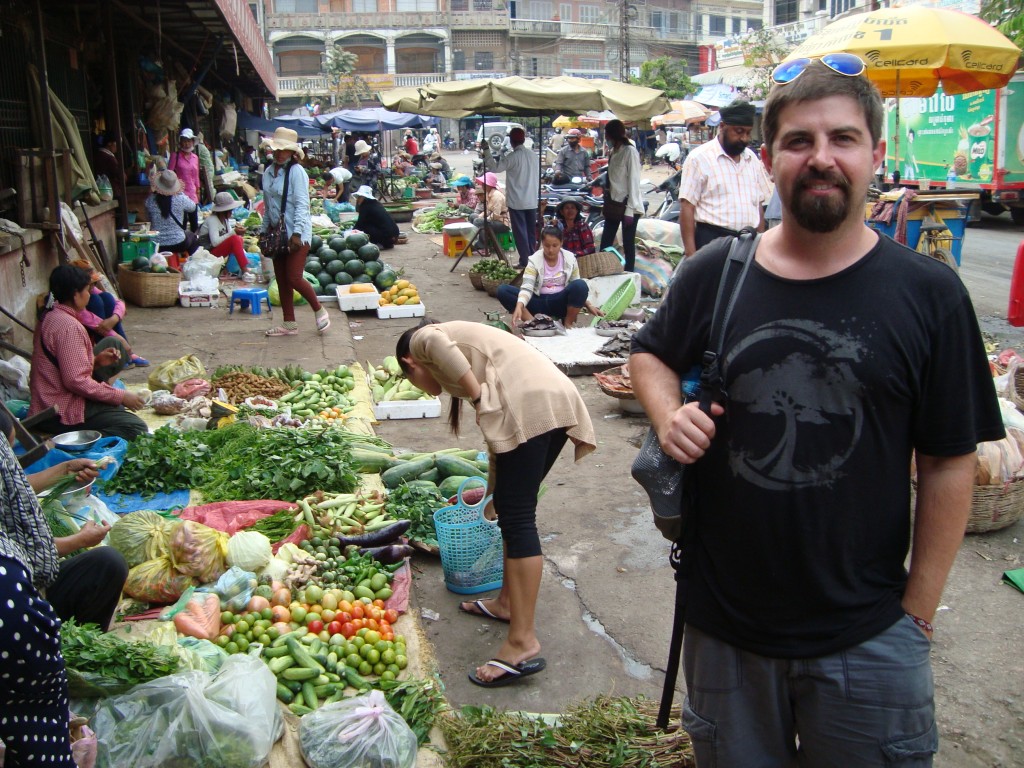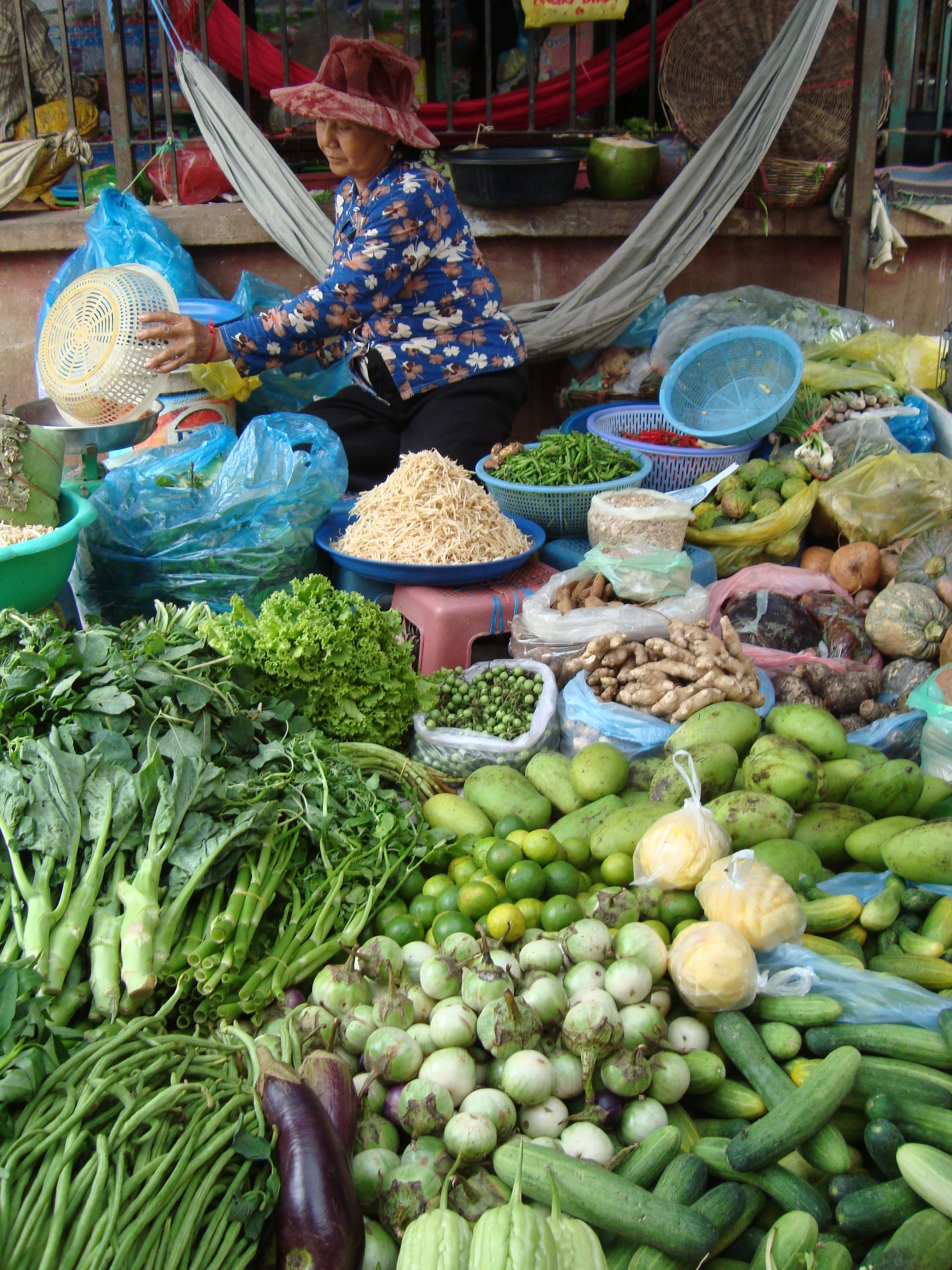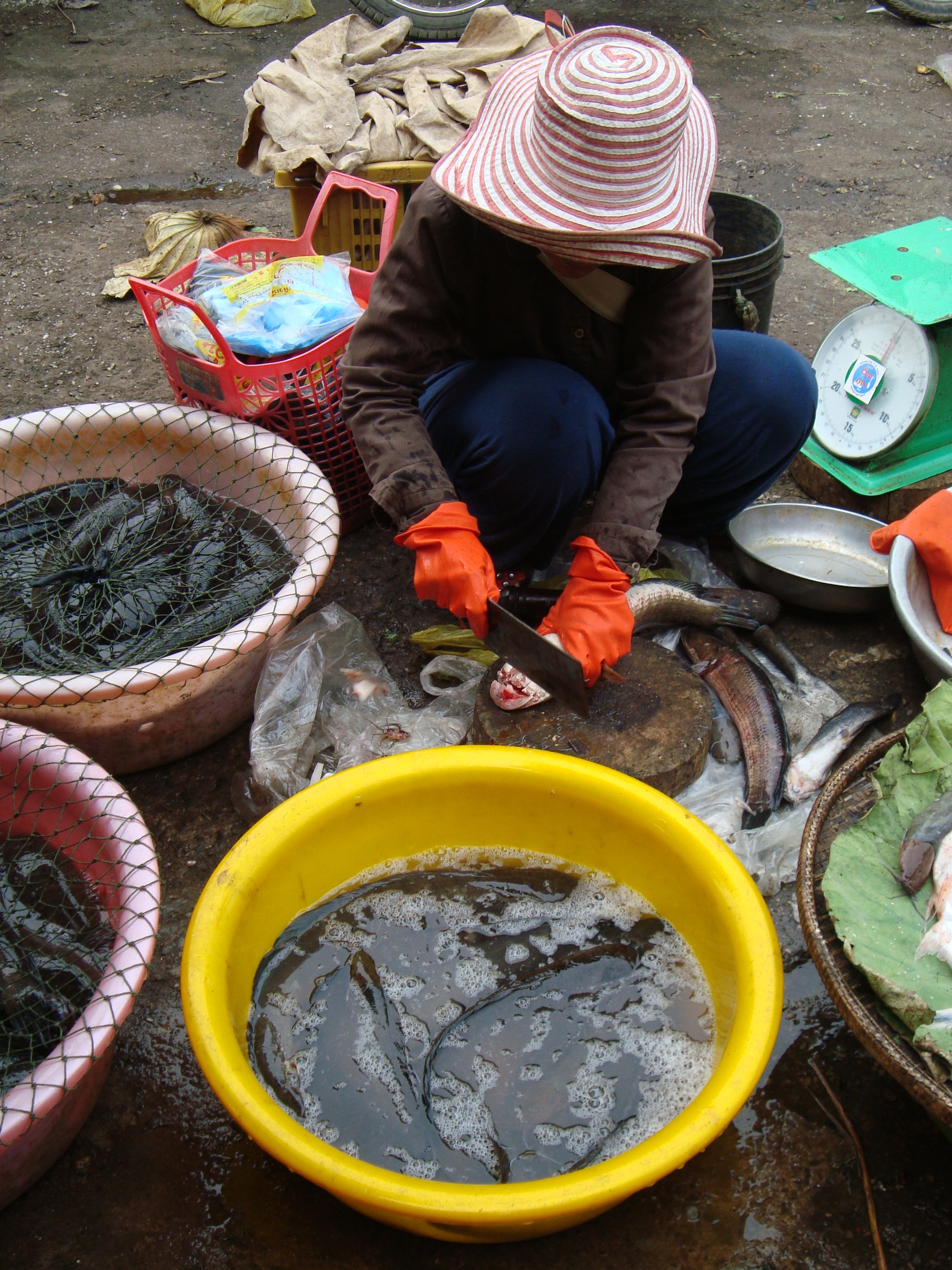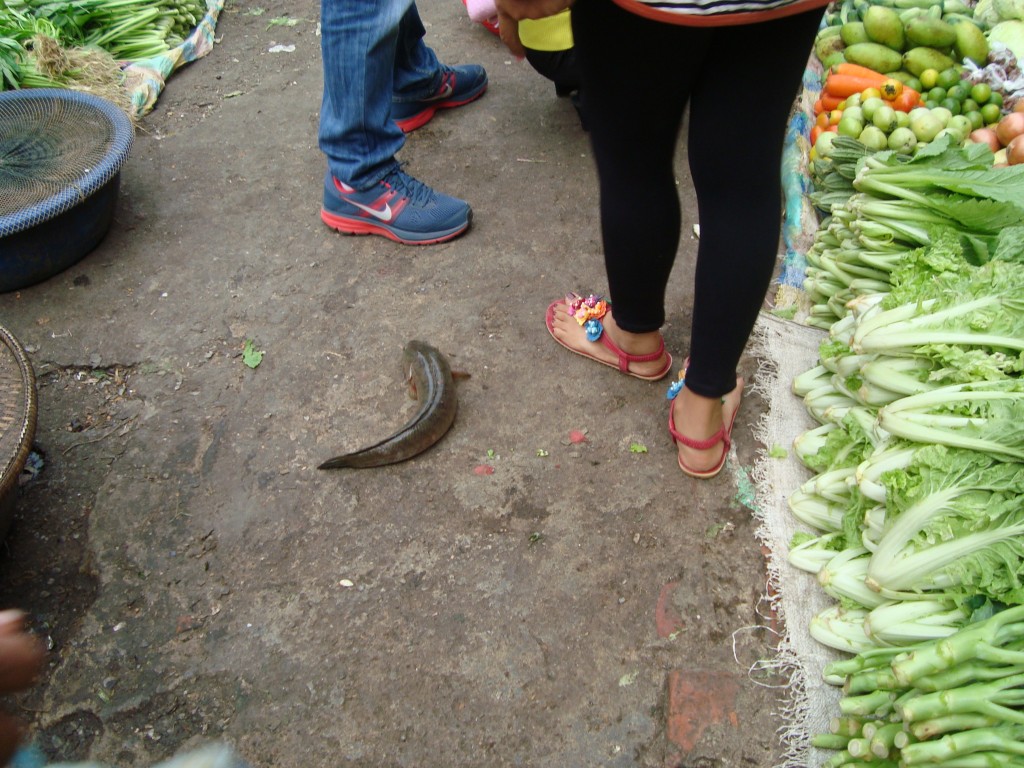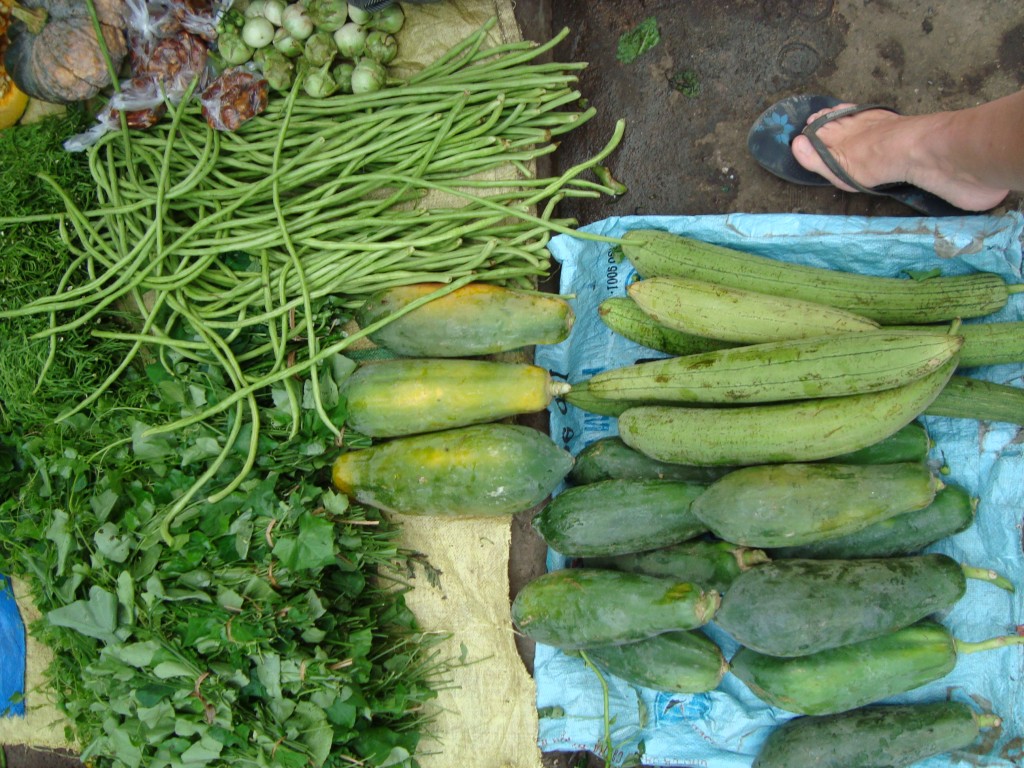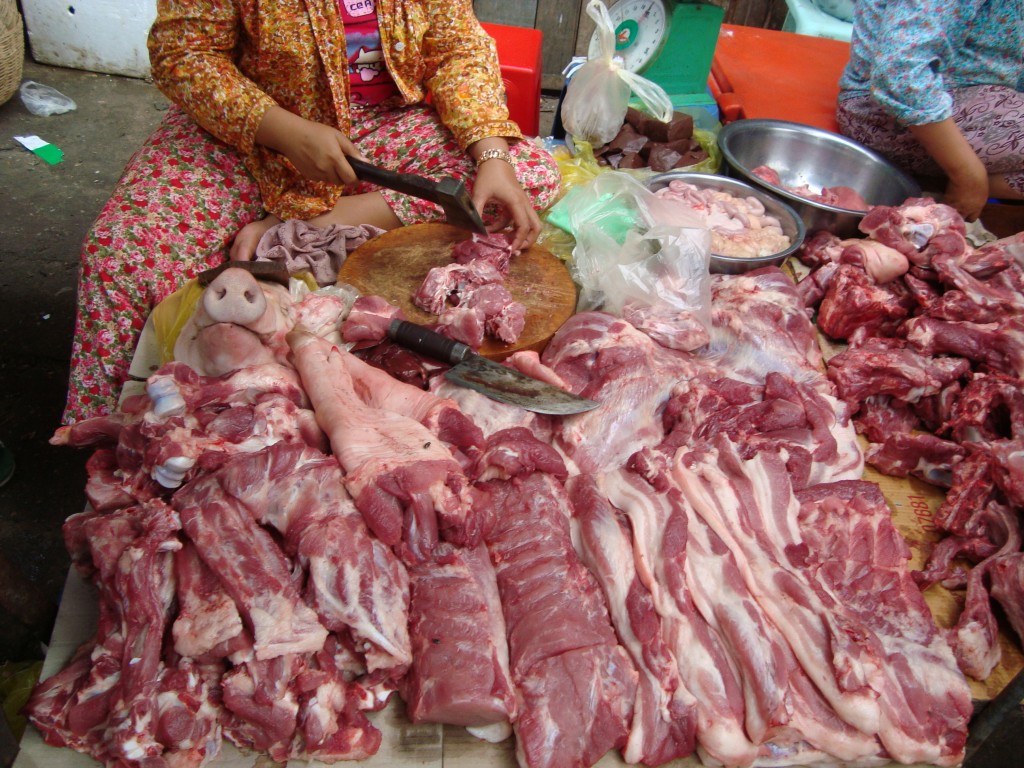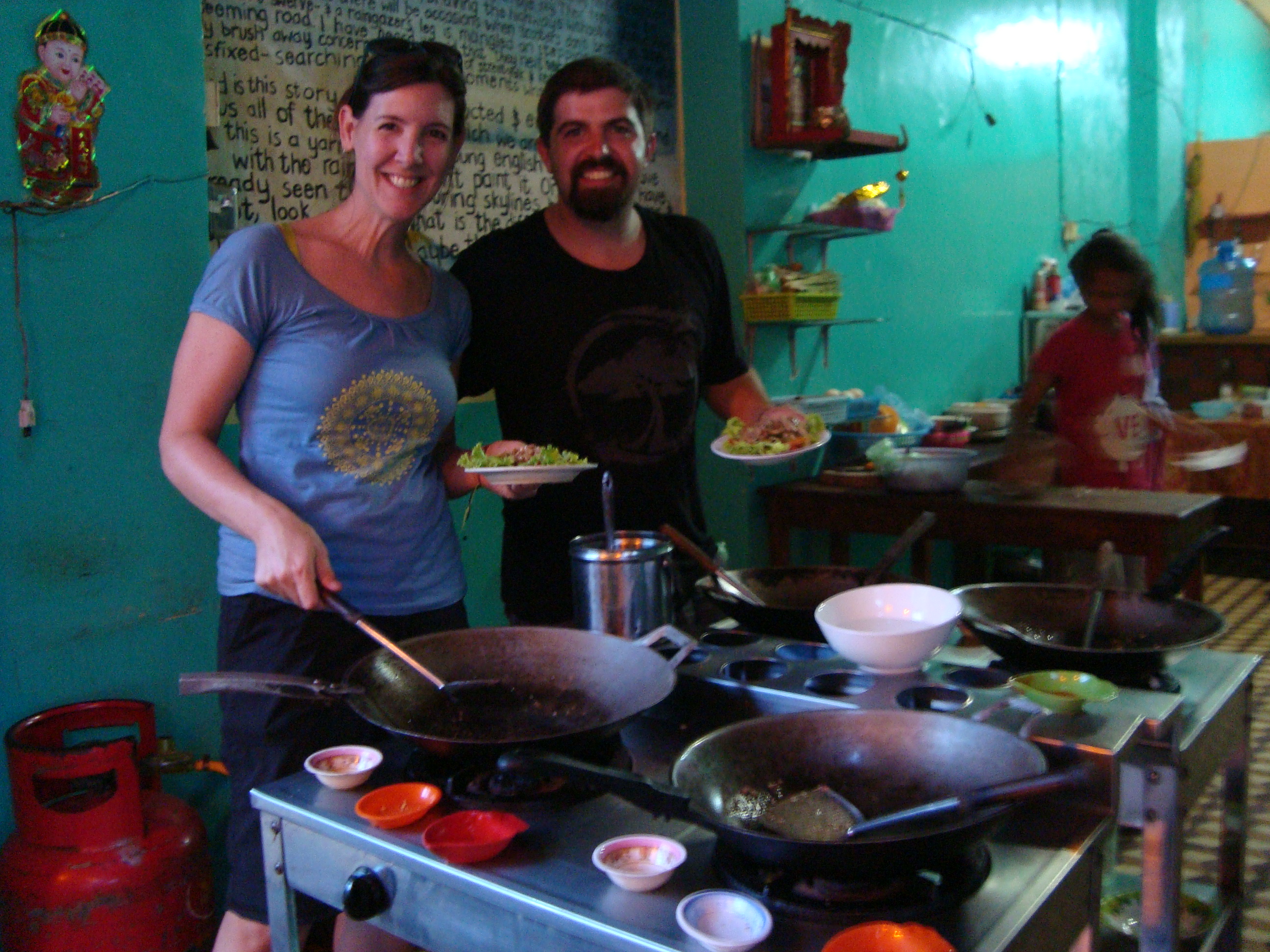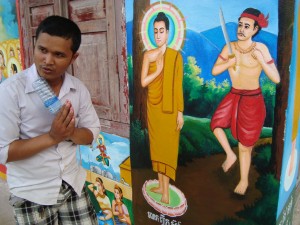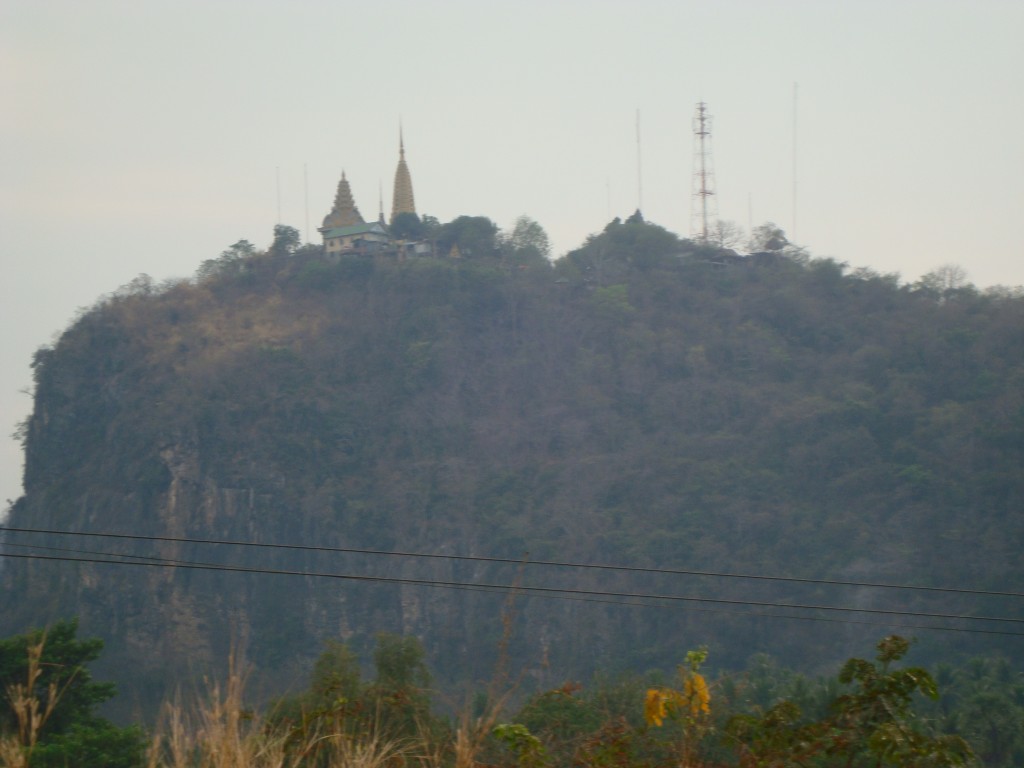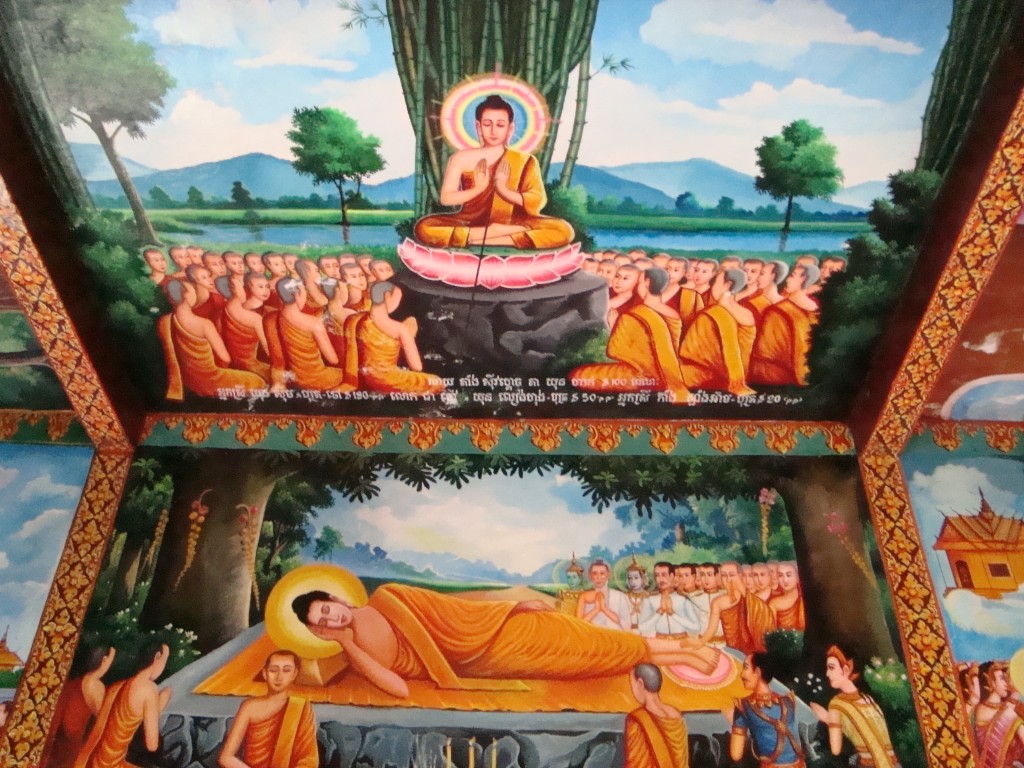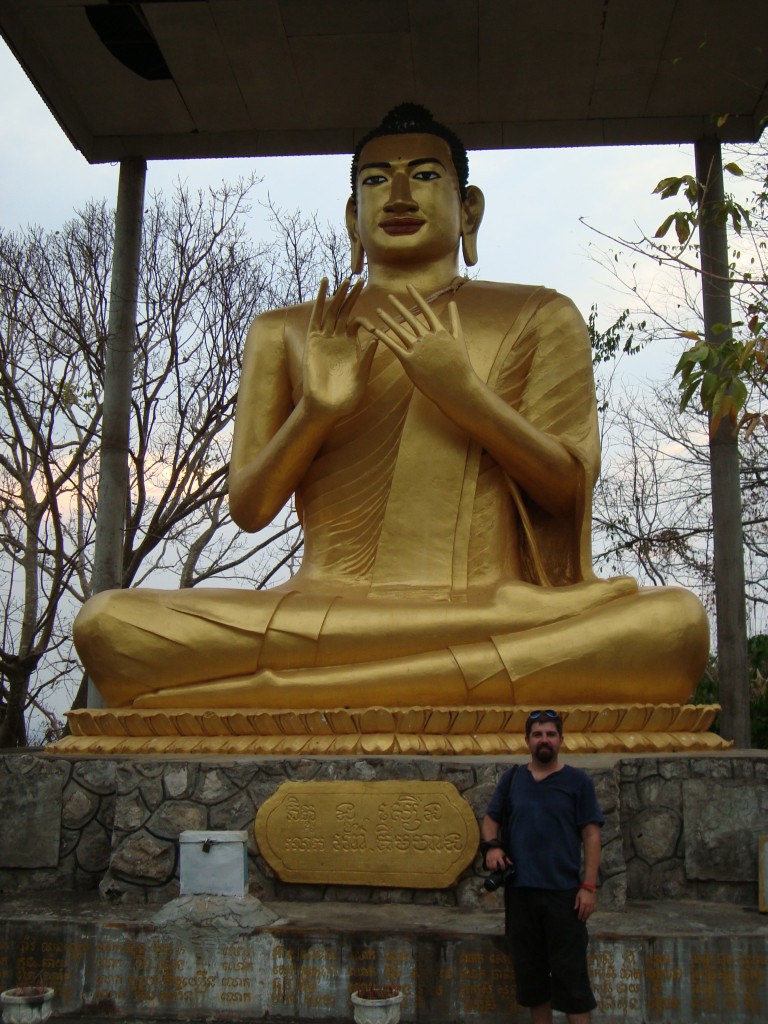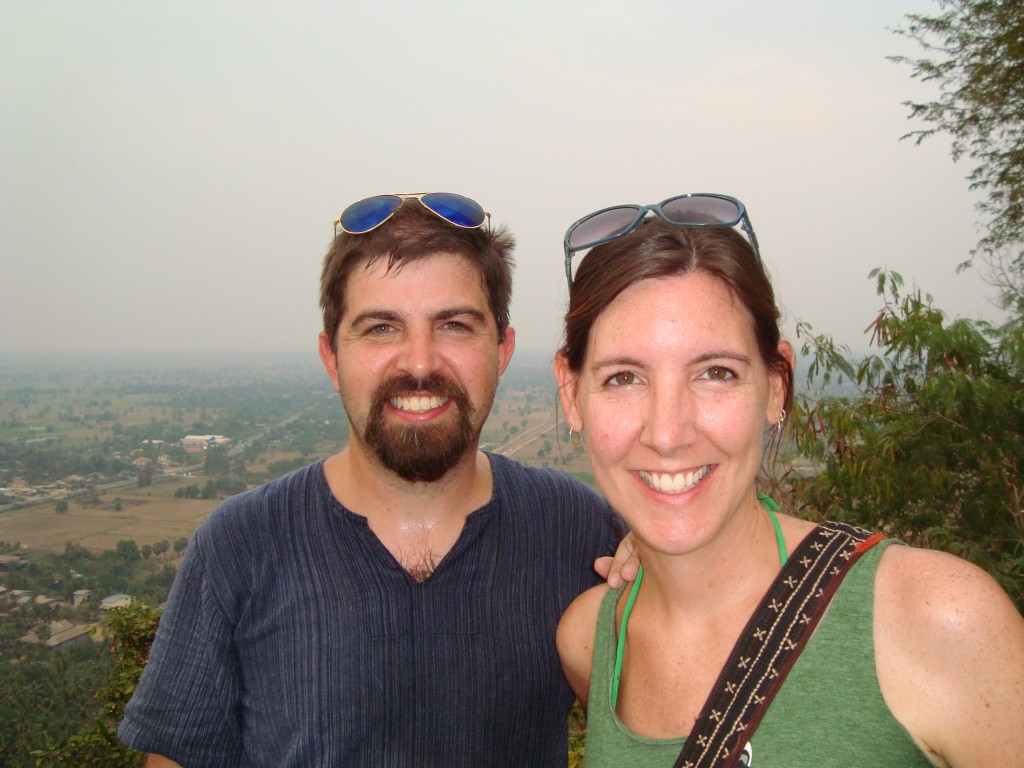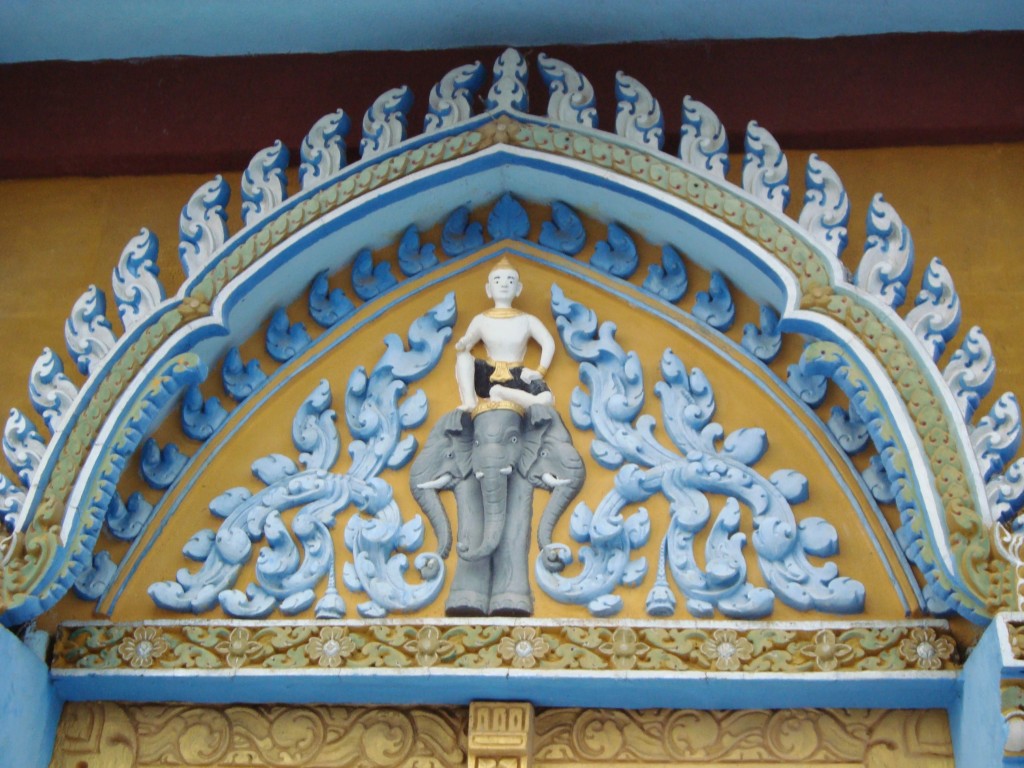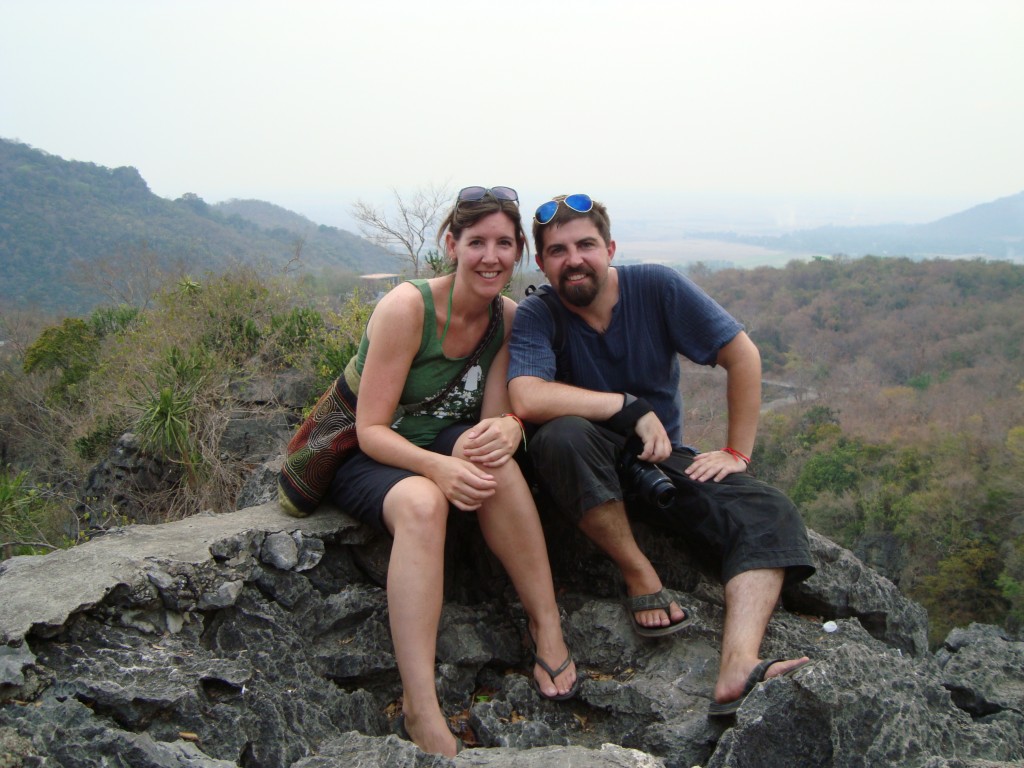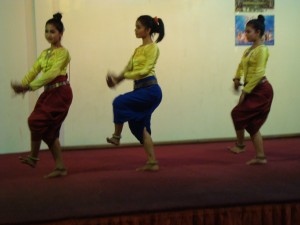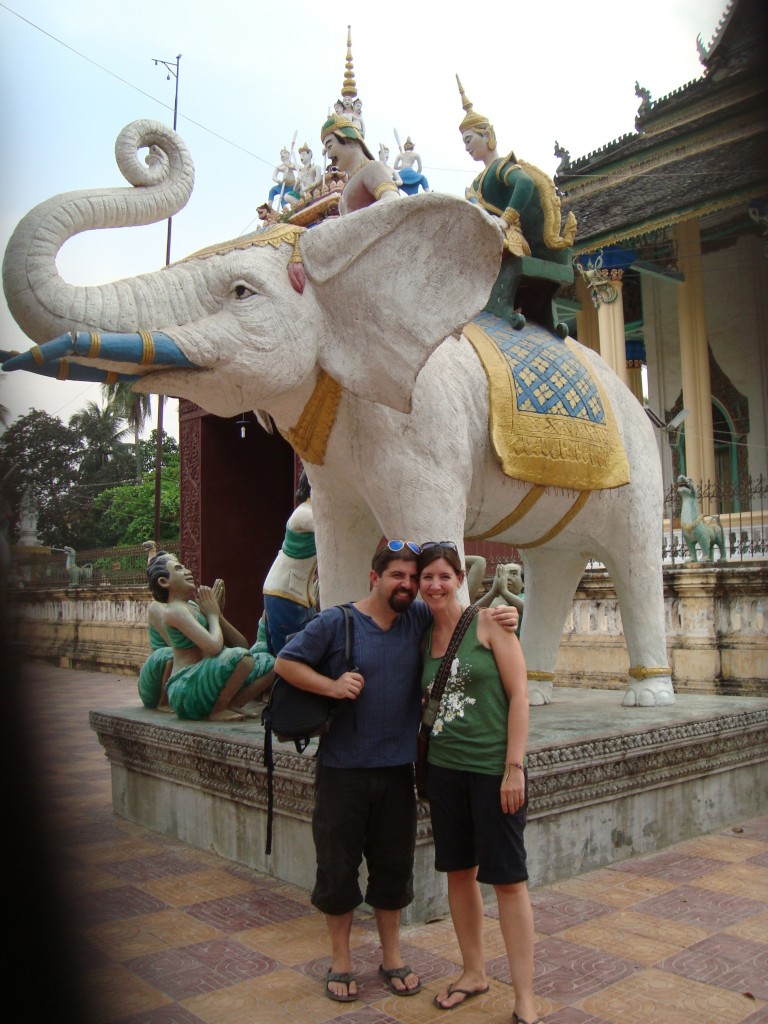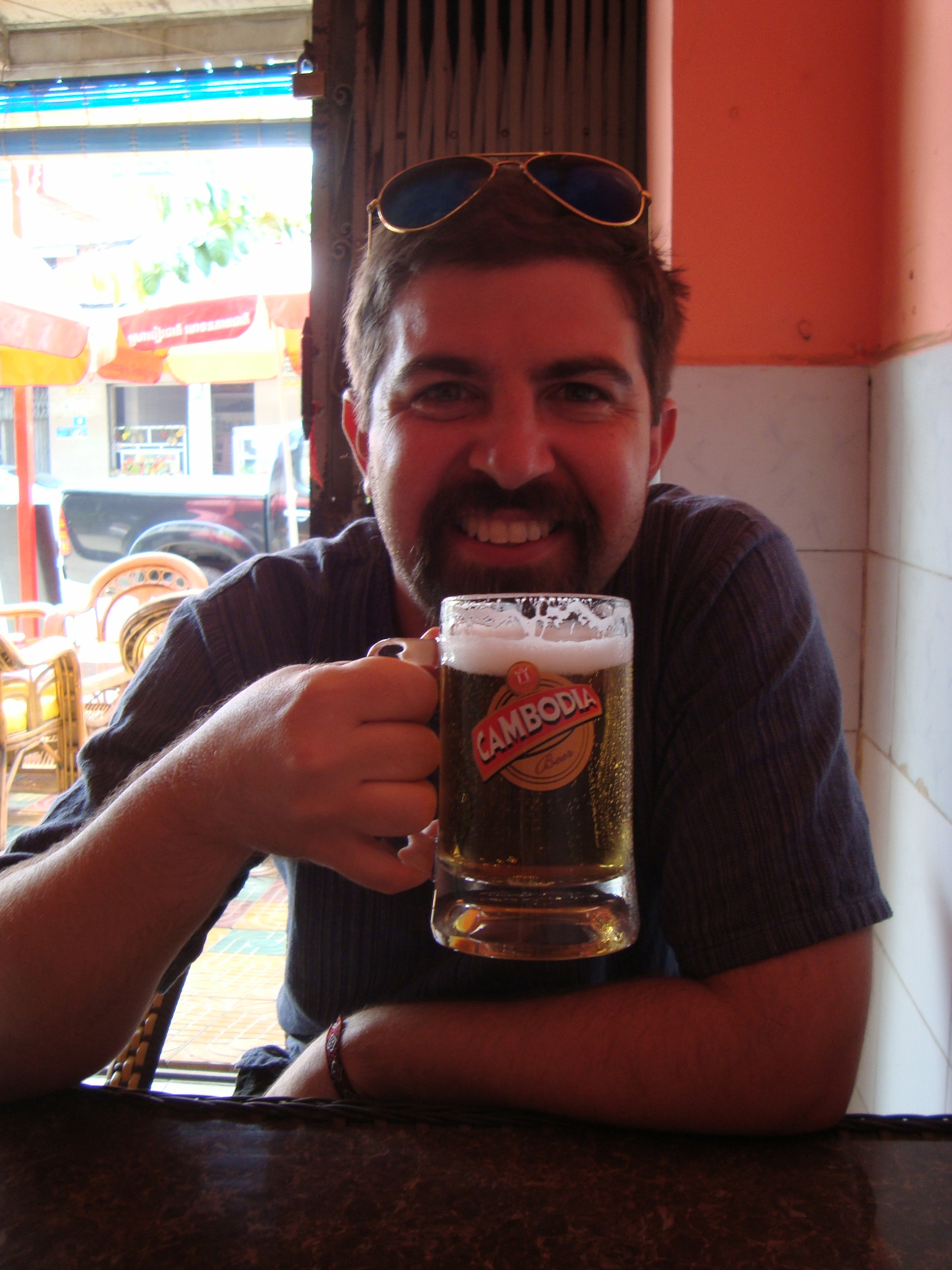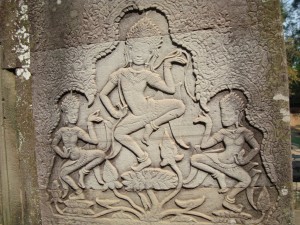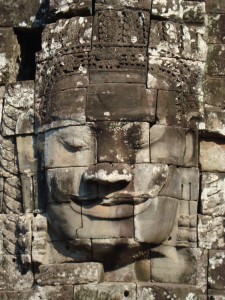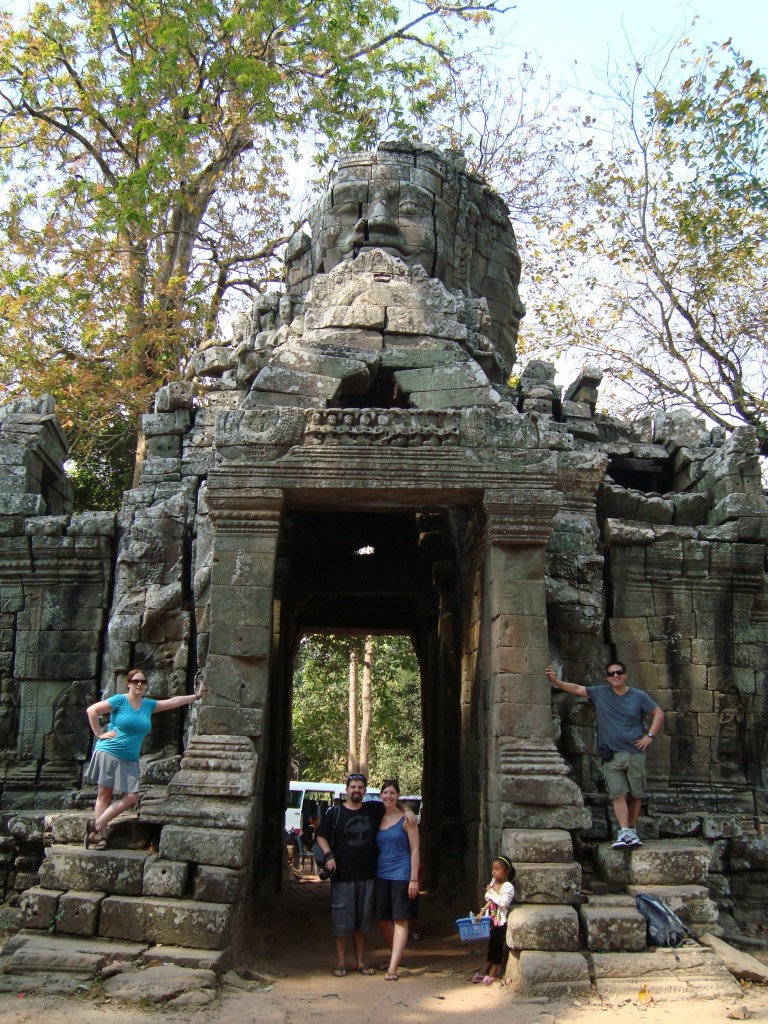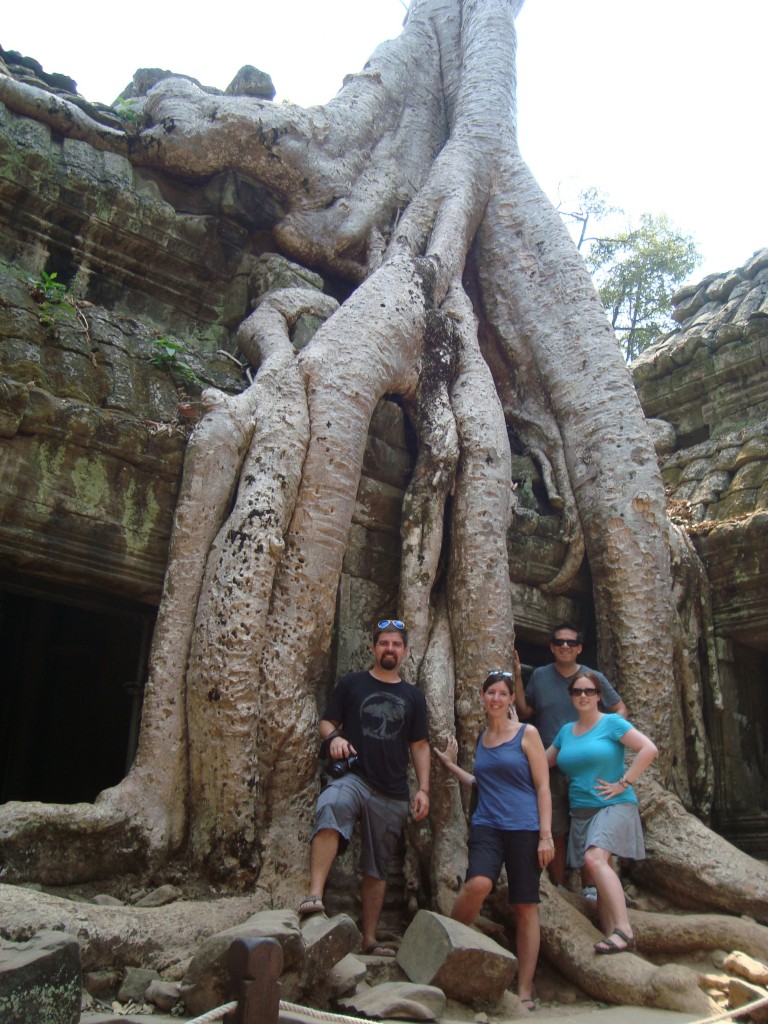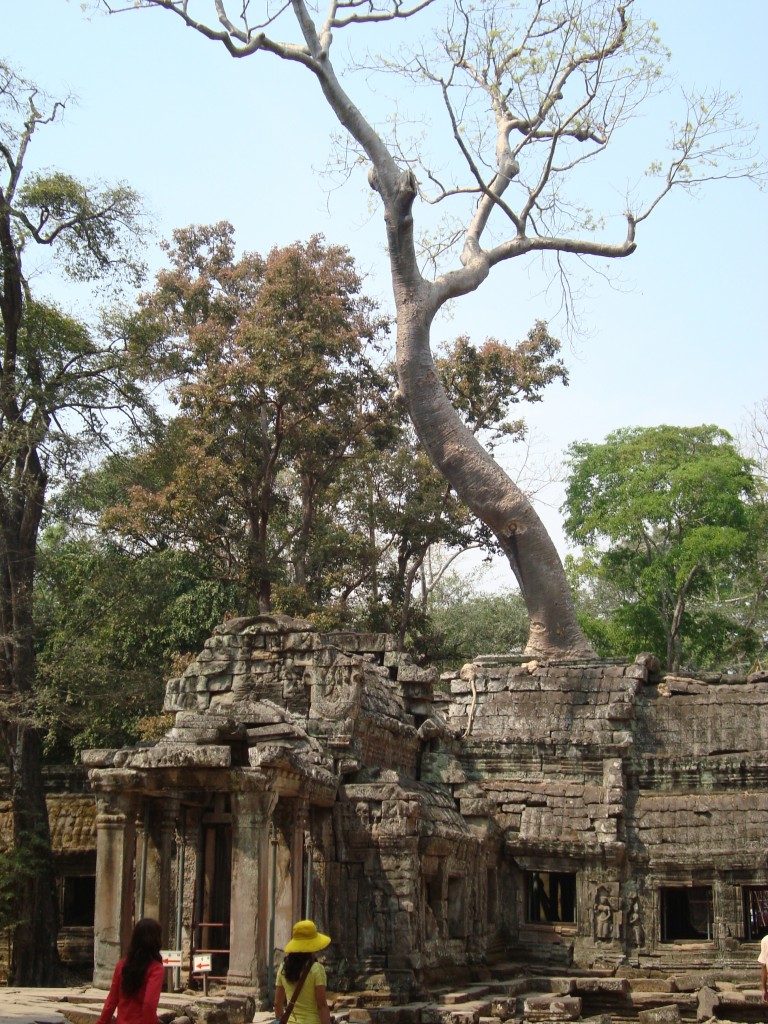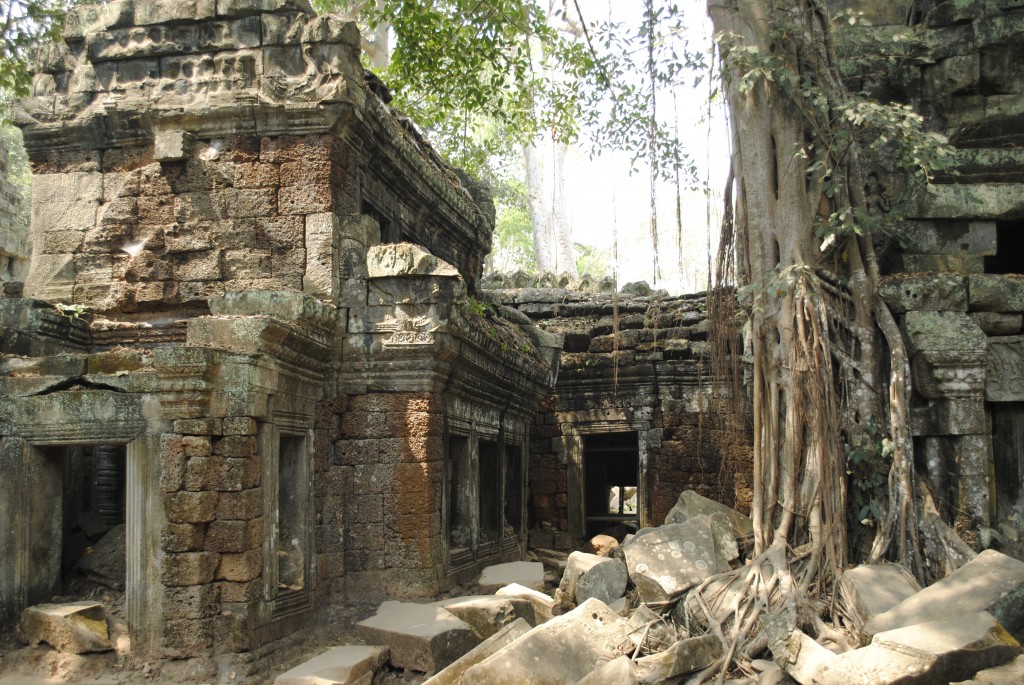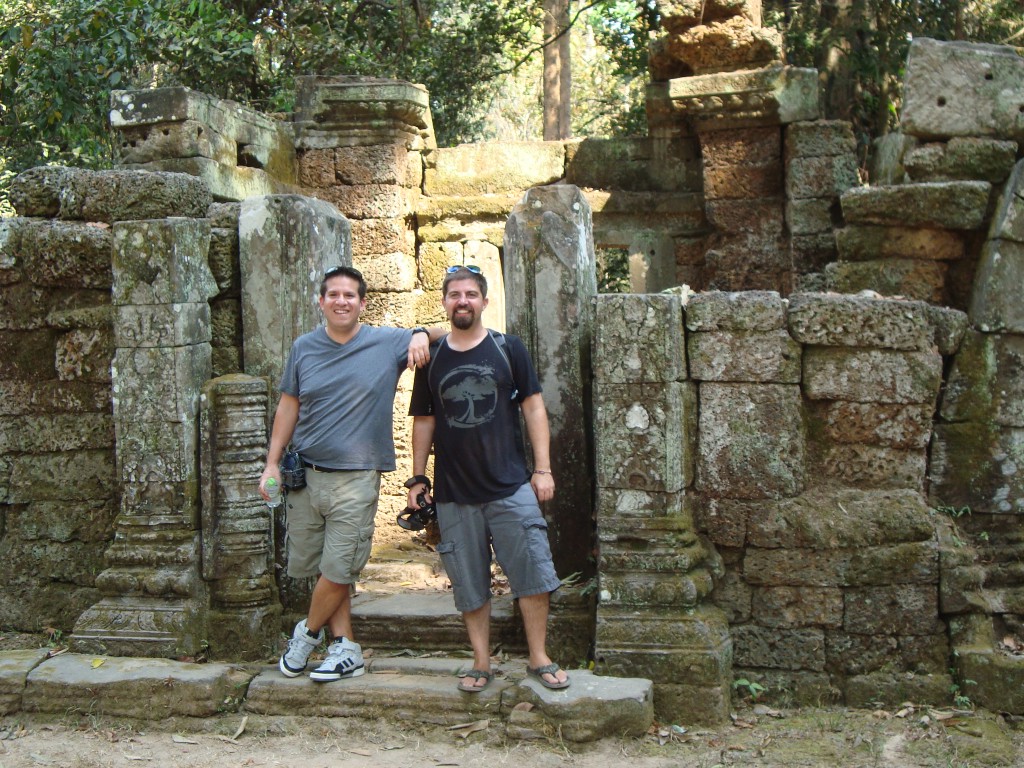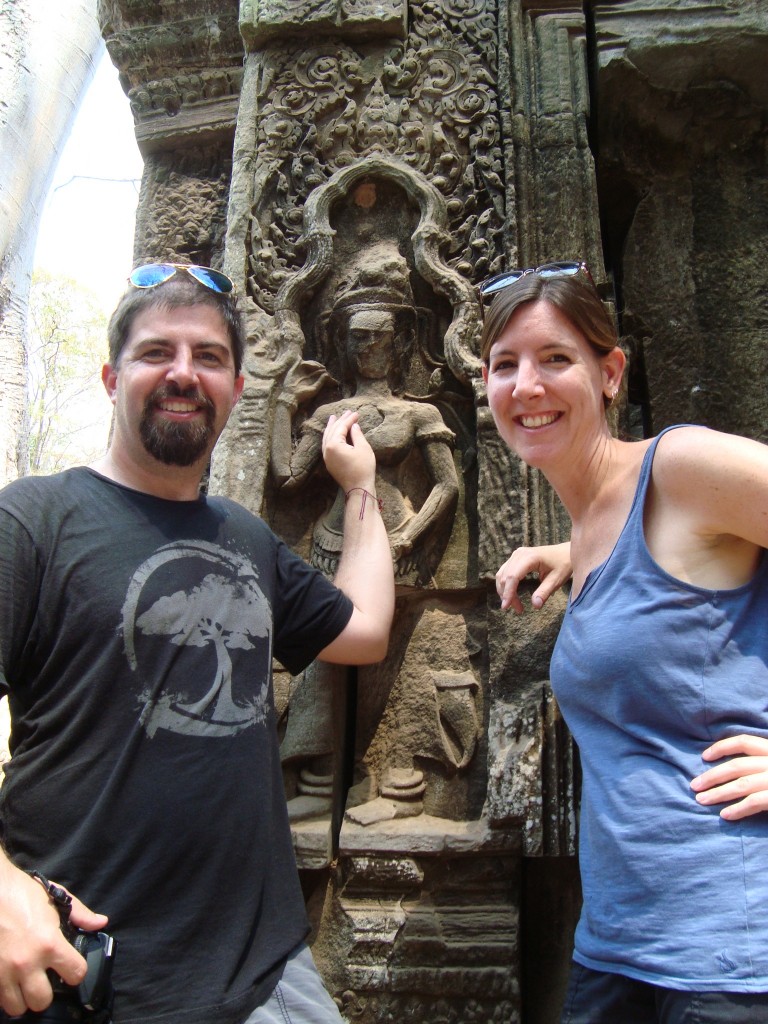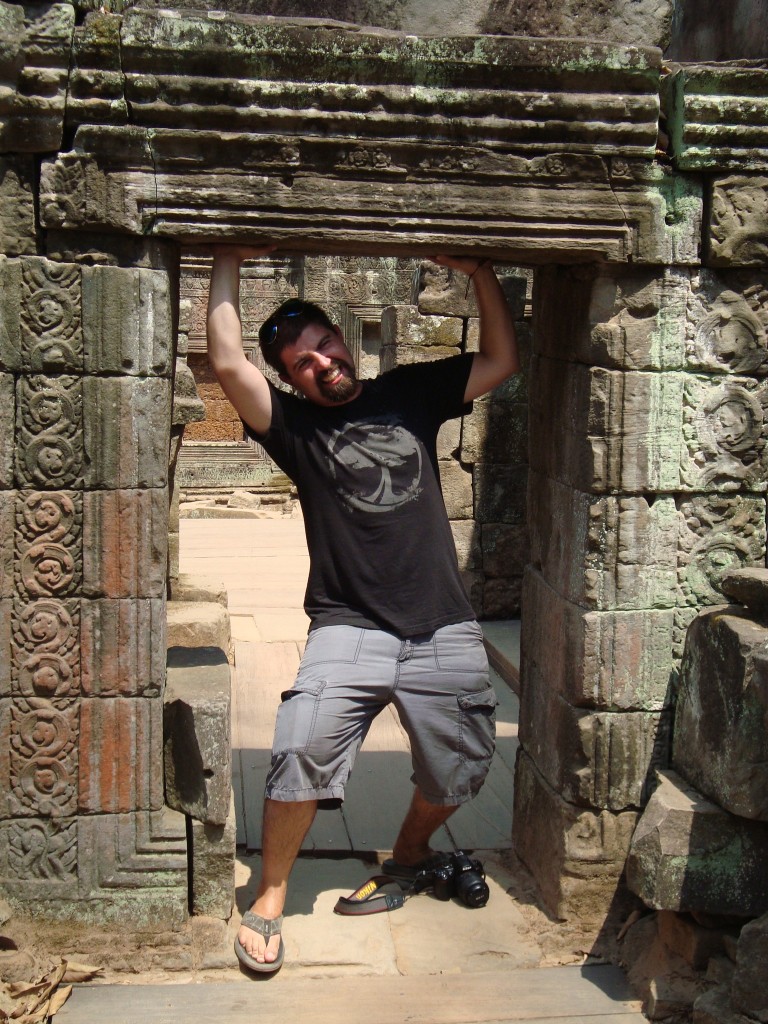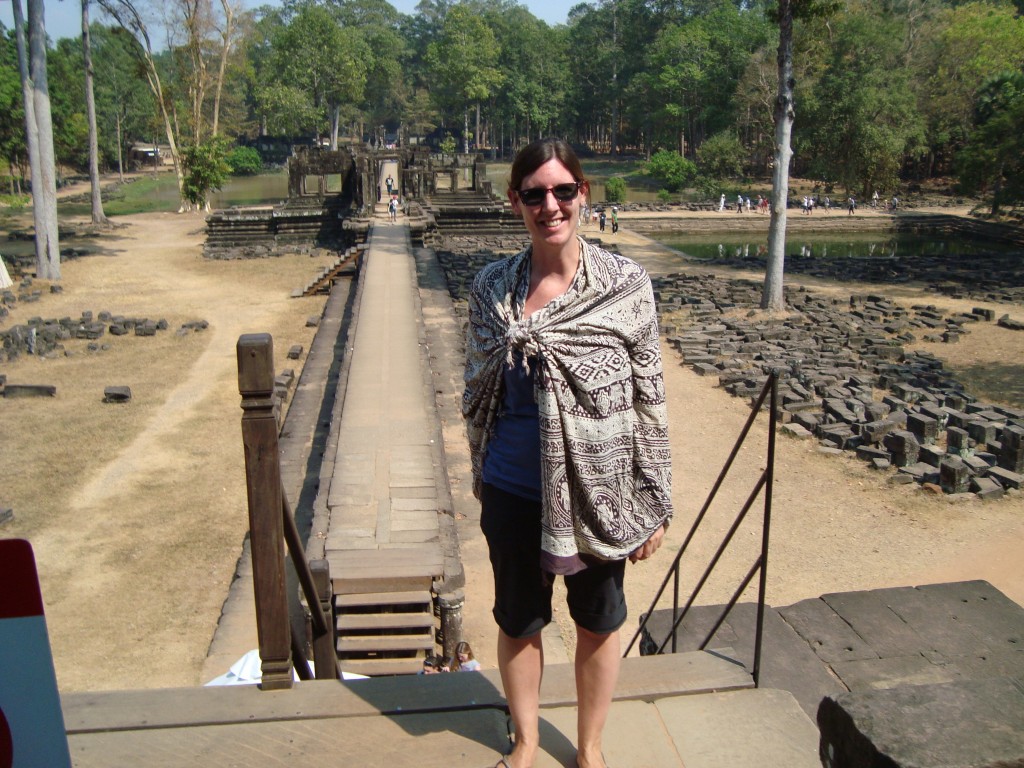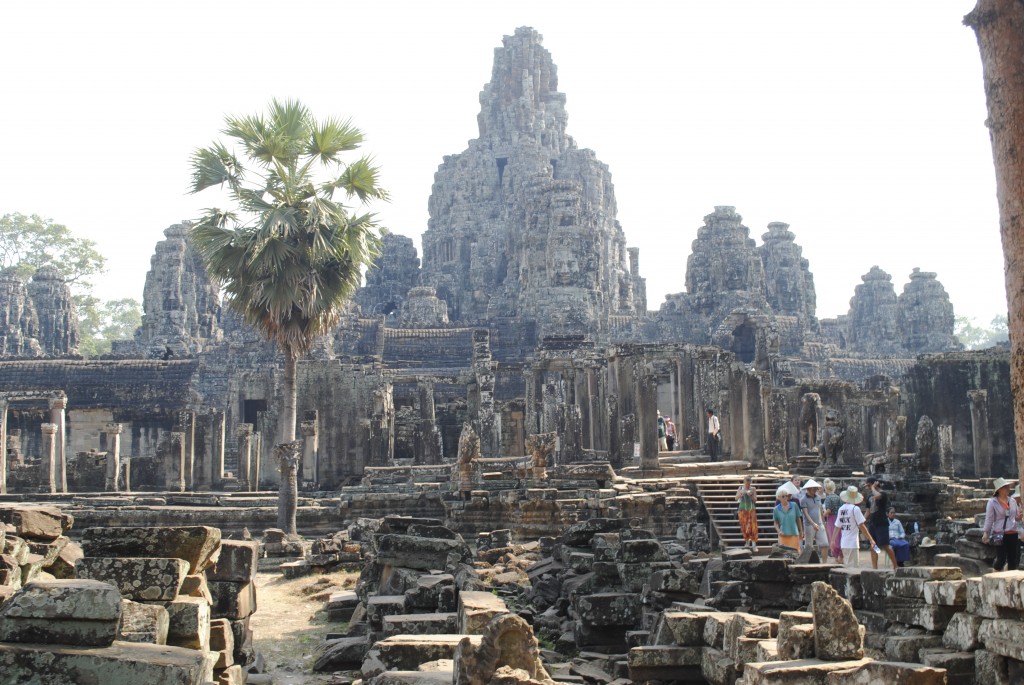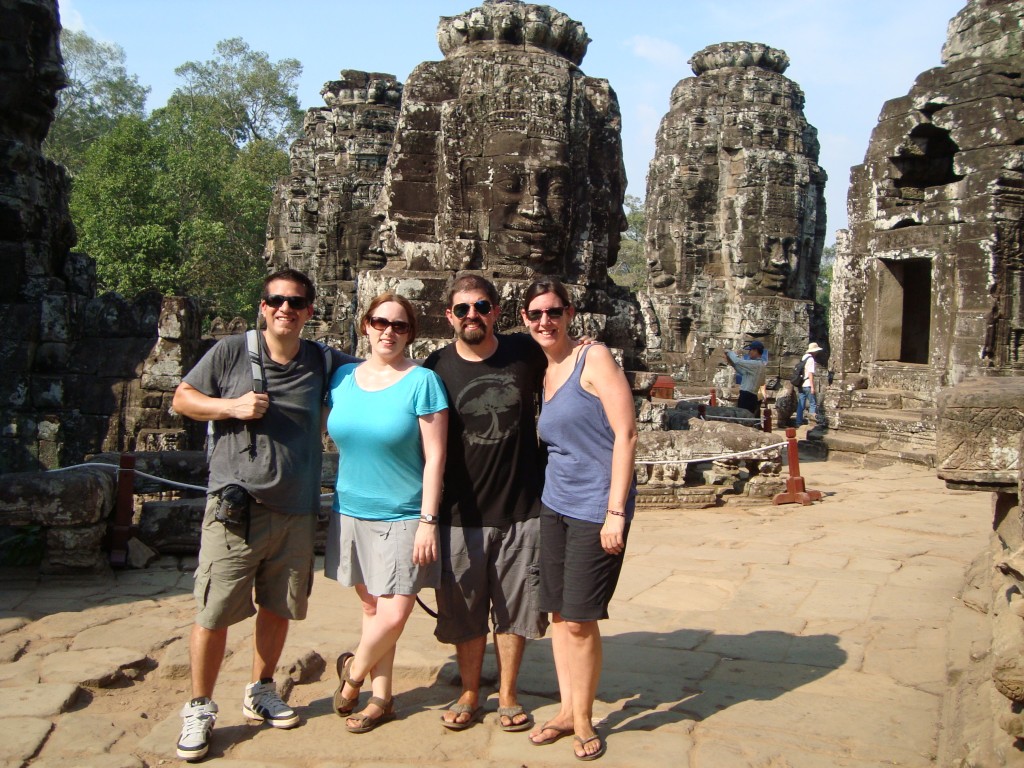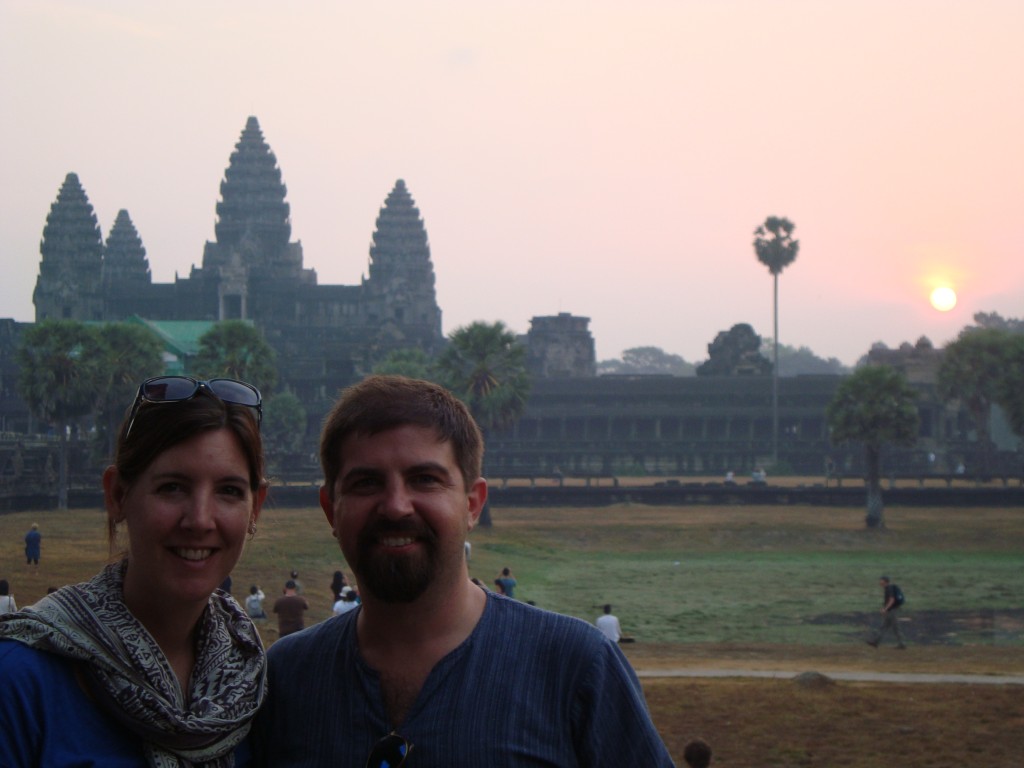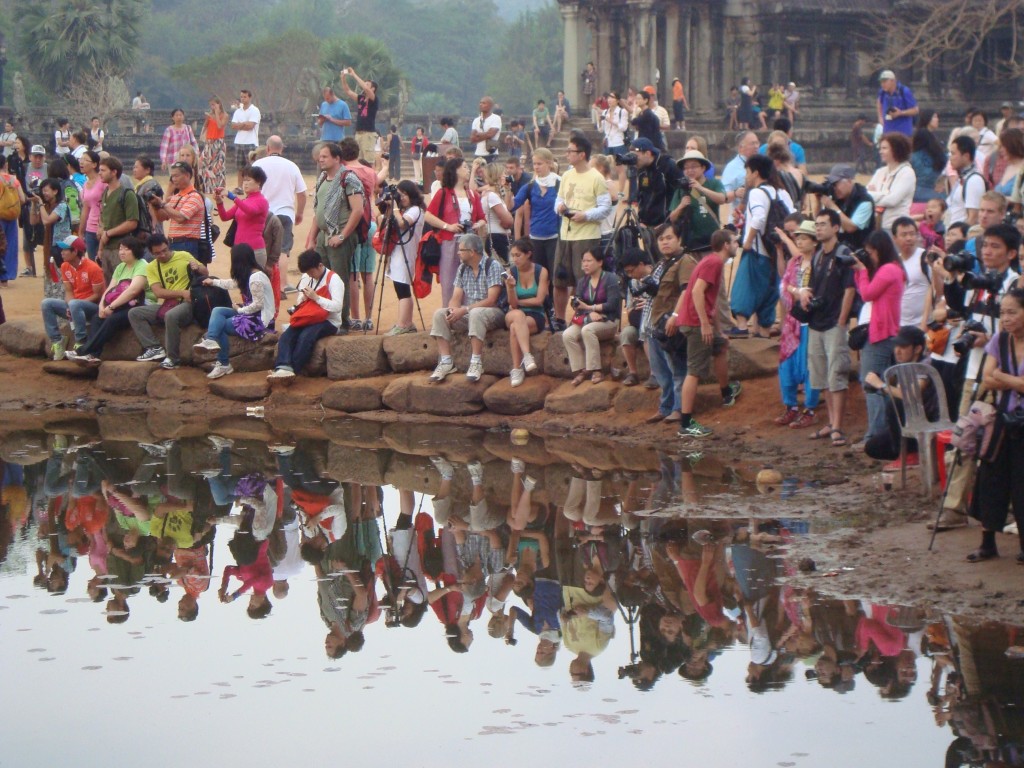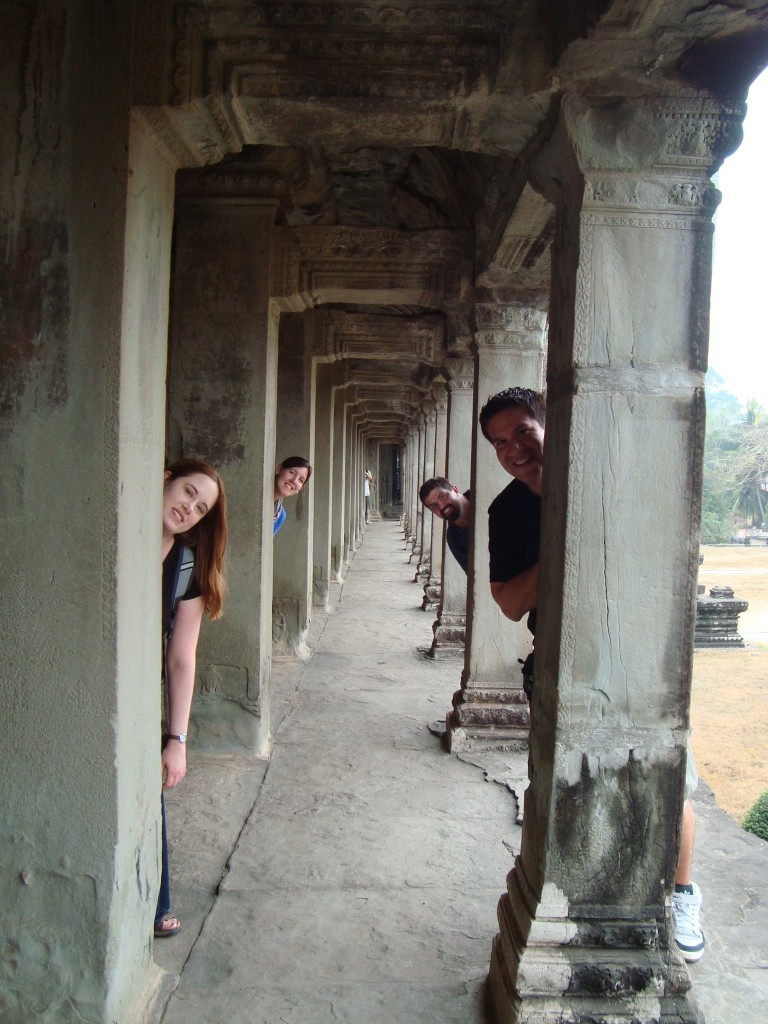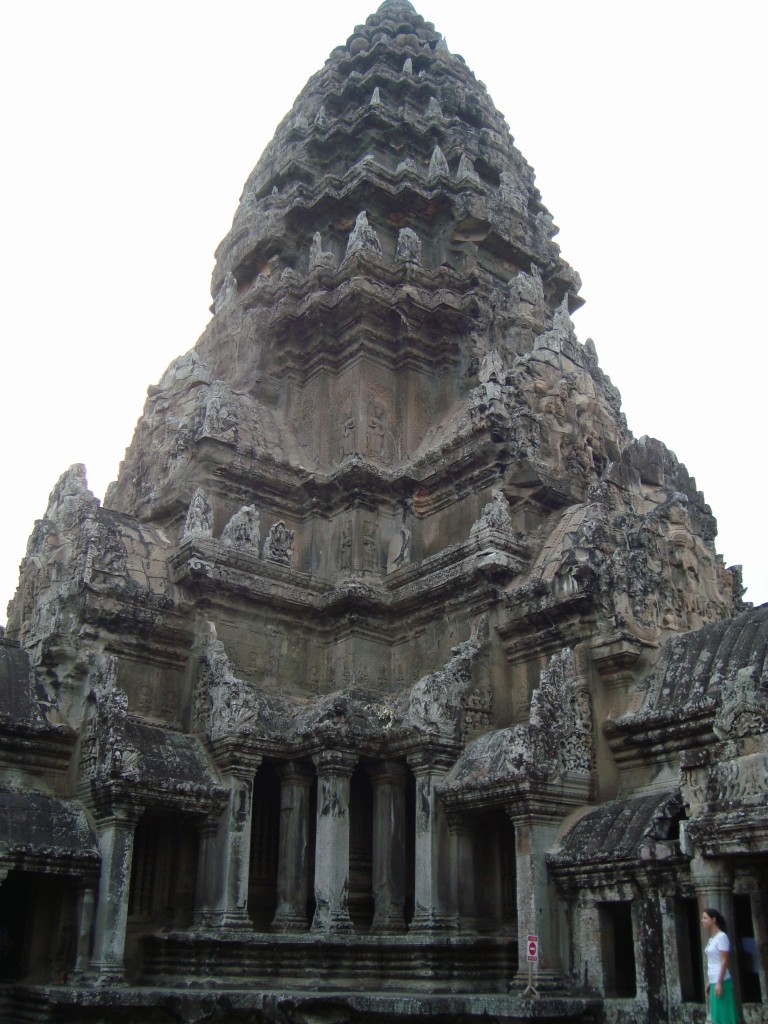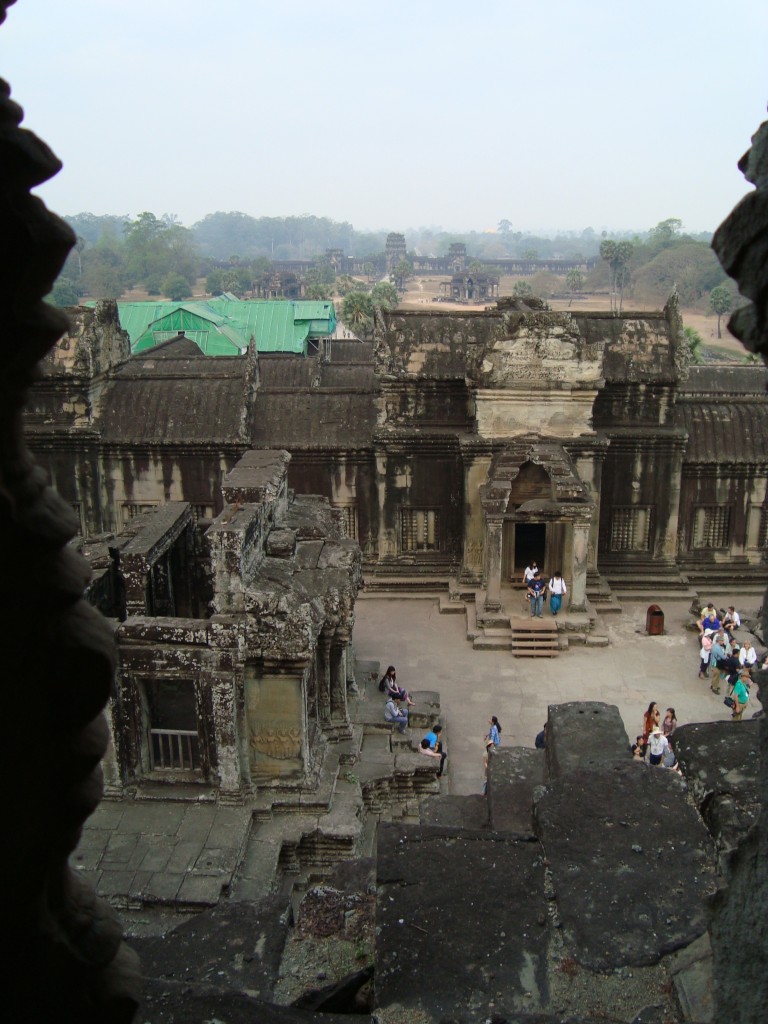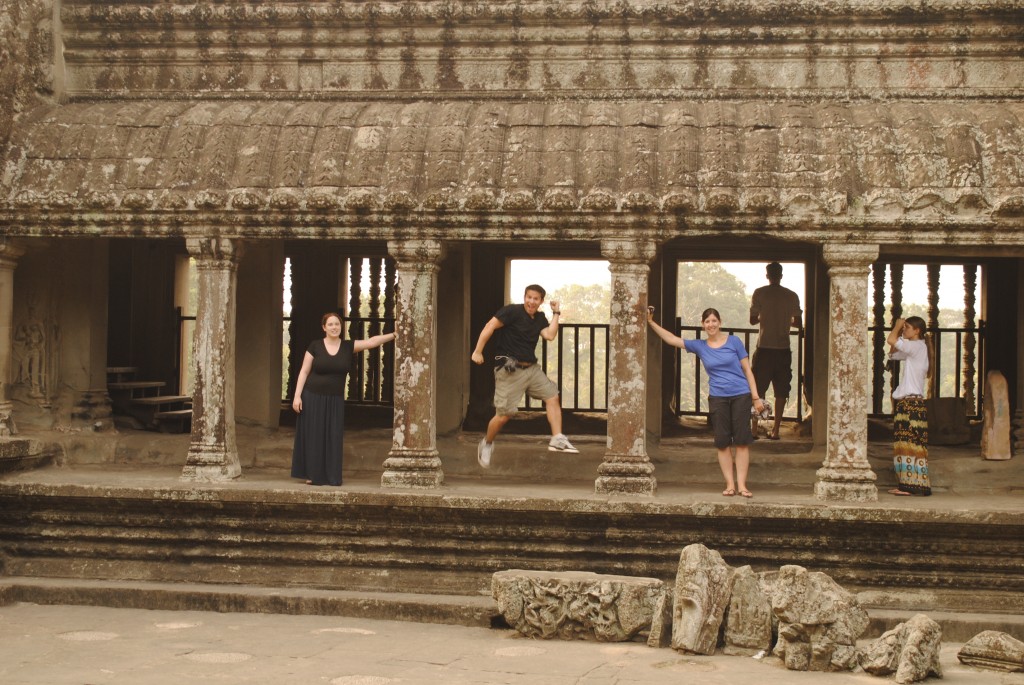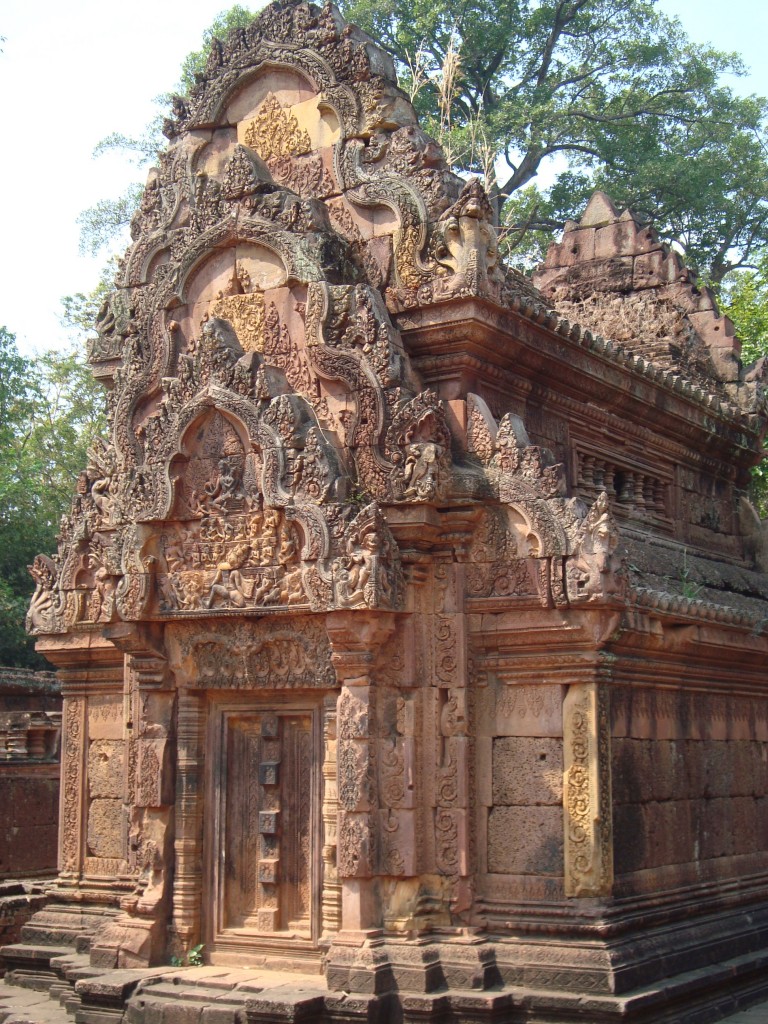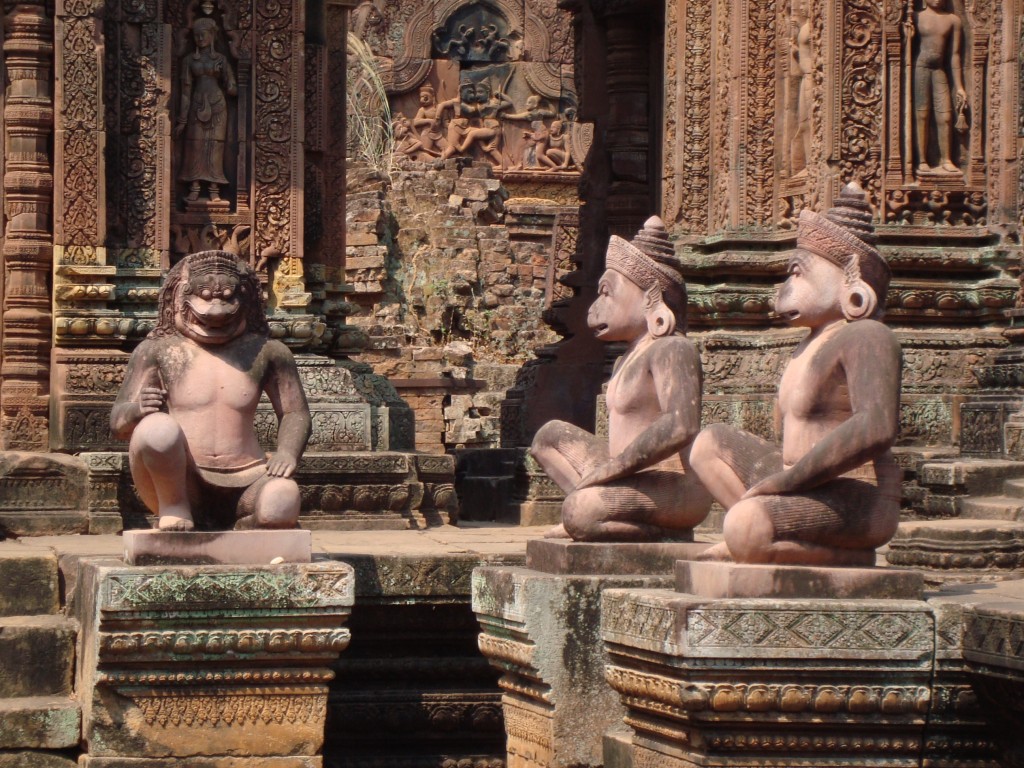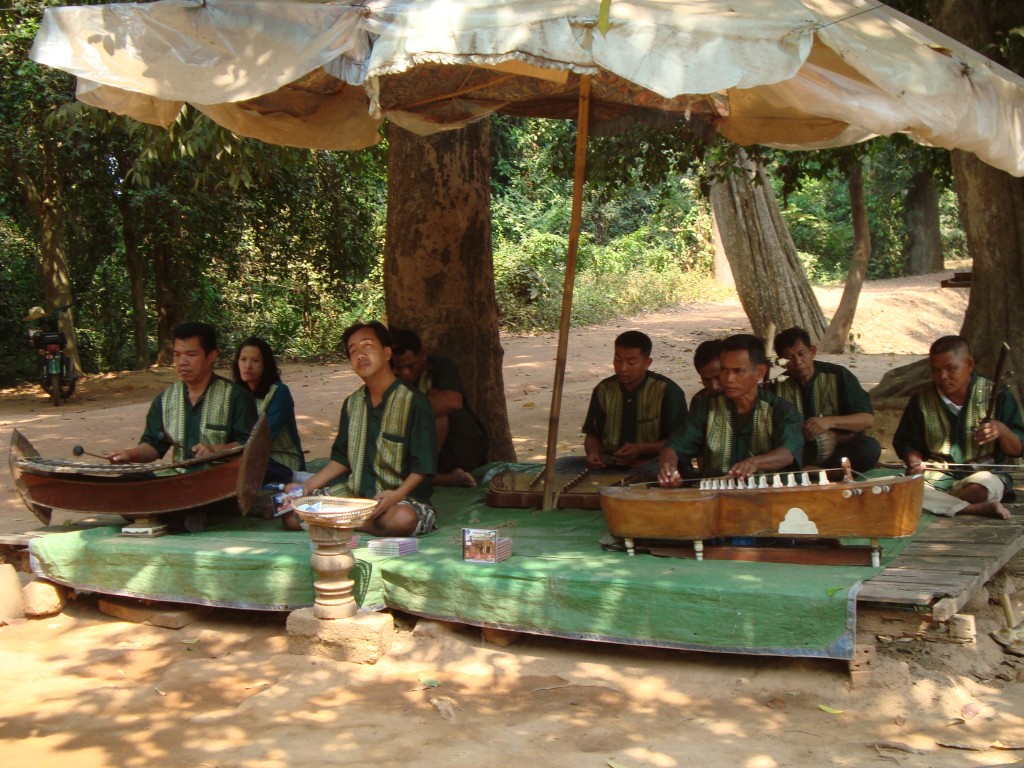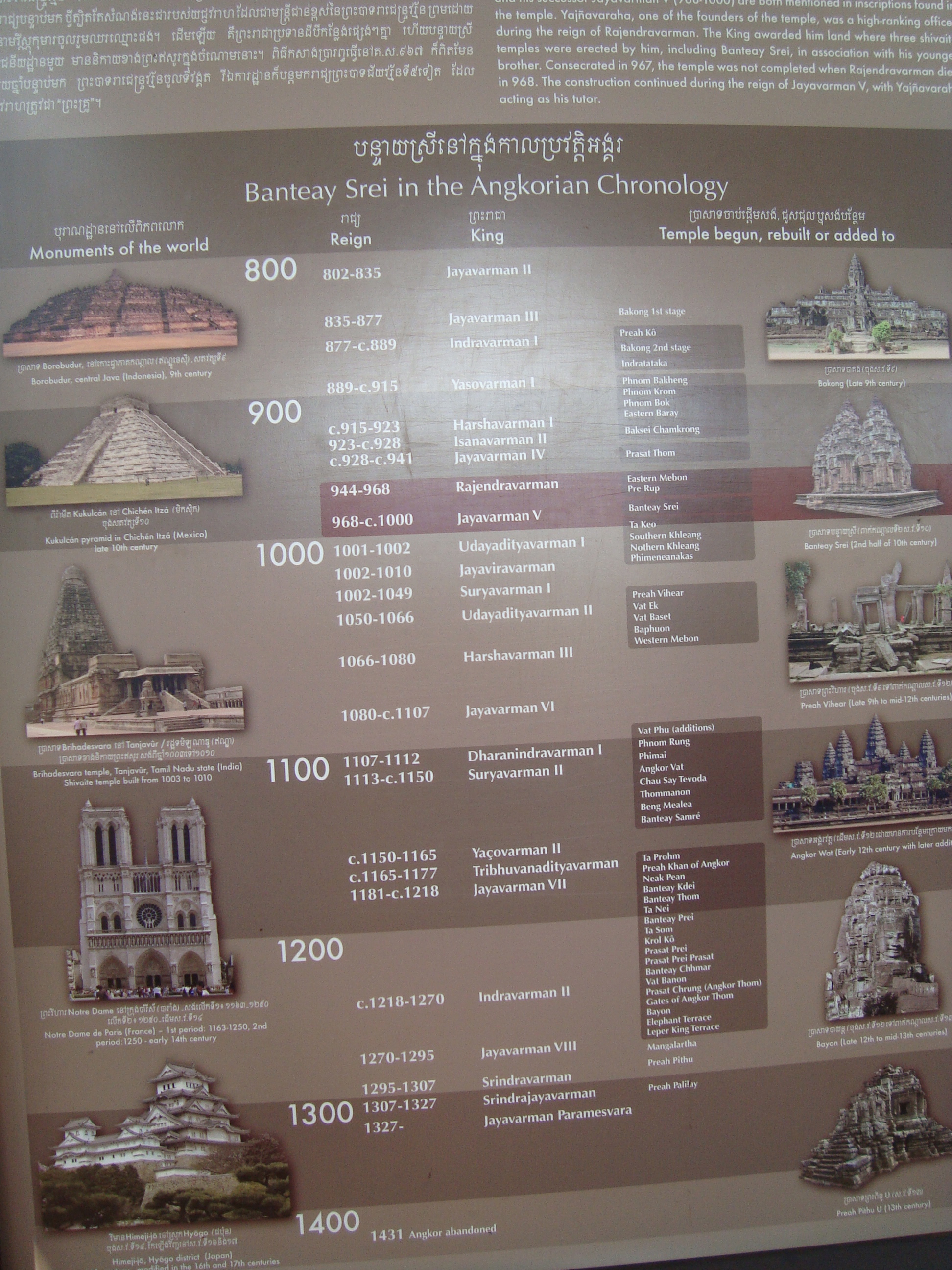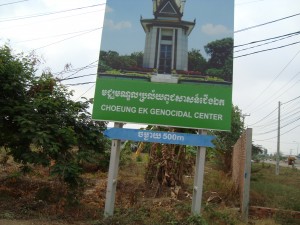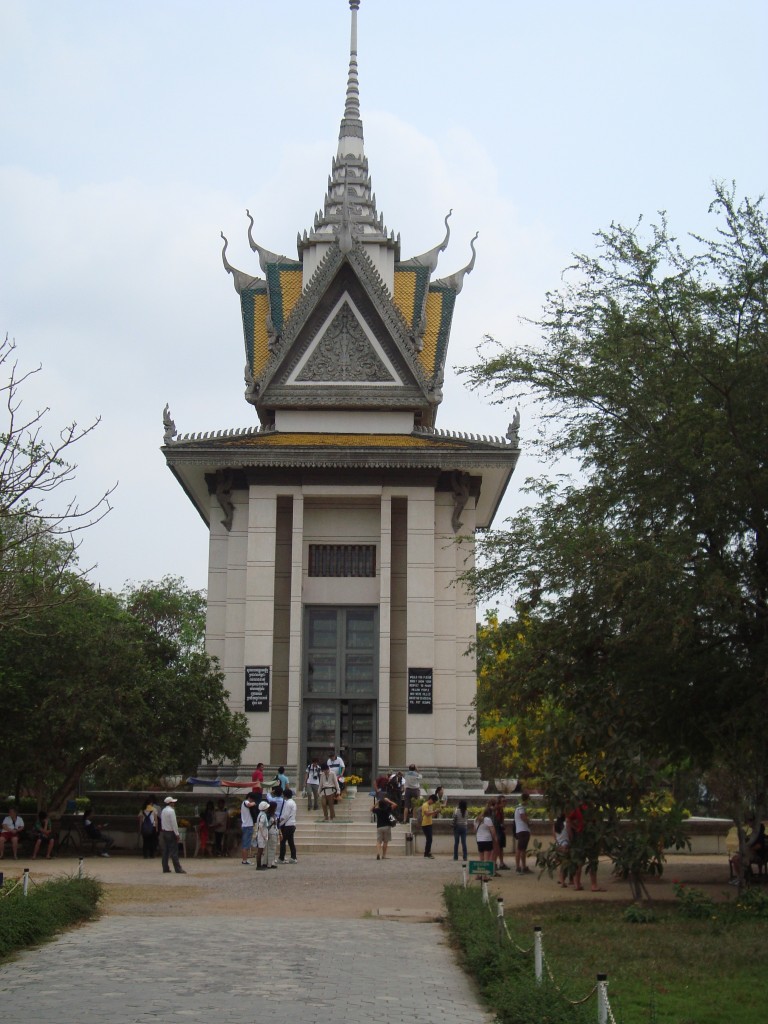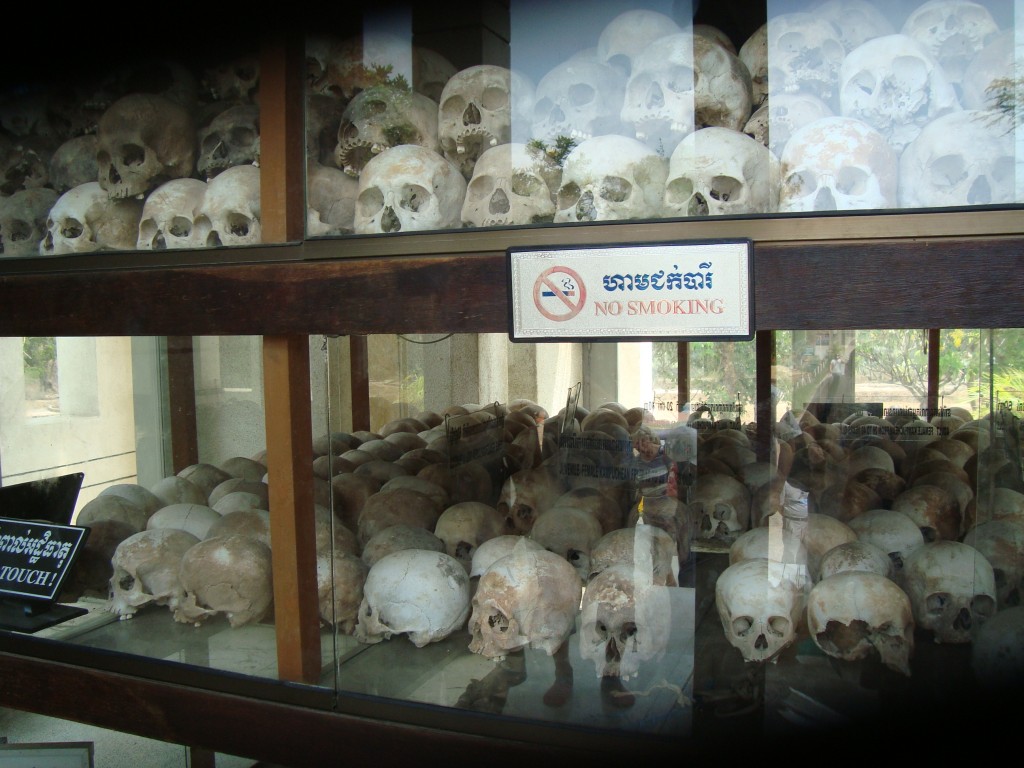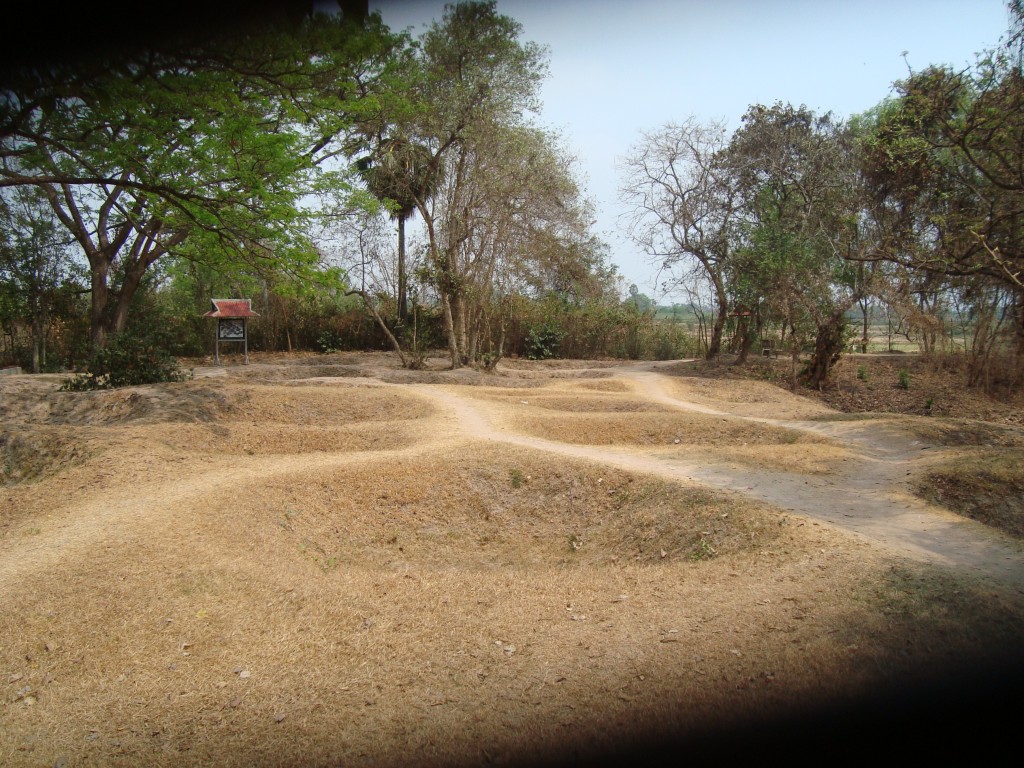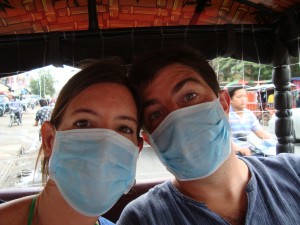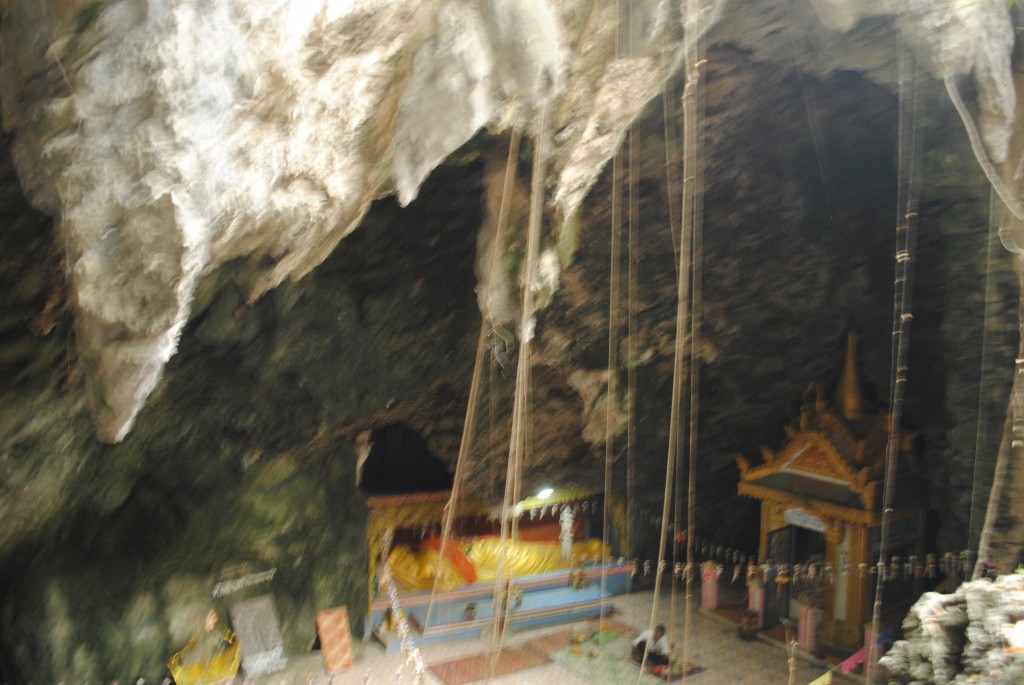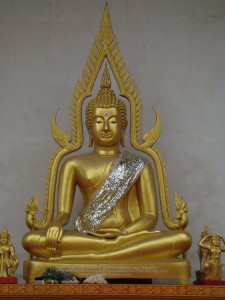 When we began planning our trip to SE Asia, we were thinking of it as an adventure, a fun-filled excursion during which we would see beautiful palm tree-lined beaches, turquoise water, centuries old temples, and colorful markets. Once we got into the mental zone of travel and the routine of backpacking, we got to see all of these things and more, most of which we’ve shared on the blog. What I hadn’t planned on were the psychological hurdles that I had to deal with in order to get into that mental zone, relax, and be in the moment of the trip.
When we began planning our trip to SE Asia, we were thinking of it as an adventure, a fun-filled excursion during which we would see beautiful palm tree-lined beaches, turquoise water, centuries old temples, and colorful markets. Once we got into the mental zone of travel and the routine of backpacking, we got to see all of these things and more, most of which we’ve shared on the blog. What I hadn’t planned on were the psychological hurdles that I had to deal with in order to get into that mental zone, relax, and be in the moment of the trip.
Trying to summarize what I learned from the trip, it turns out that these ‘lessons’ were things I already knew. But taking some time off gave me the mental space to remember them. The trip was all the adventure we were hoping for — and in many ways we never expected. It also gave me the opportunity to learn more about myself and rediscover some important advice for being happy. The experiences we had will always be with us, but over time I think it will be easy to lose sight of the lessons. Here is a reminder for my future self.
- #1: Wherever You Go, You Bring Your Bullshit With You (a John Ryan twist on the popular Buddhist saying ‘Wherever You Go, There You Are’)
Anyway, I probably could fill a book with all of the thinking this has gotten me doing about my relationship to stress. The point is that I very highly recommend taking the time off to go on a long trip. It is the adventure of a lifetime and a great way to step away from daily stressors and contemplate your life. But if you go, just be prepared to spend some quality time with yourself (and your bullshit).
- #2: Curb Your Expectations
One of the ways I brought my ‘issues’ with me on the trip was by setting some pretty high expectations. Of course I understand, at least on an intellectual level, how much my enjoyment of any situation is related to balancing my goals and expectations for it with how I react to what actually happens. Sadly, knowing this hasn’t kept me from getting caught in the expectations trap over and over again, and the trip was no exception. Early on, I found myself dealing with some disappointment.
For the first few weeks, everything seemed really hard, and all the planning we had to do was quite overwhelming, and I didn’t feel blissful or stress-free at all. I was also recovering from the exhaustion I felt after all that was involved in wrapping things up before we left on the trip. With some help from my wise and patient travel partner, I quickly realized that I was overloading myself with expectations. Of course I didn’t feel blissful in the first few weeks of a very long trip through several foreign countries! I needed to just relax and let things unfold. It was only after I let go of a lot of ideas I had in my head for how the trip would feel to me, how I would feel in any number of circumstances, or how it would compare to other people’s trips, etc, did I truly start to be in the moment of the trip and enjoy each day for whatever it brought. So it is a little embarrassing to admit that I struggled so much with this, but I really did. And, as the Buddhists have been telling us for centuries, this stuff about expectations really applies to everything in life.- #3: While in Transit, Mind Your Tongue (as the Cambodians might say)
In SE Asia more than anywhere else I’ve been, there were unexpected curves, bumps, dips, and jolts around every corner. I had to keep reminding myself to stay alert while in transit and make sure I didn’t get caught with my mouth hanging open while I was staring in awe at some spectacular temple or vista in the distance! And, this went for watching our hands and feet, too, as we learned early on in one of our many back-of-a-pick-up-truck rides that there are many ways to smash an appendage.
- #4: Live More Simply
I have not written much about the incredible economic disparities between us and most SE Asians, but they were obvious on our trip. We met so many hardworking people who didn’t have enough money to leave their towns to visit the natural beauty in their own country, much less stop working for a few months and fly around the world. It was humbling and eye-opening, just like it is every time I have visited a developing country. Taking this trip really magnified a lot of issues related to consumption, pollution, poverty, development. And there is so much to be said and done about all of these things. But to be brief, I want to remind myself to appreciate what I have, to consume less, and most importantly, value the intangible things that money cannot buy.
- #5: Stop and Smell the Roses
This is another really obvious one. But I had forgotten it somewhere along the way and going on this trip was a great reminder. Like most people, I’m on the lookout for beautiful and interesting scenes when I travel. And sure enough, I really noticed so many more things on the road than I did when I was just going about my life at home. I love that traveling in a foreign place forces me to slow down and take in everything around me. And when I start doing that, I realize how much beauty there is.
But what dawned on me upon coming home is that slowing down and appreciating things is a frame of mind, and one I shouldn’t reserve for when I’m traveling. I only fully grasped this while we were back home and taking a road trip from New York to Kentucky. I couldn’t get over how beautiful every place we visited was to me. At first, it was strange that I was noticing this. I even chuckled to myself that I could only find a view of the West Virginia mountains from the window of an interstate motel to be breathtaking because I was still in ‘travel mode.’ As soon as I had that thought, and realized the result of that way of thinking, this lesson hit me like a ton of bricks.I’m really hoping that this new awareness, or perspective, doesn’t fade too much over time. And maybe it is inevitable that it will when the hustle and bustle of life gets distracting enough. In just two and a half months back, I’ve already been reminded how much easier it is to think about all these things when I’m not working. I hope that when I need a reality check I can remind myself of these lessons by looking back at our pictures and reading this post. And, when the time is right, I’ll start planning to skip town again.

